
Design manga characters by integrating anatomy, proportions, and expressions to create unique and distinctive personalities
Delve into the fascinating world of manga character illustration with a specialization designed to enhance your creative skills. Learn to conceptualize and bring original characters to life, discovering the key anatomy, proportions, and facial expressions that make manga protagonists unique. Develop an authentic style while exploring visual narratives and page structures, essential for telling captivating stories. Experiment with traditional techniques like watercolor to capture emotions and transition to digital coloring, mastering tools and workflows that will enrich your illustrations.
The specialization brings together talented instructors such as Andrea Jen, Akimaro, Carolina Cardona, and Catalina Carlesi, who will guide you step by step in your artistic evolution. From character creation to their integration into visual narratives, you will advance confidently through advanced digital illustration techniques. This journey culminates with the creation of a complete manga project, where you will apply everything you have learned, from conceptual design to final execution. Develop a professional portfolio that reflects your mastery of the manga style, opening doors to new opportunities in the world of art and illustration.
What will you learn in this specialization?
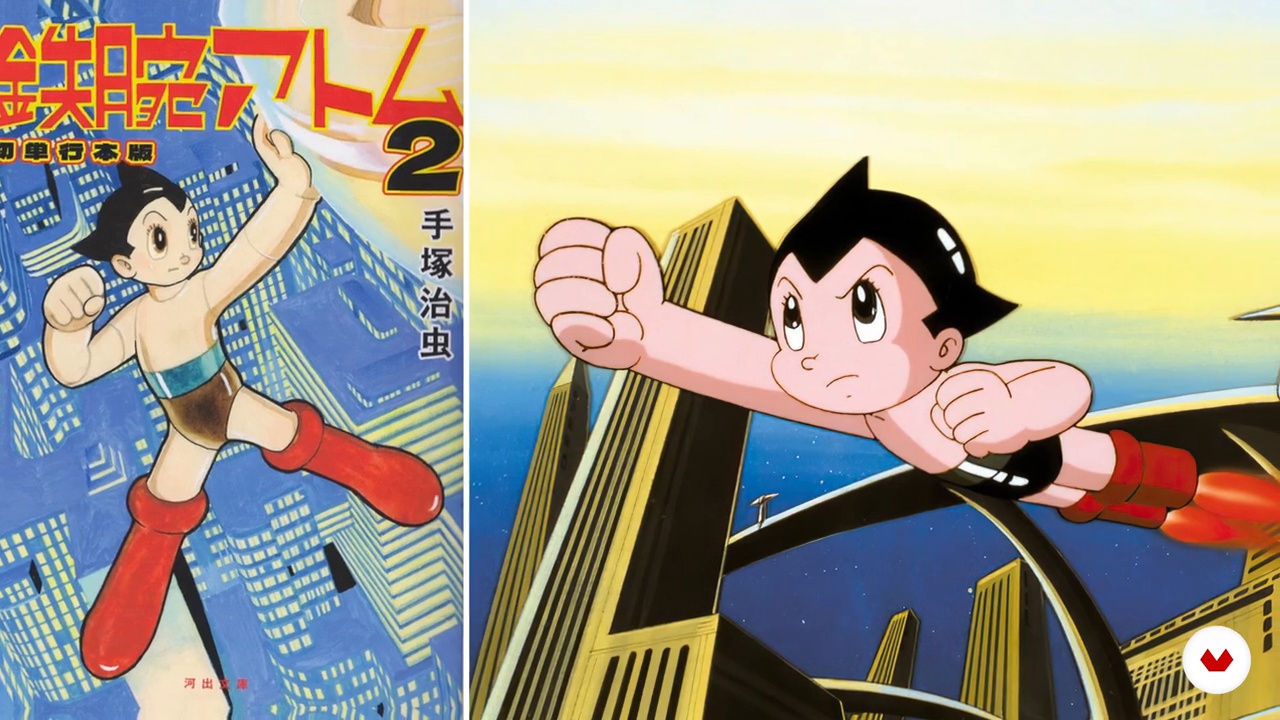

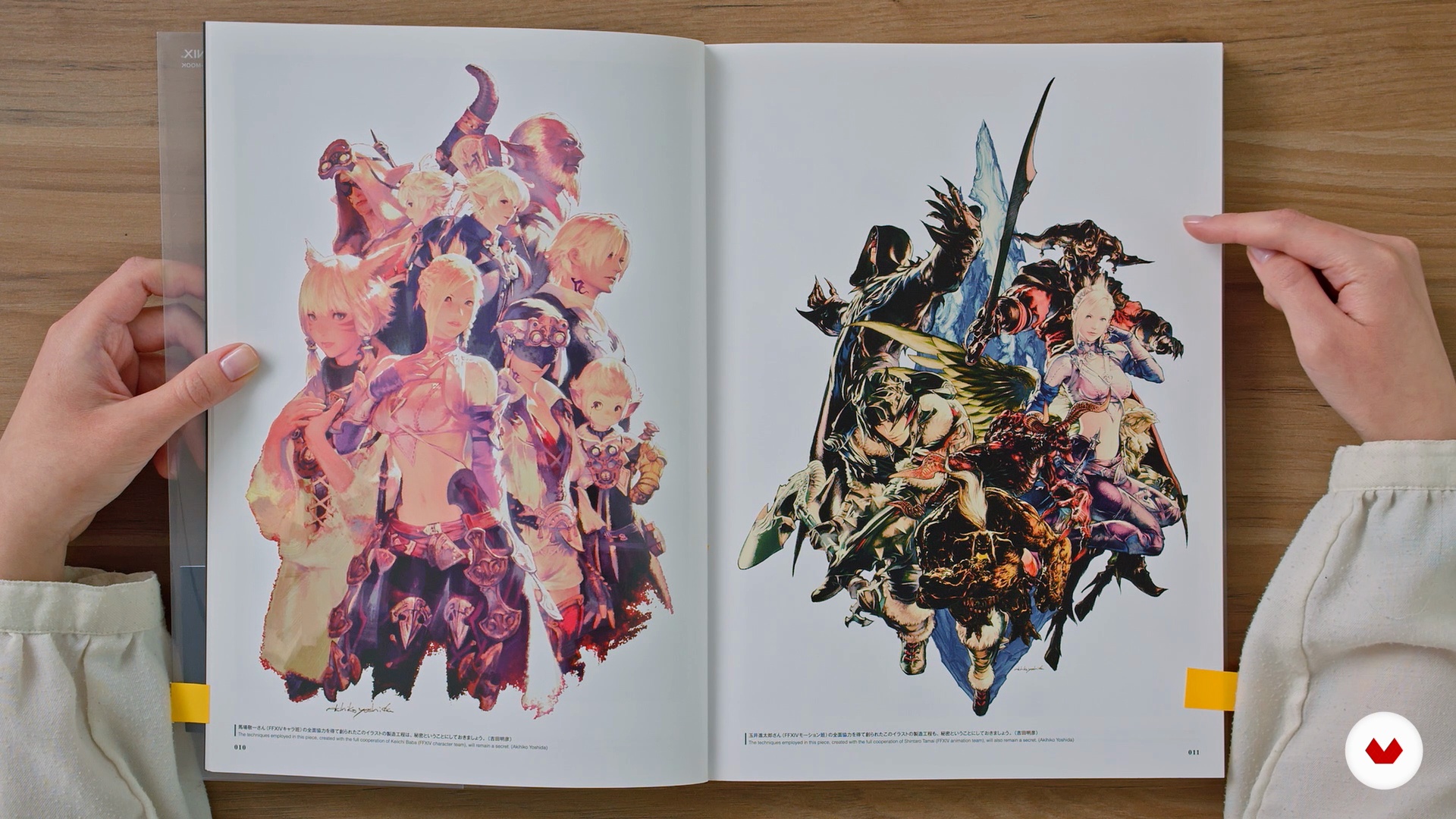
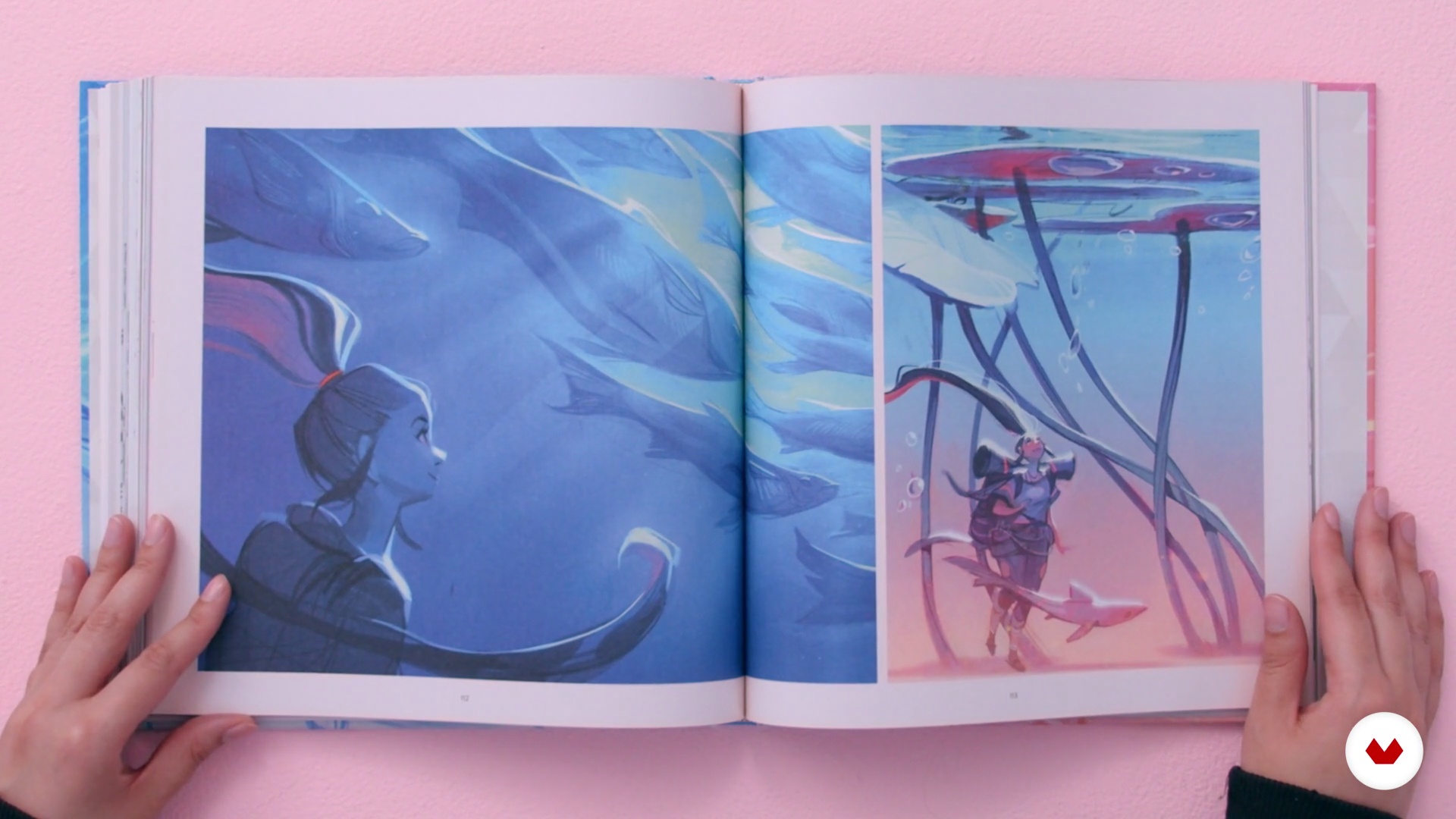
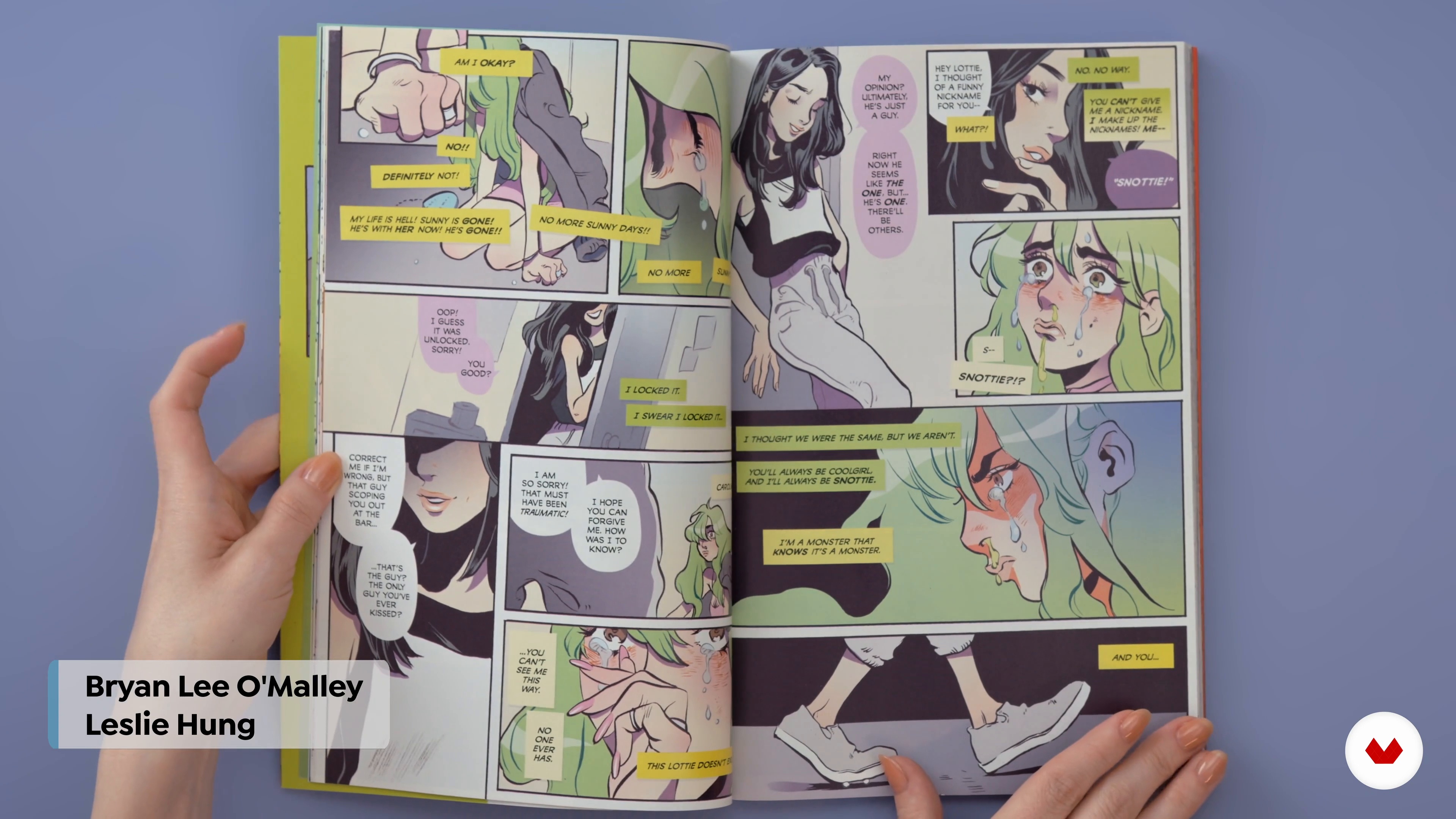
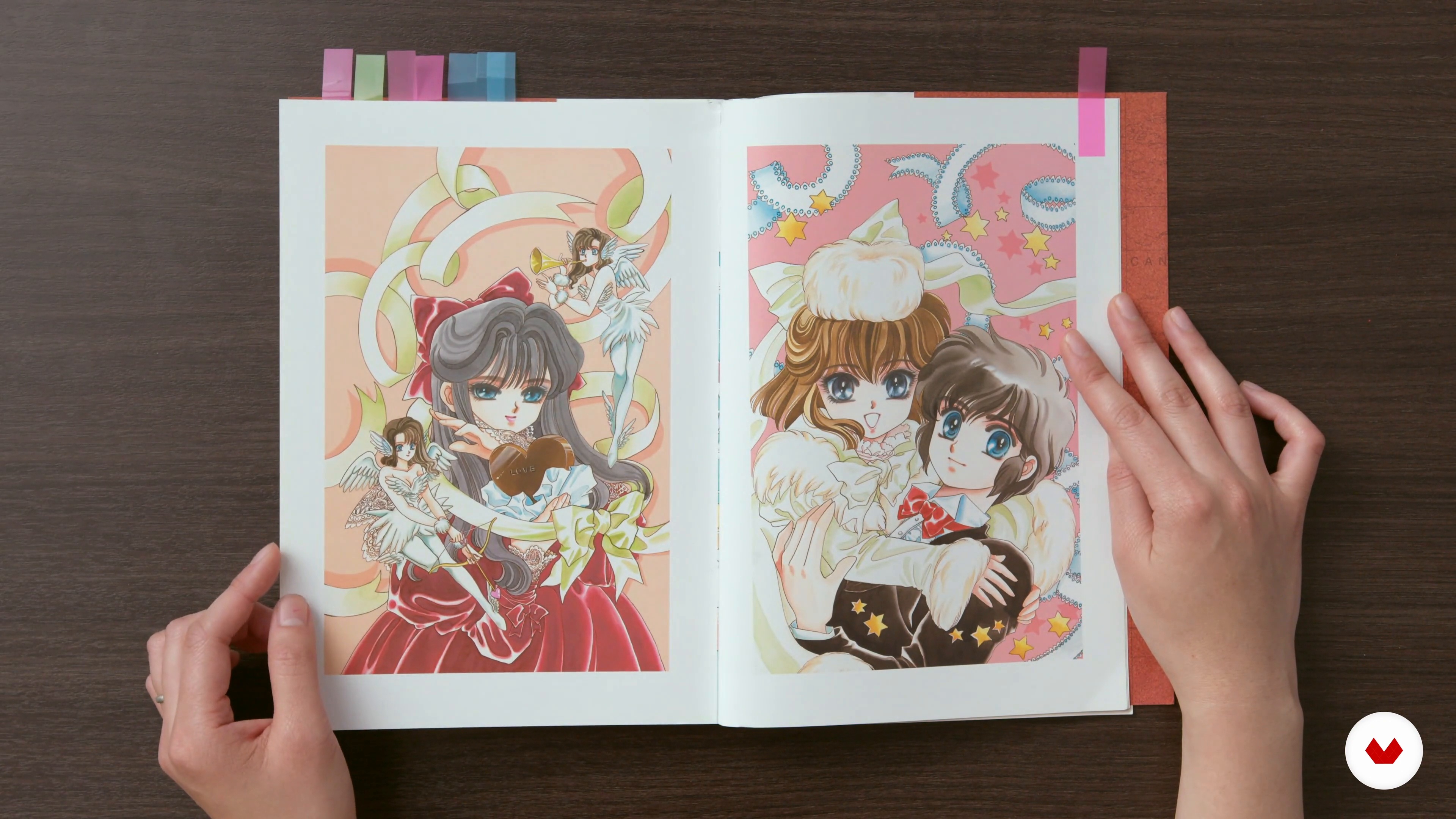
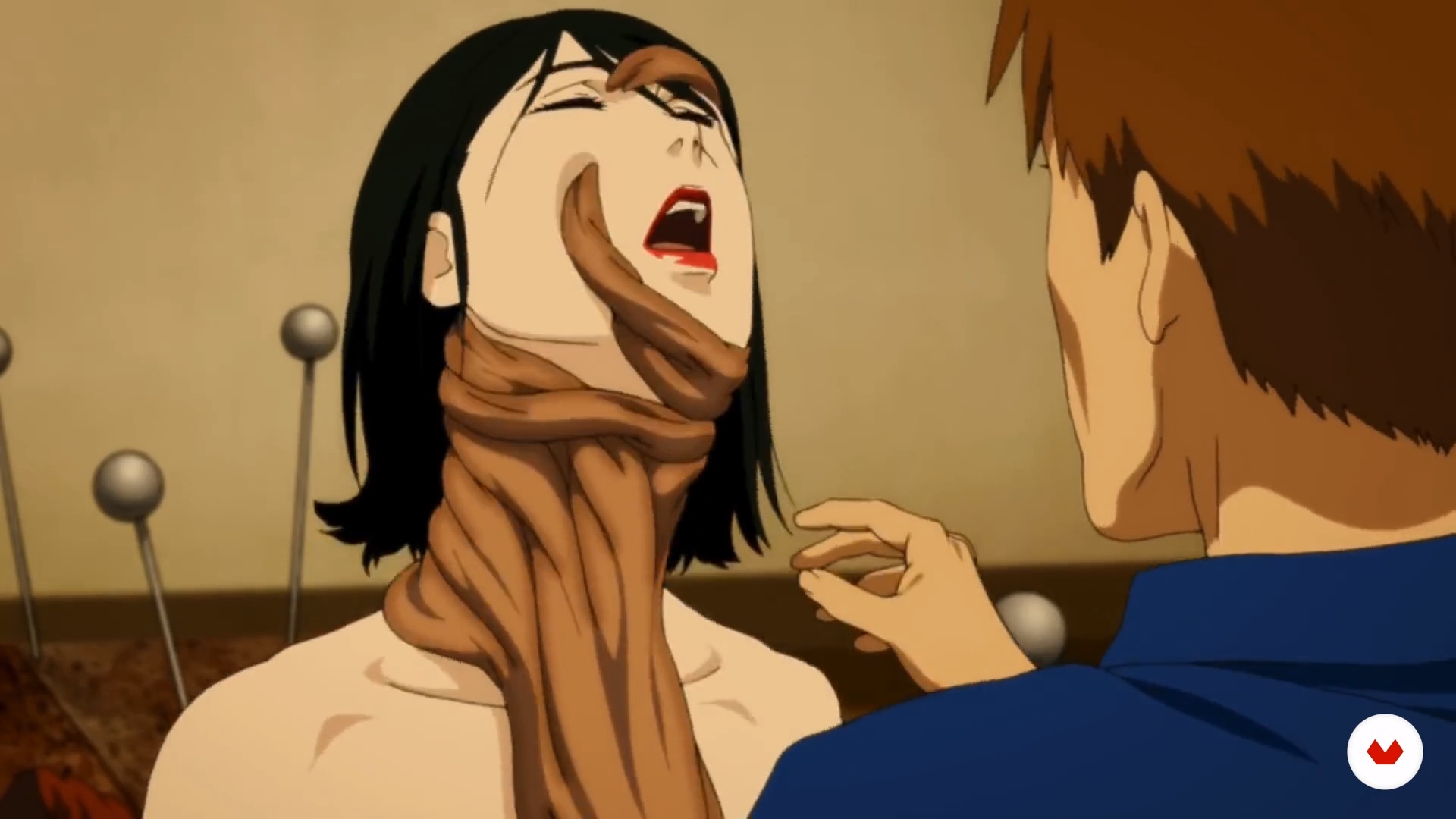
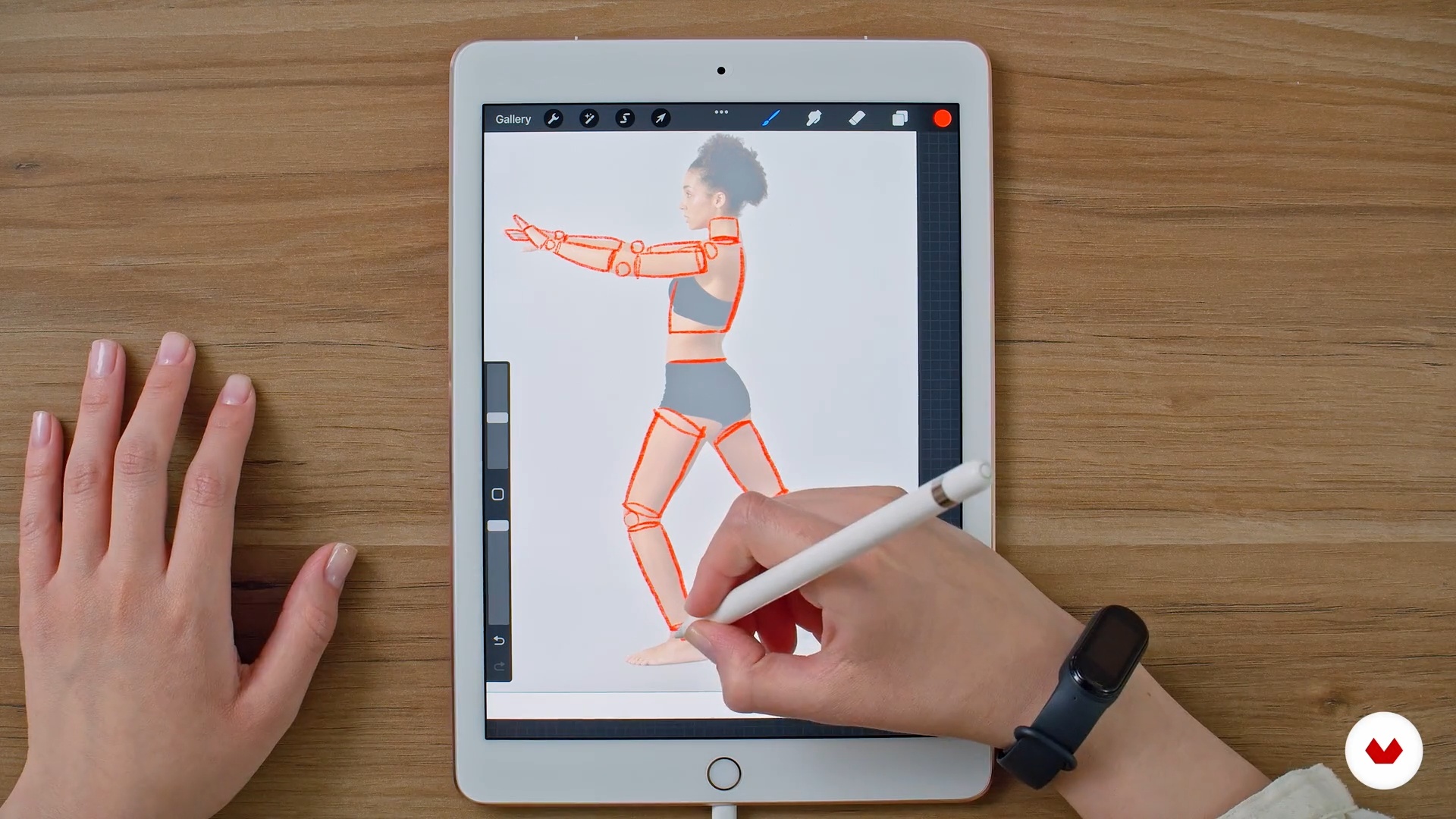

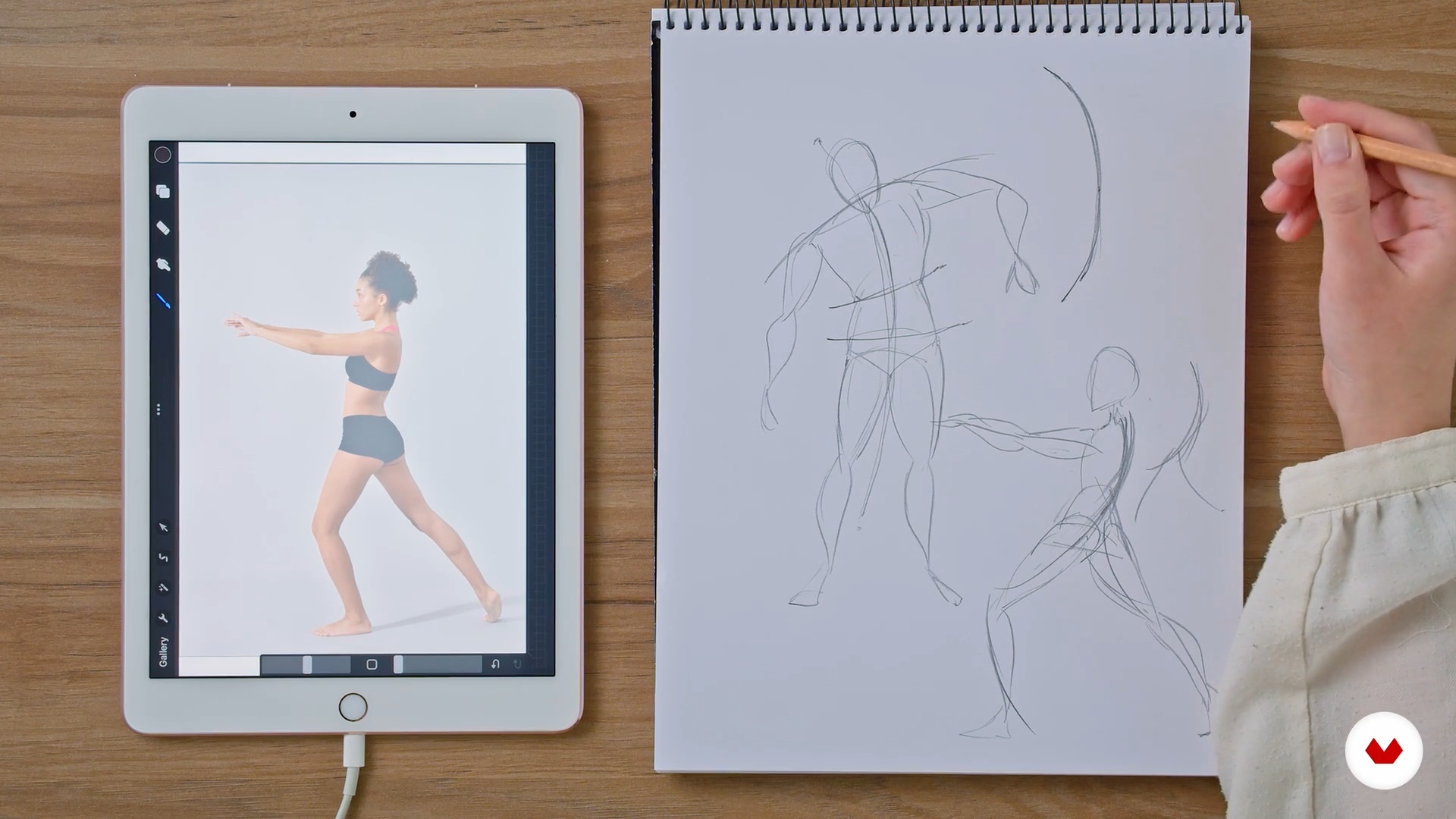
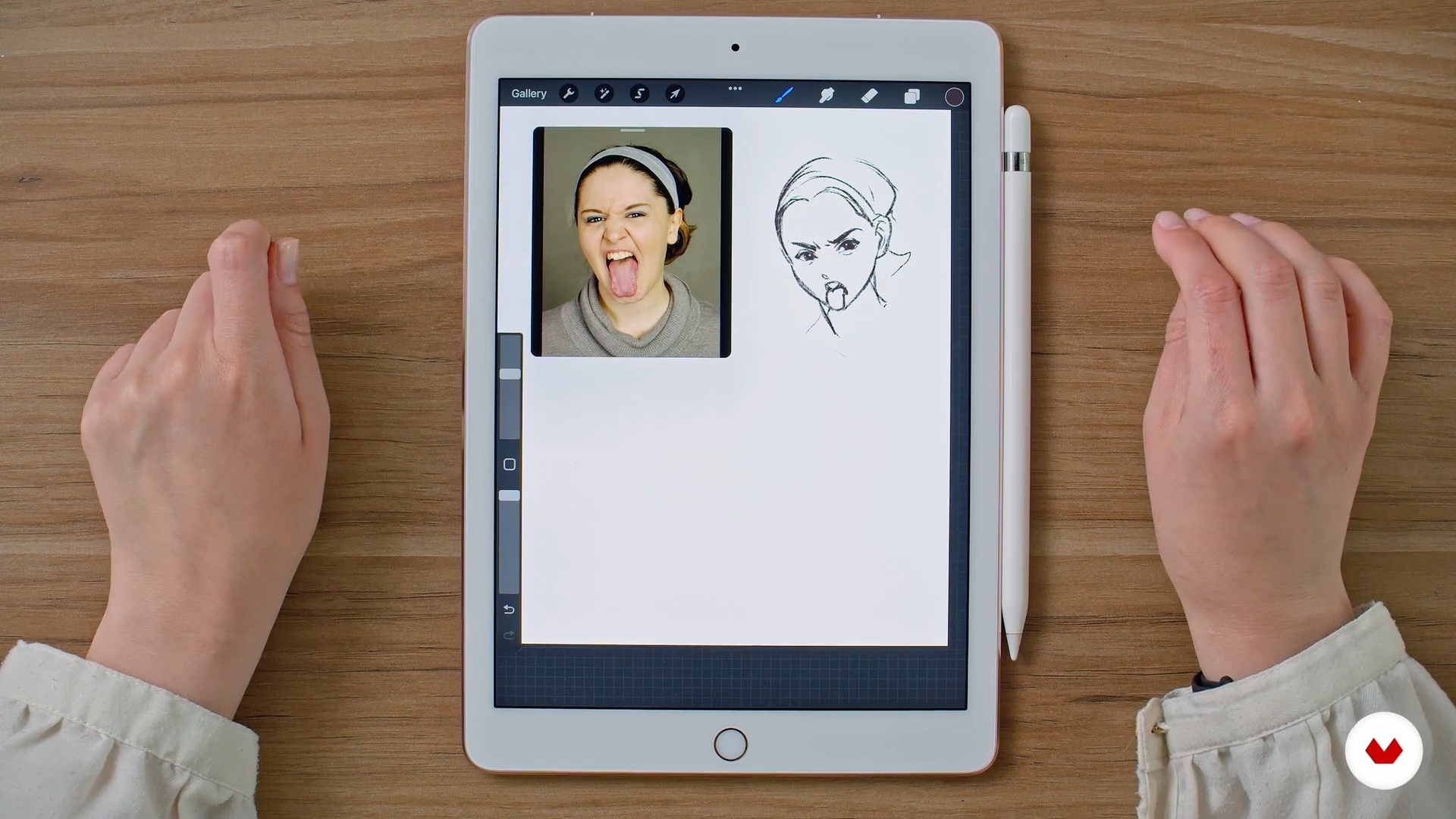
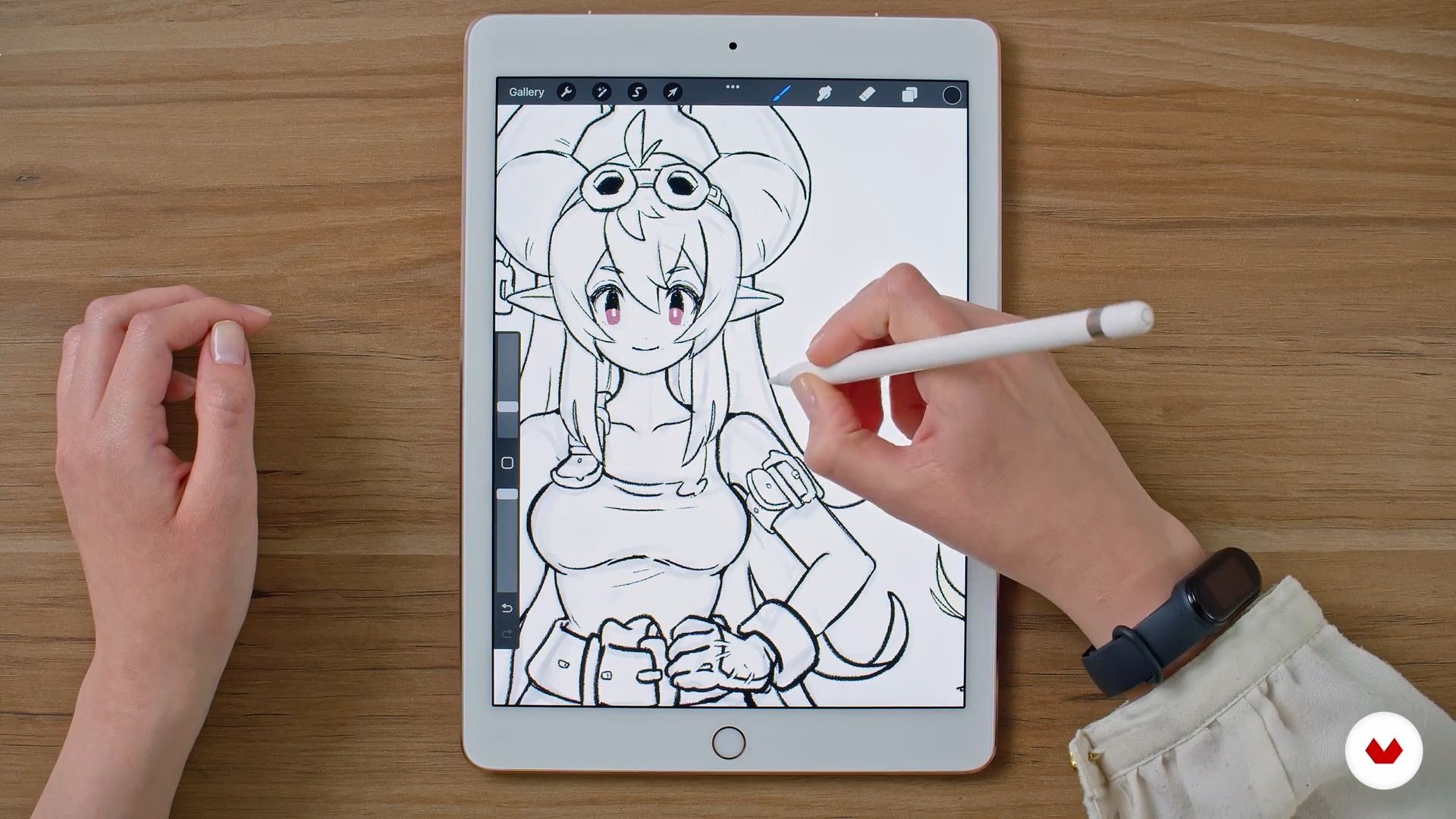
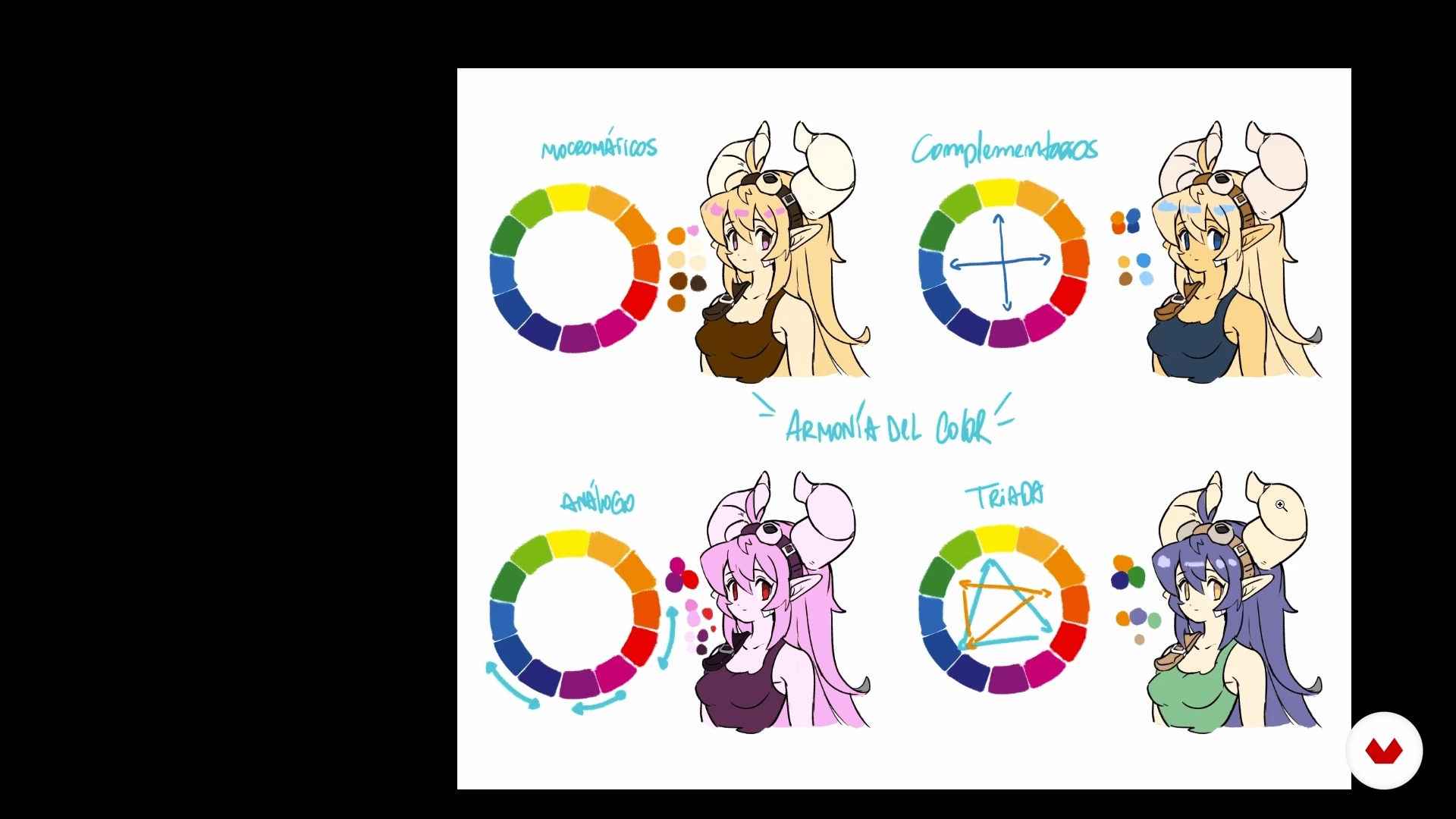
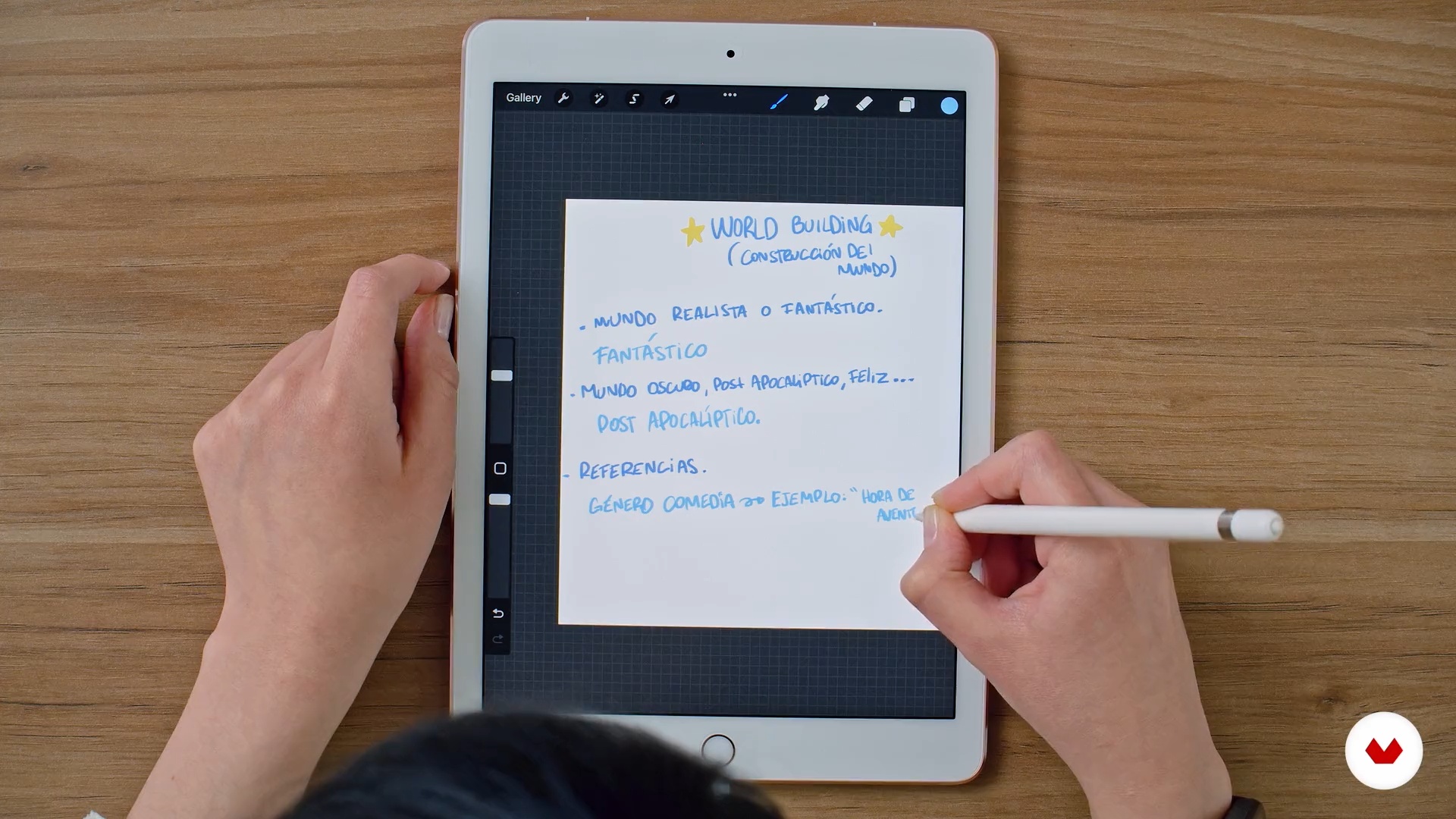

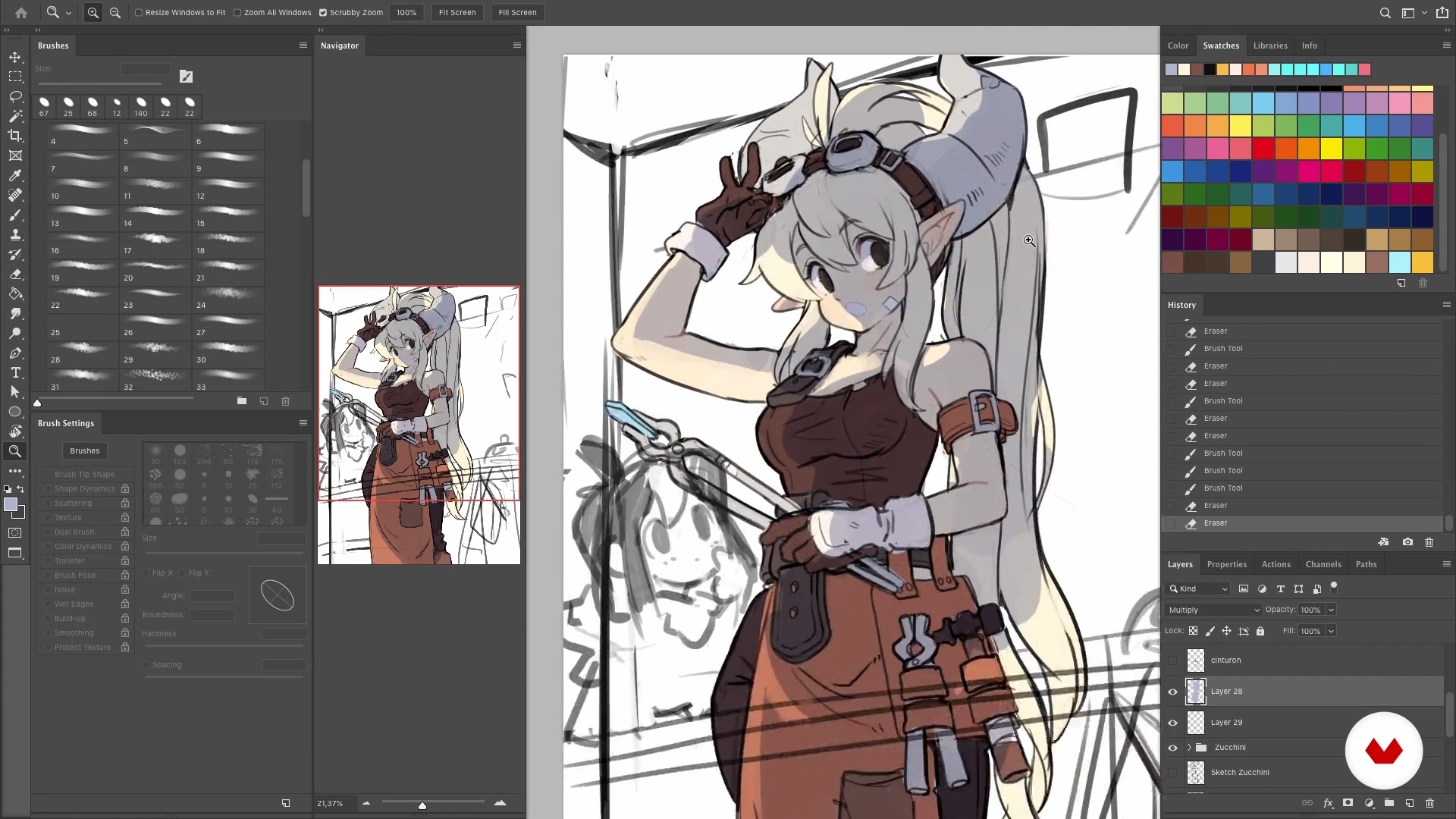
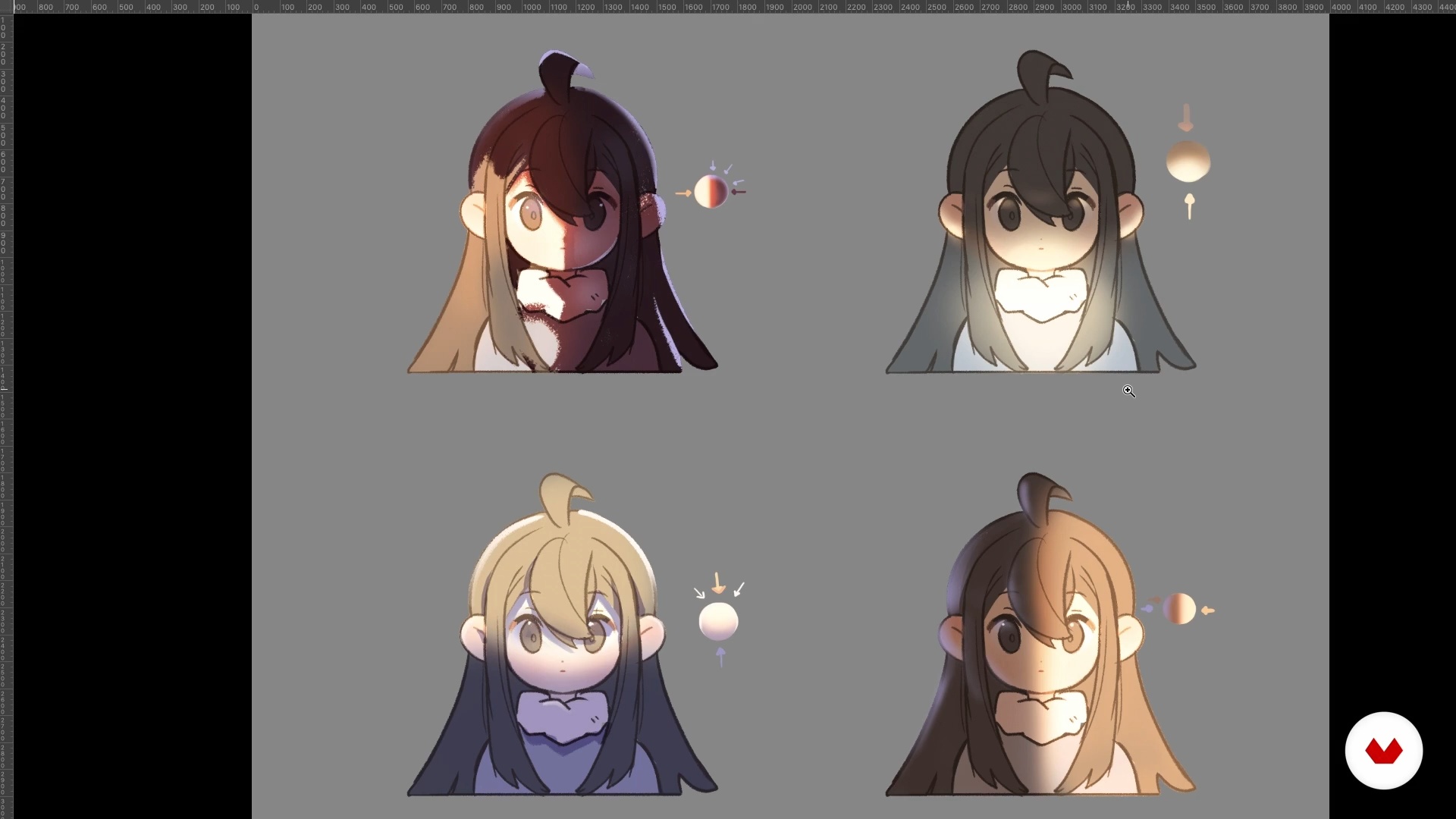
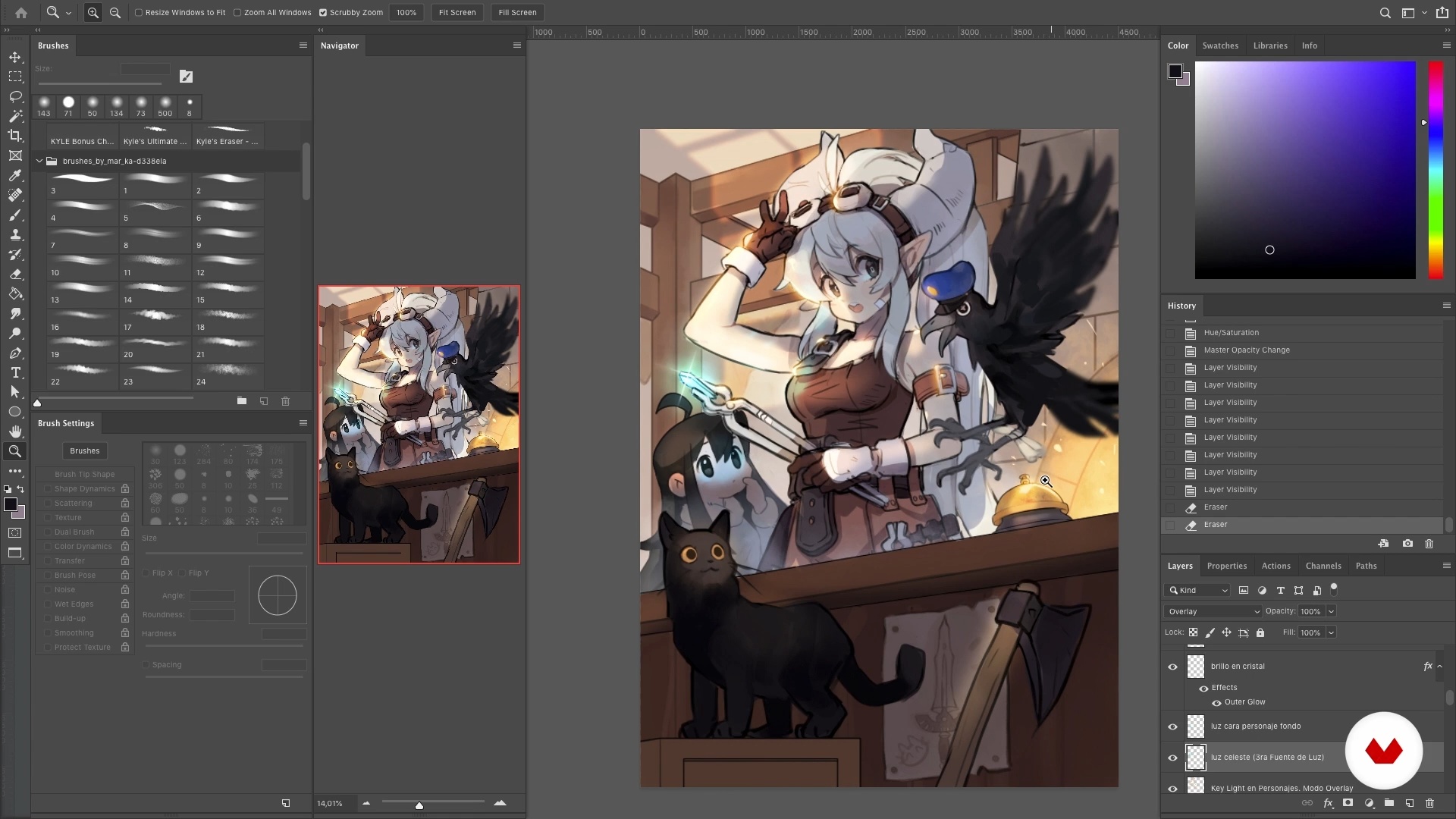
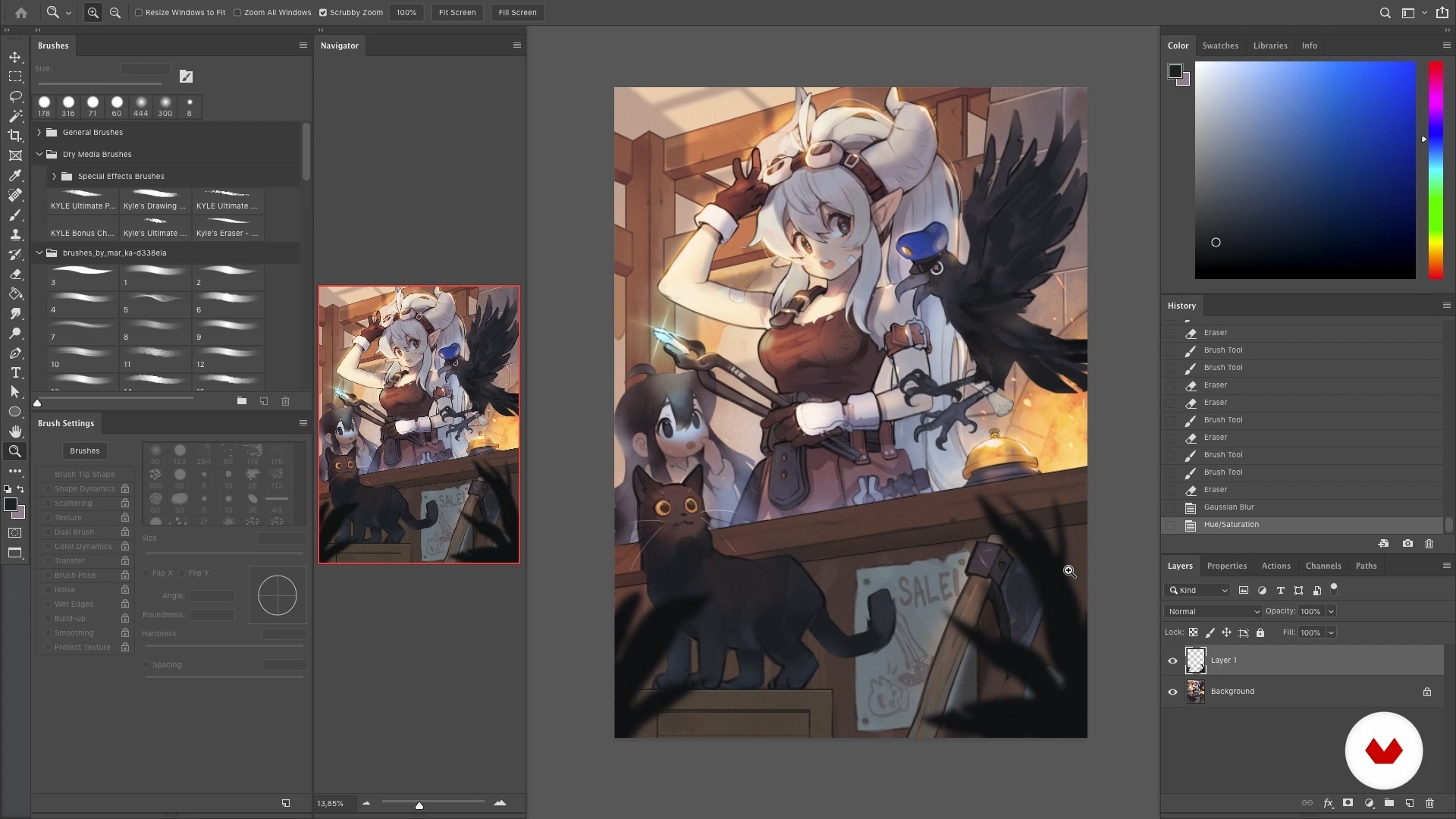
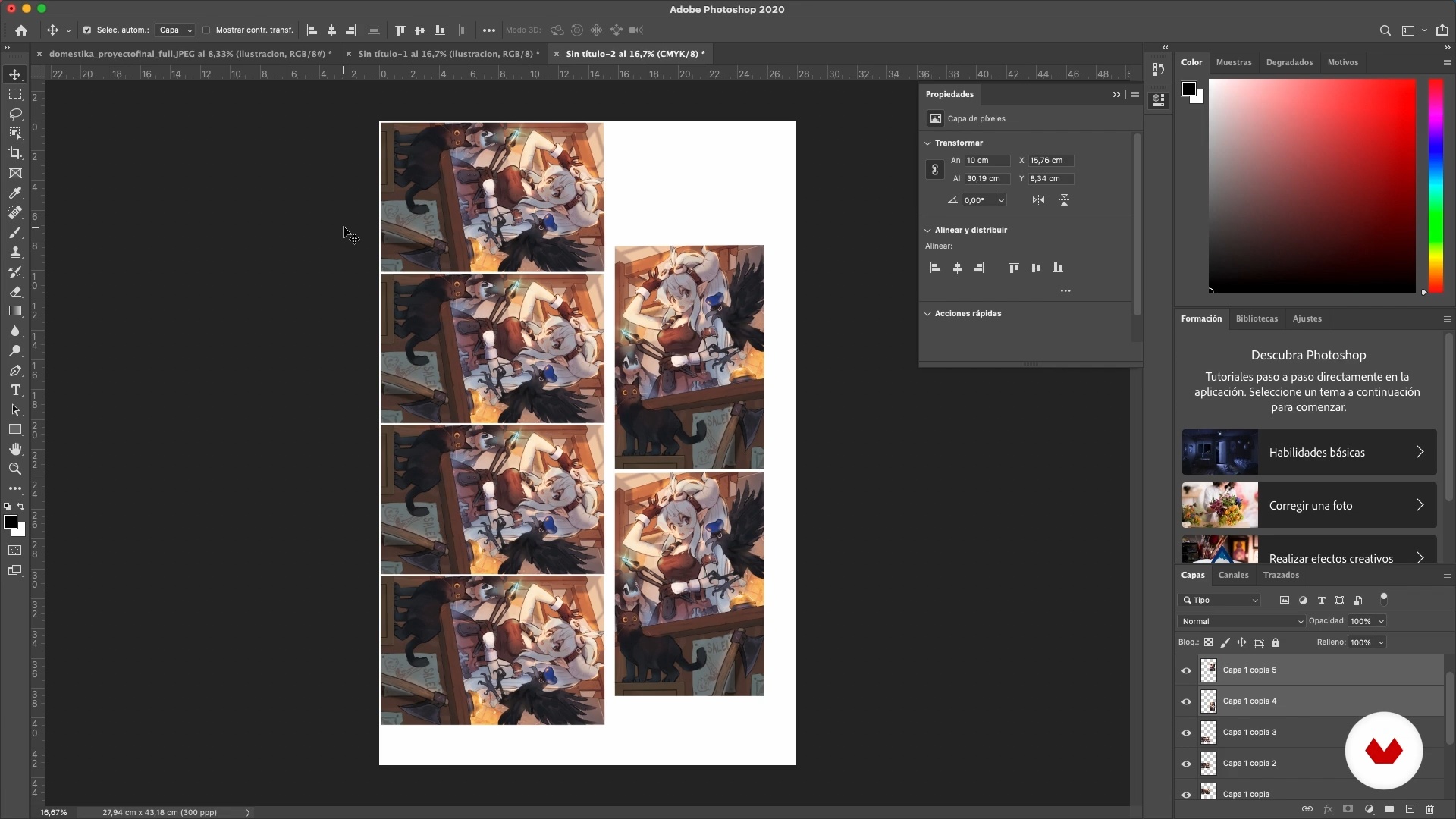




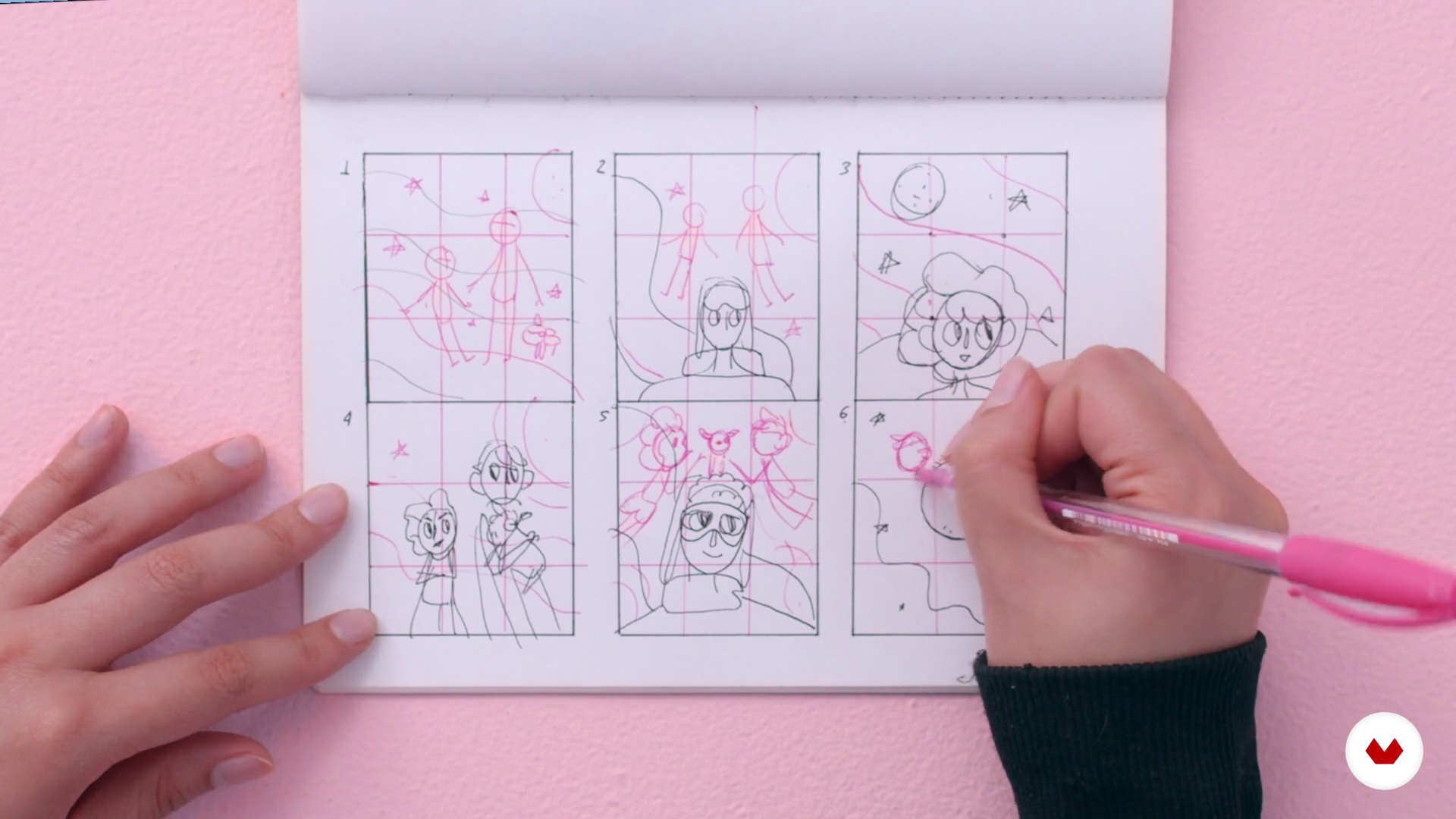
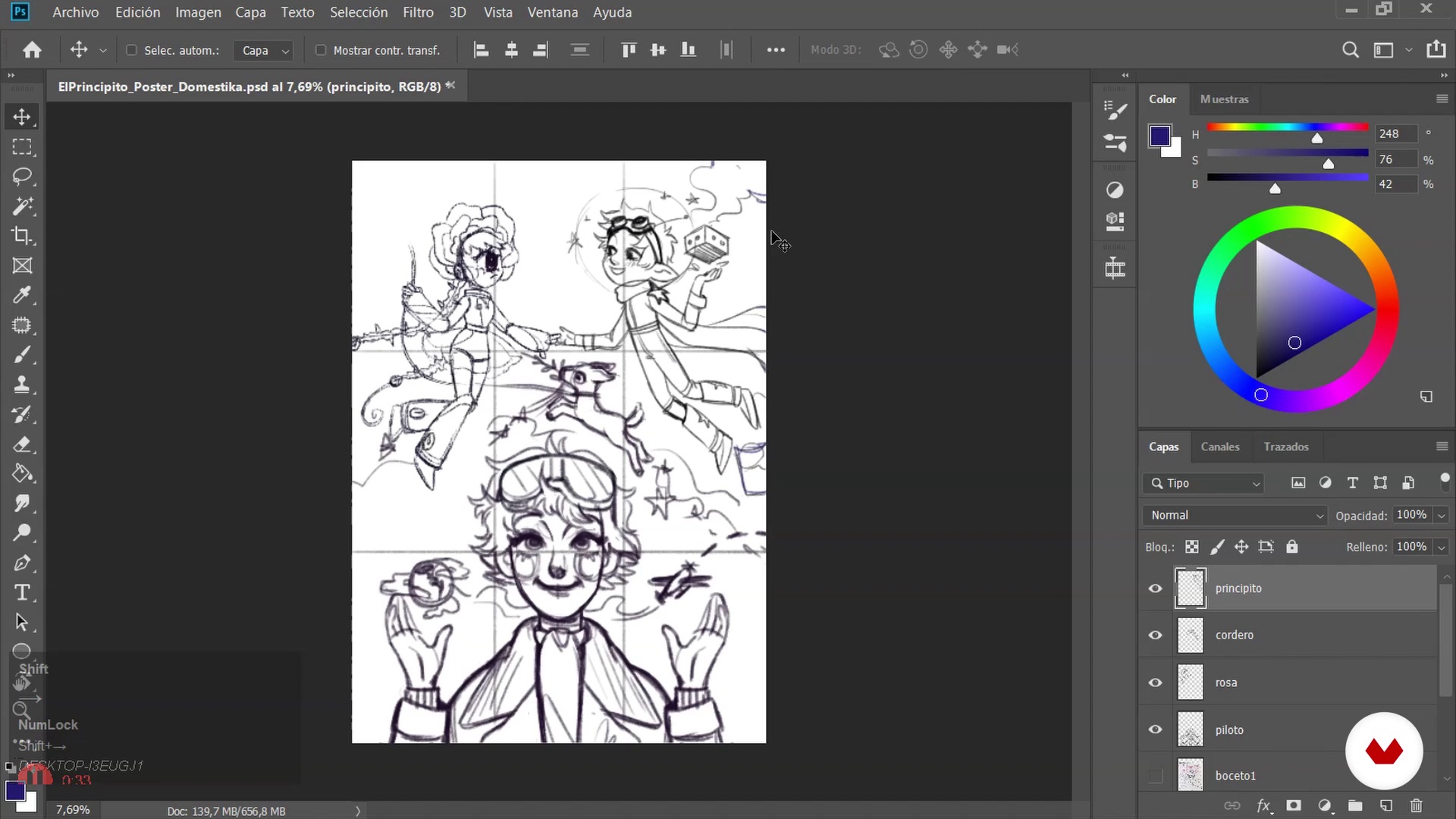
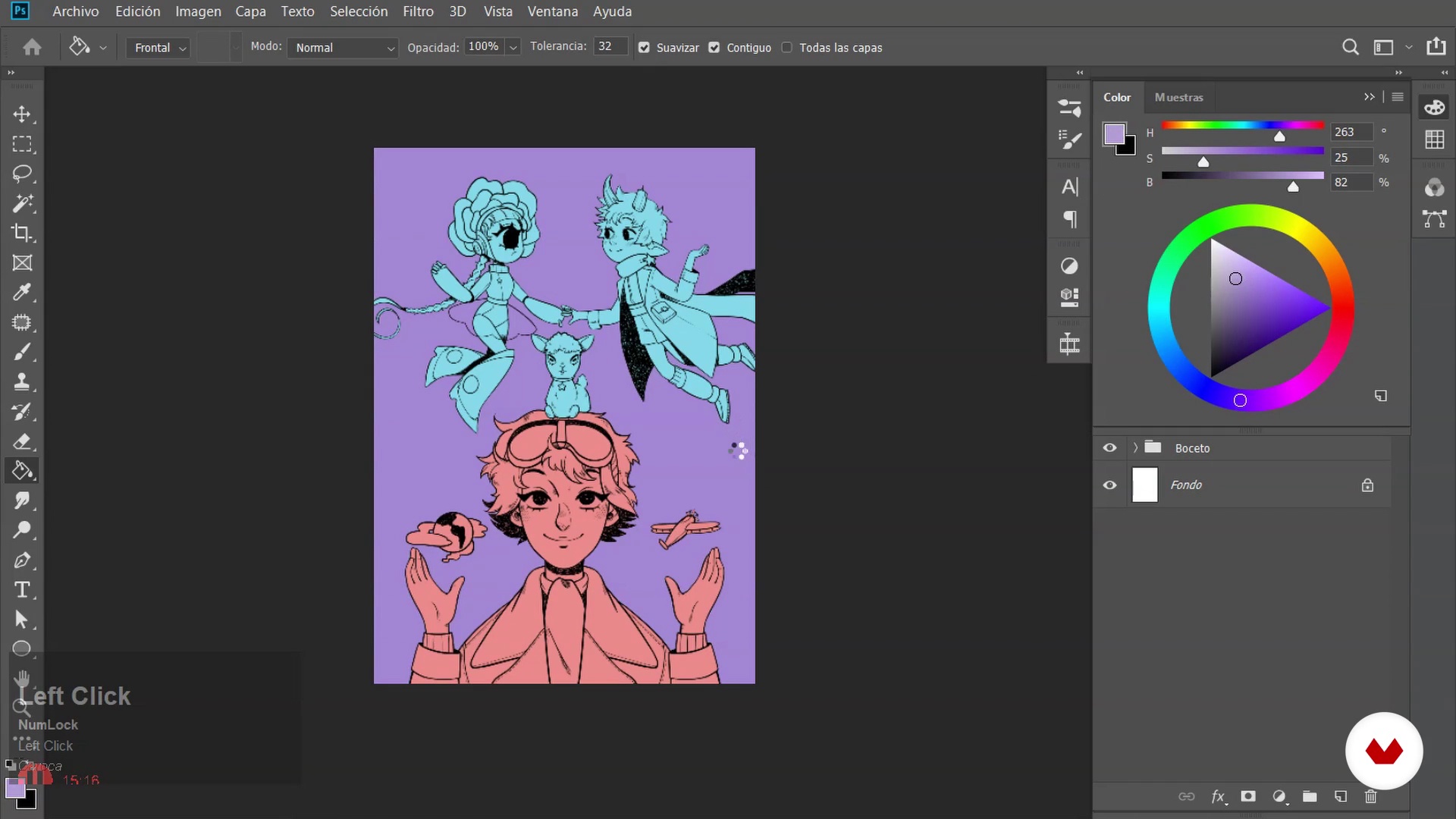
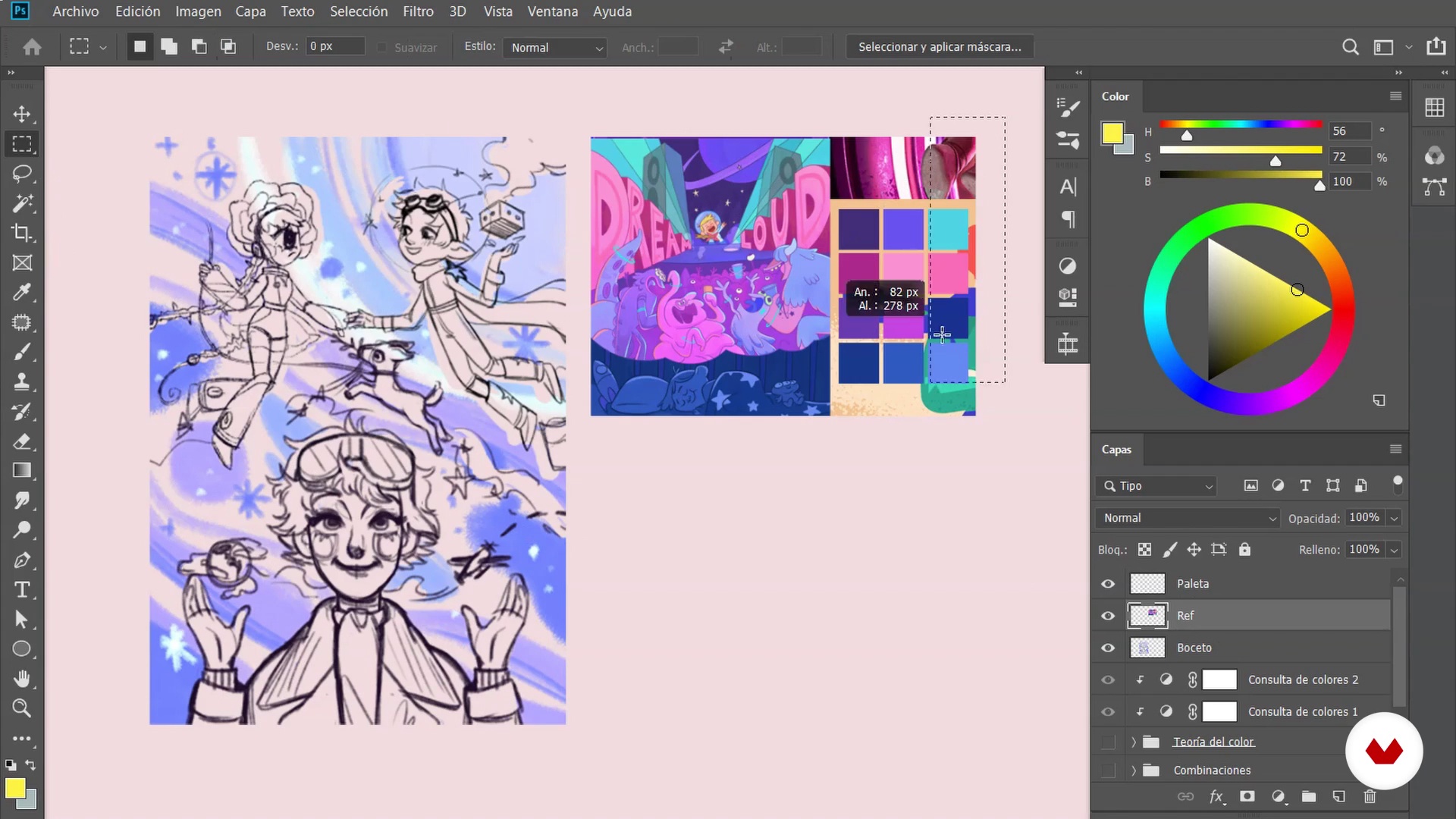
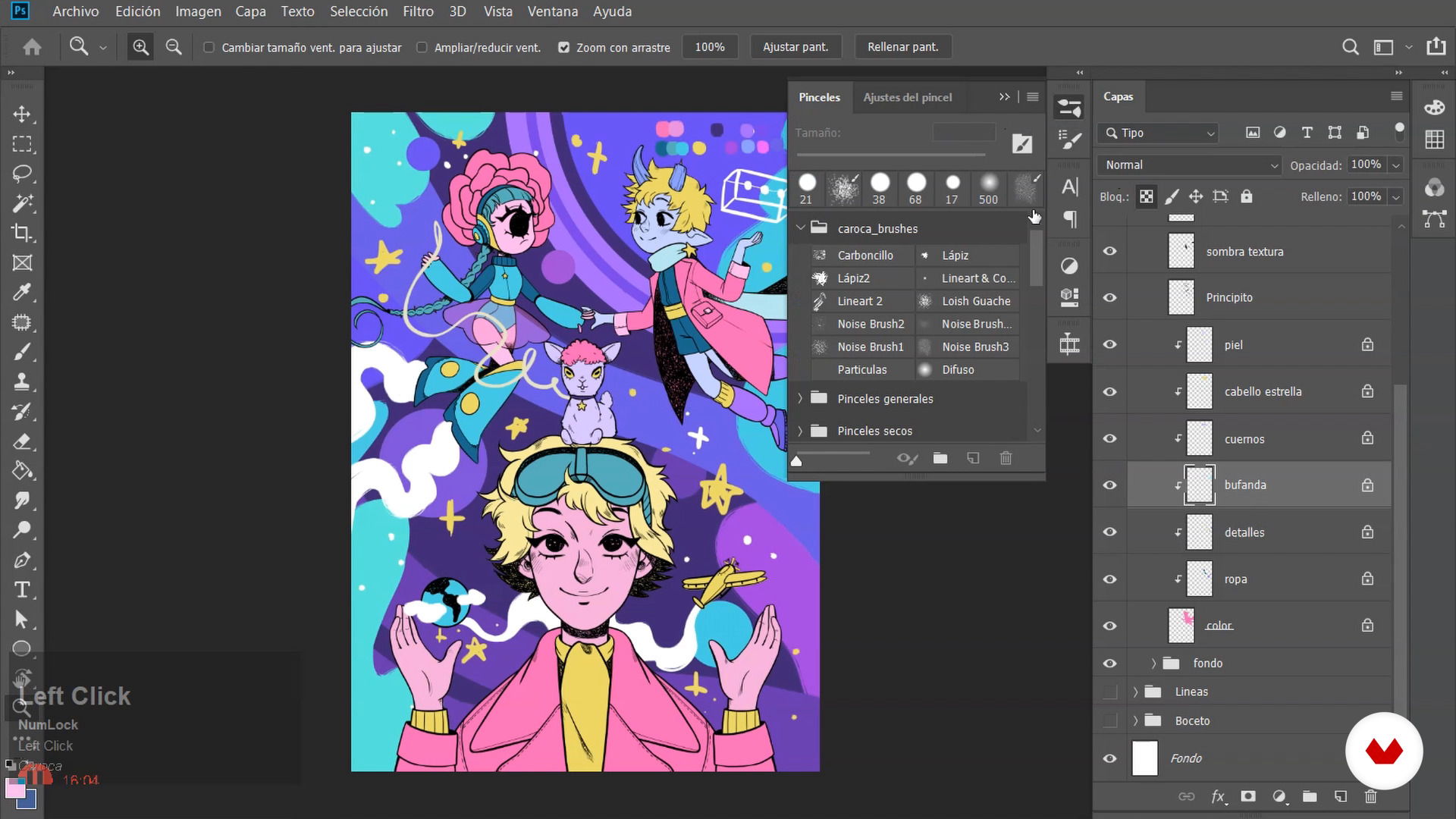
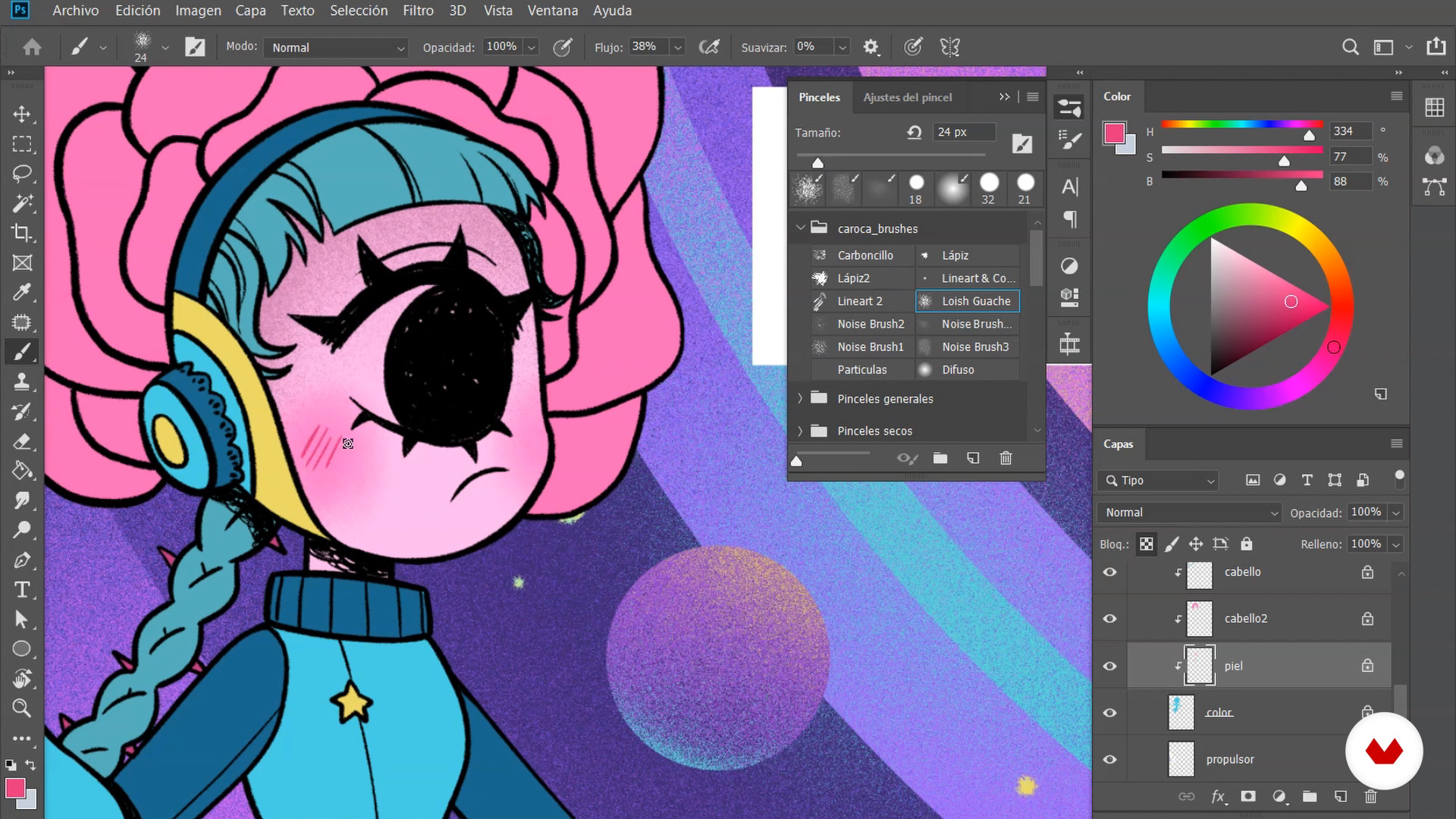
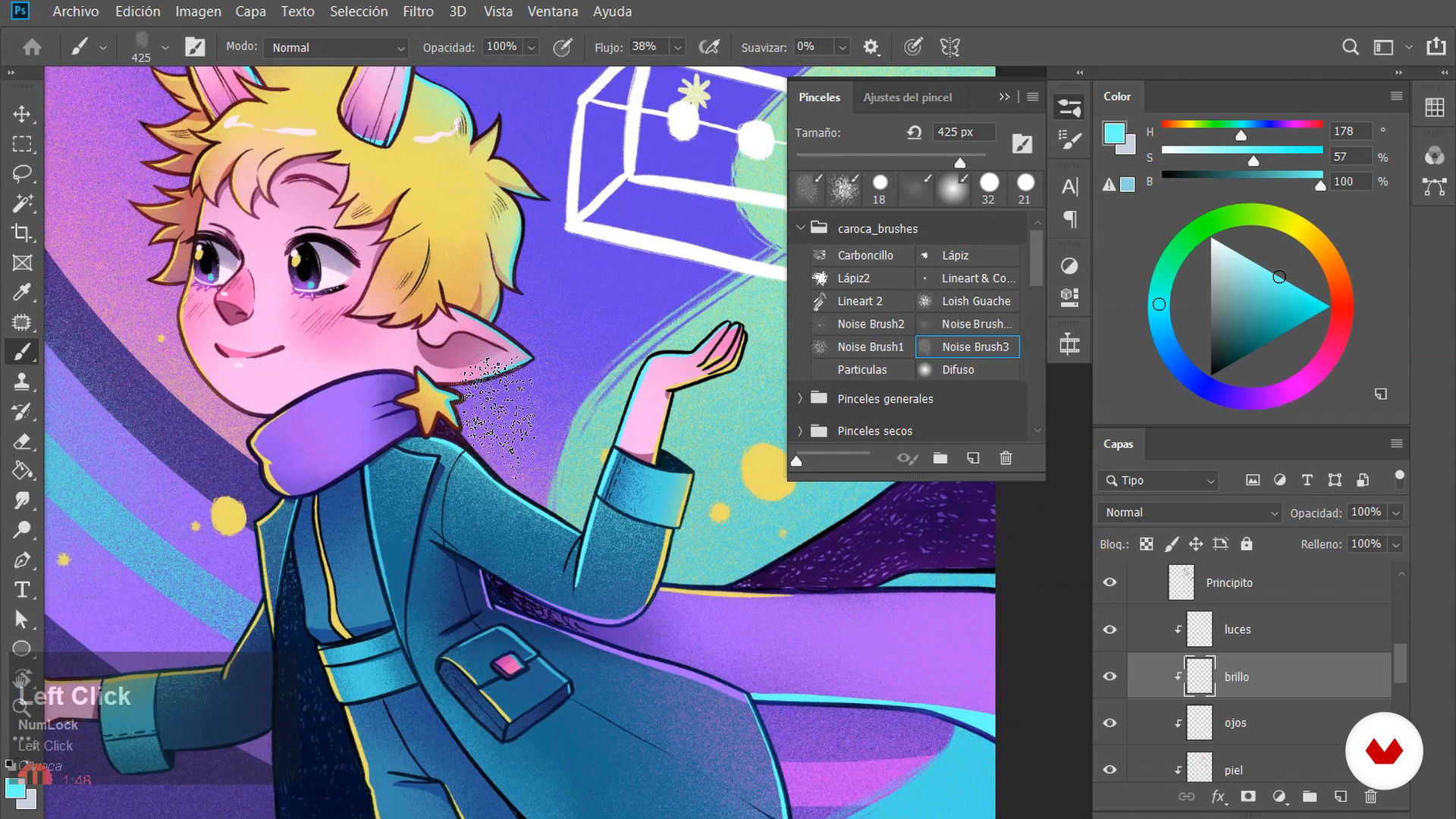
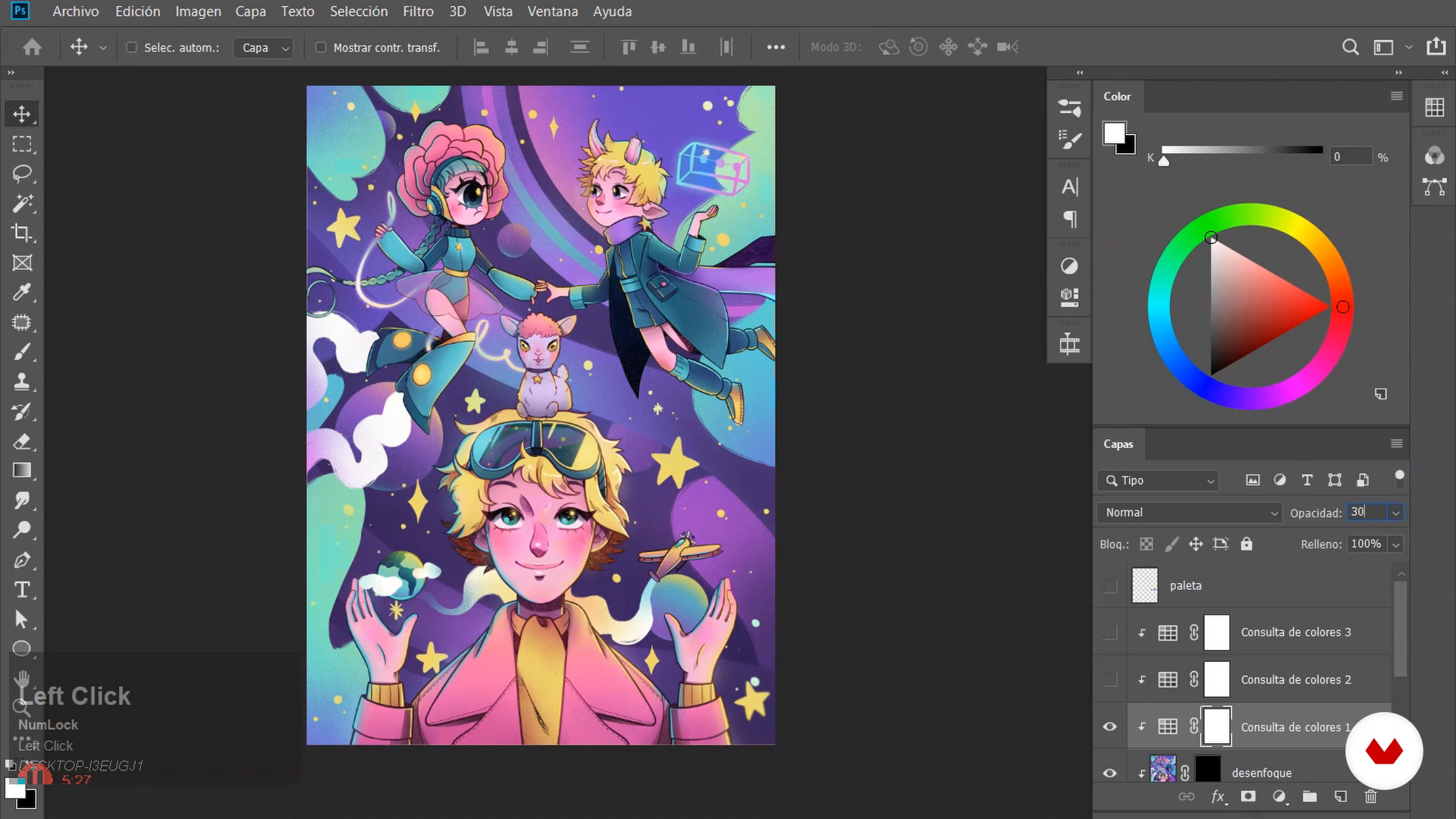
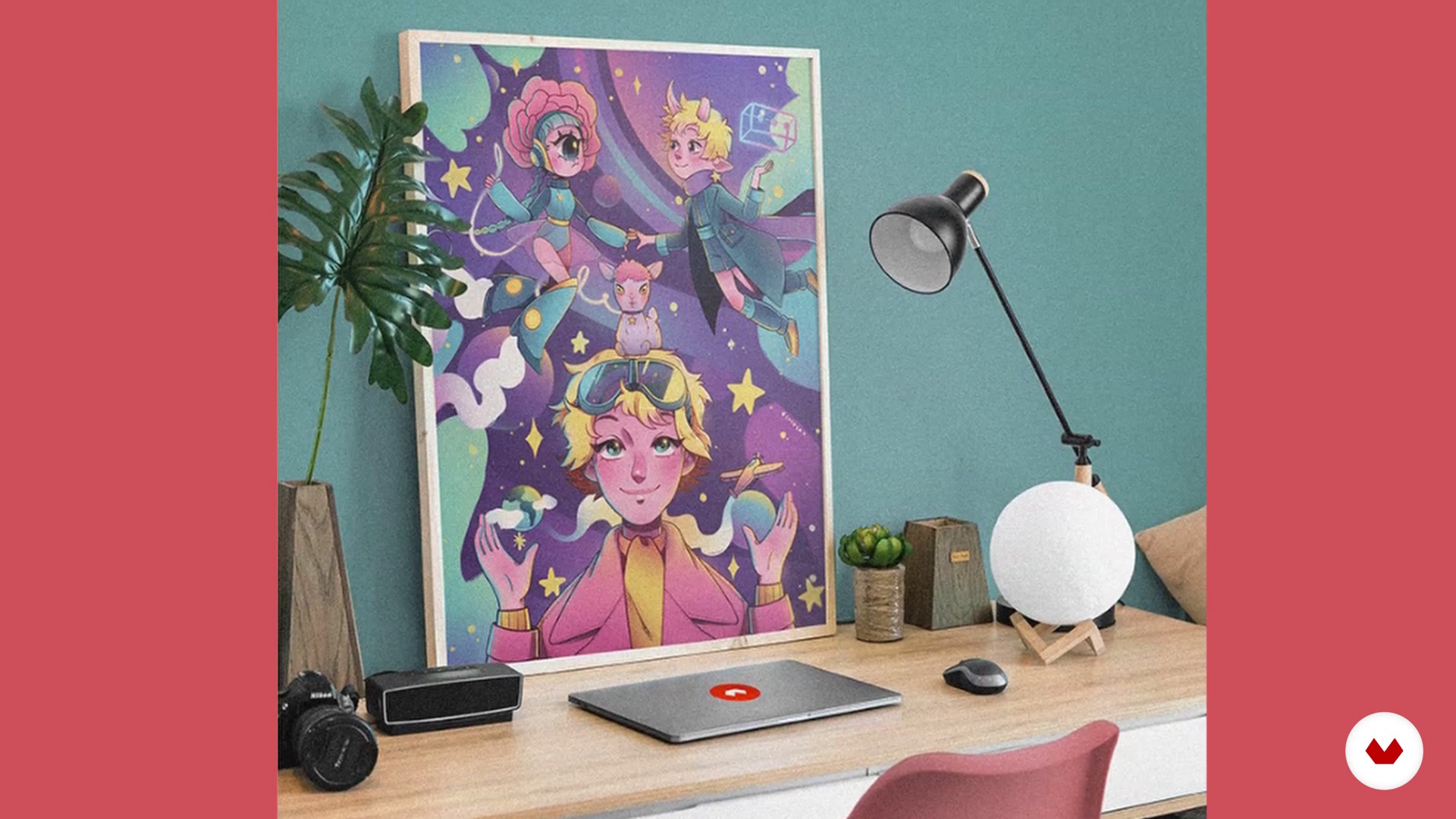

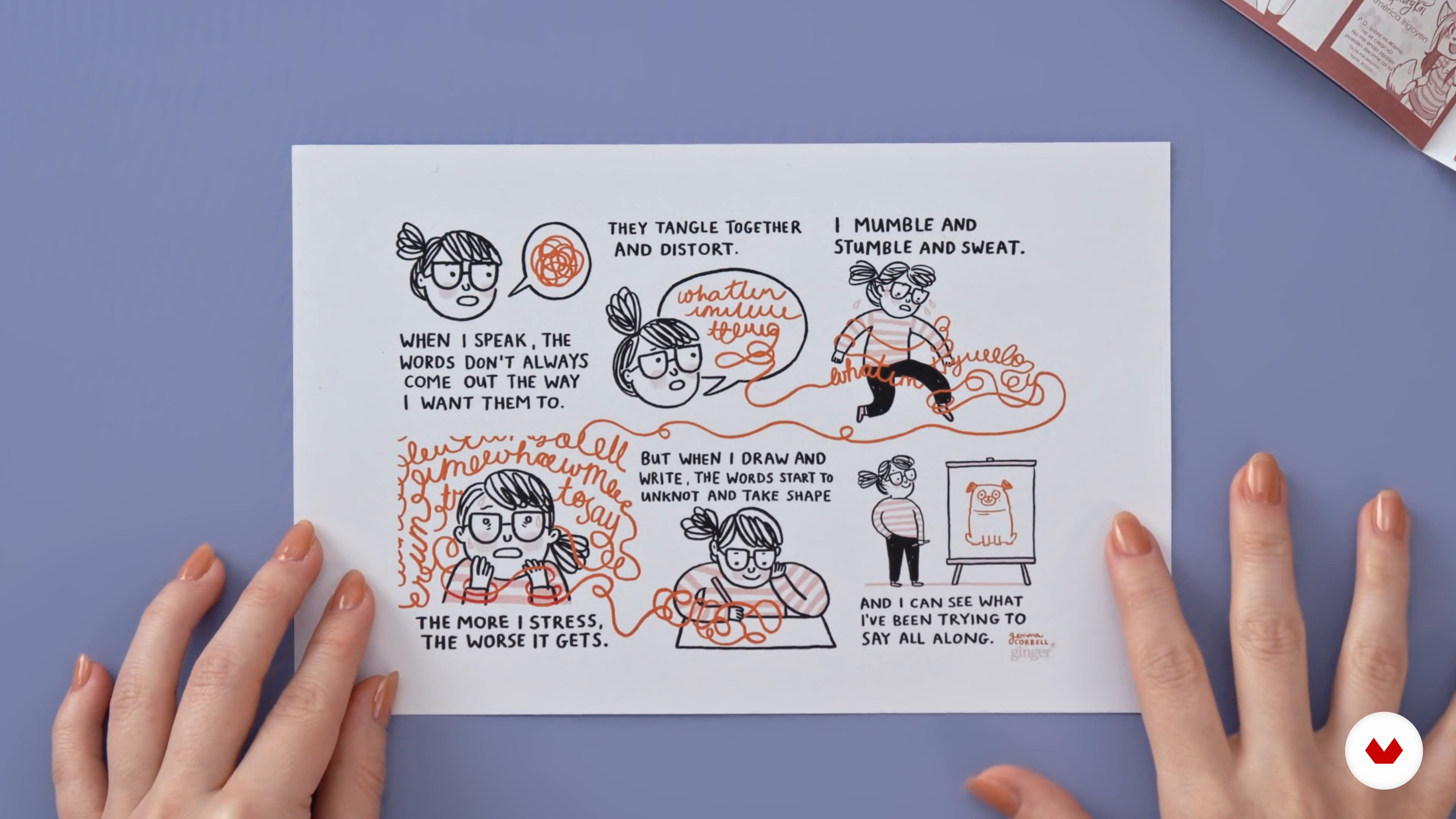

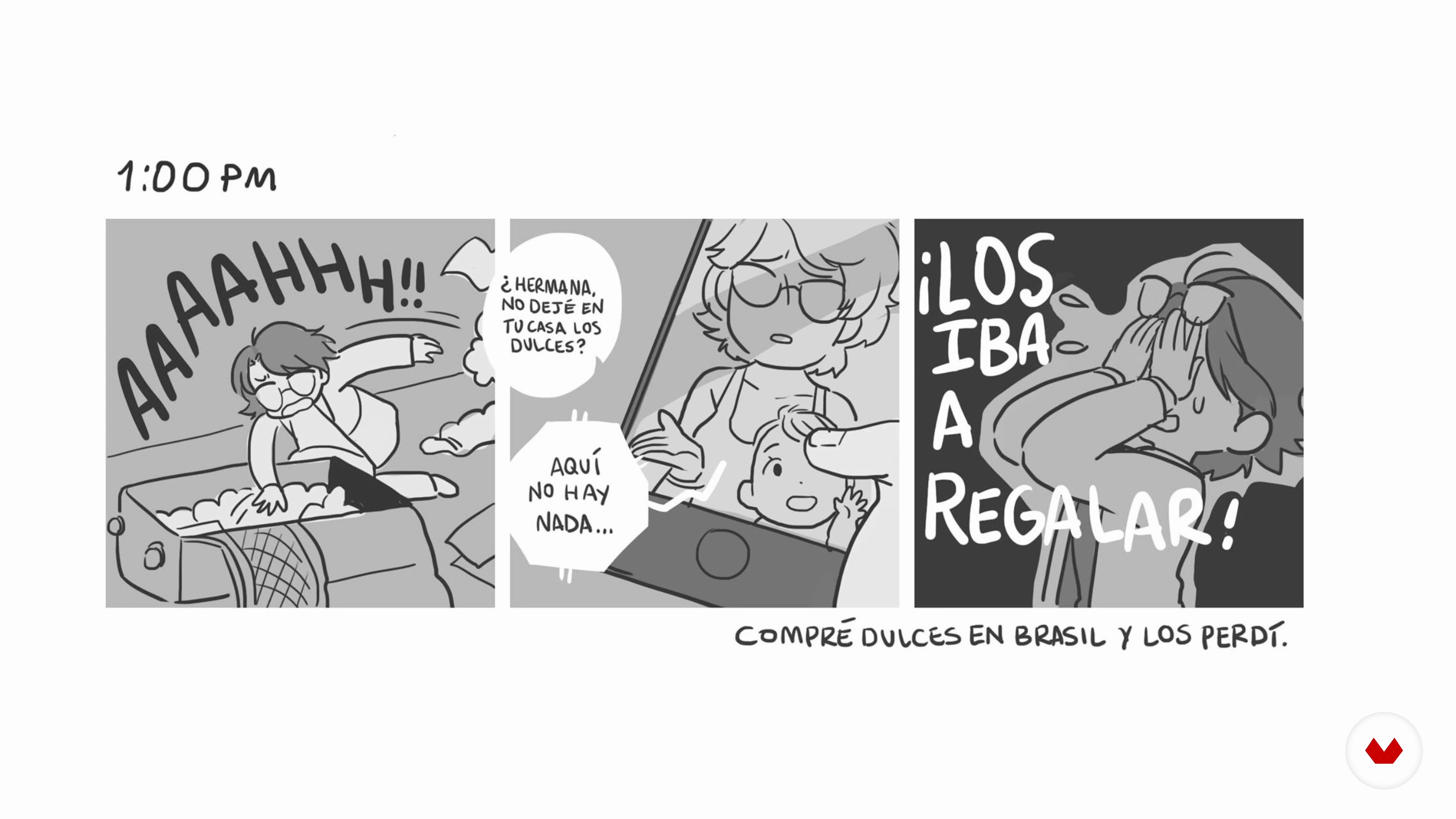
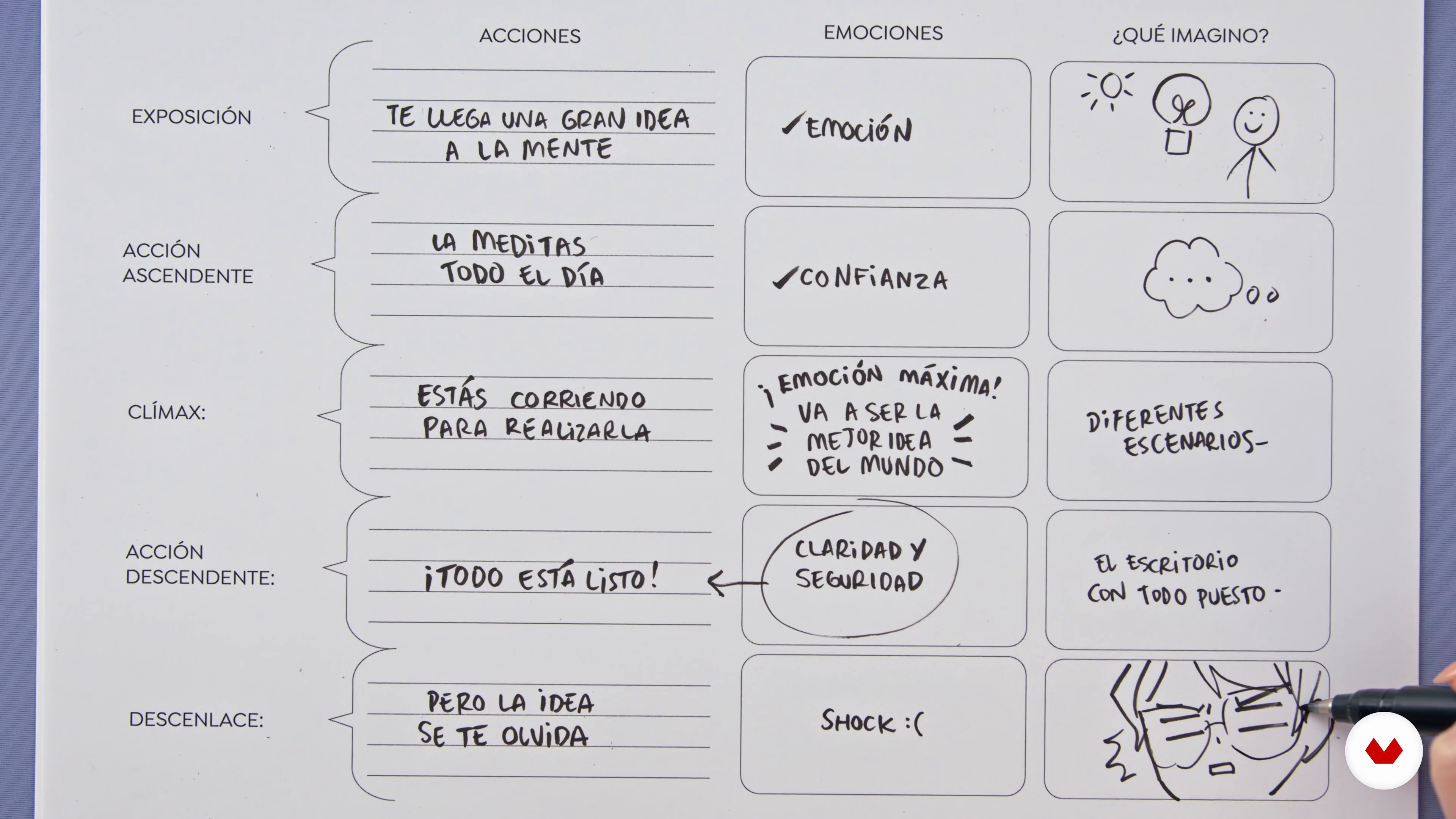
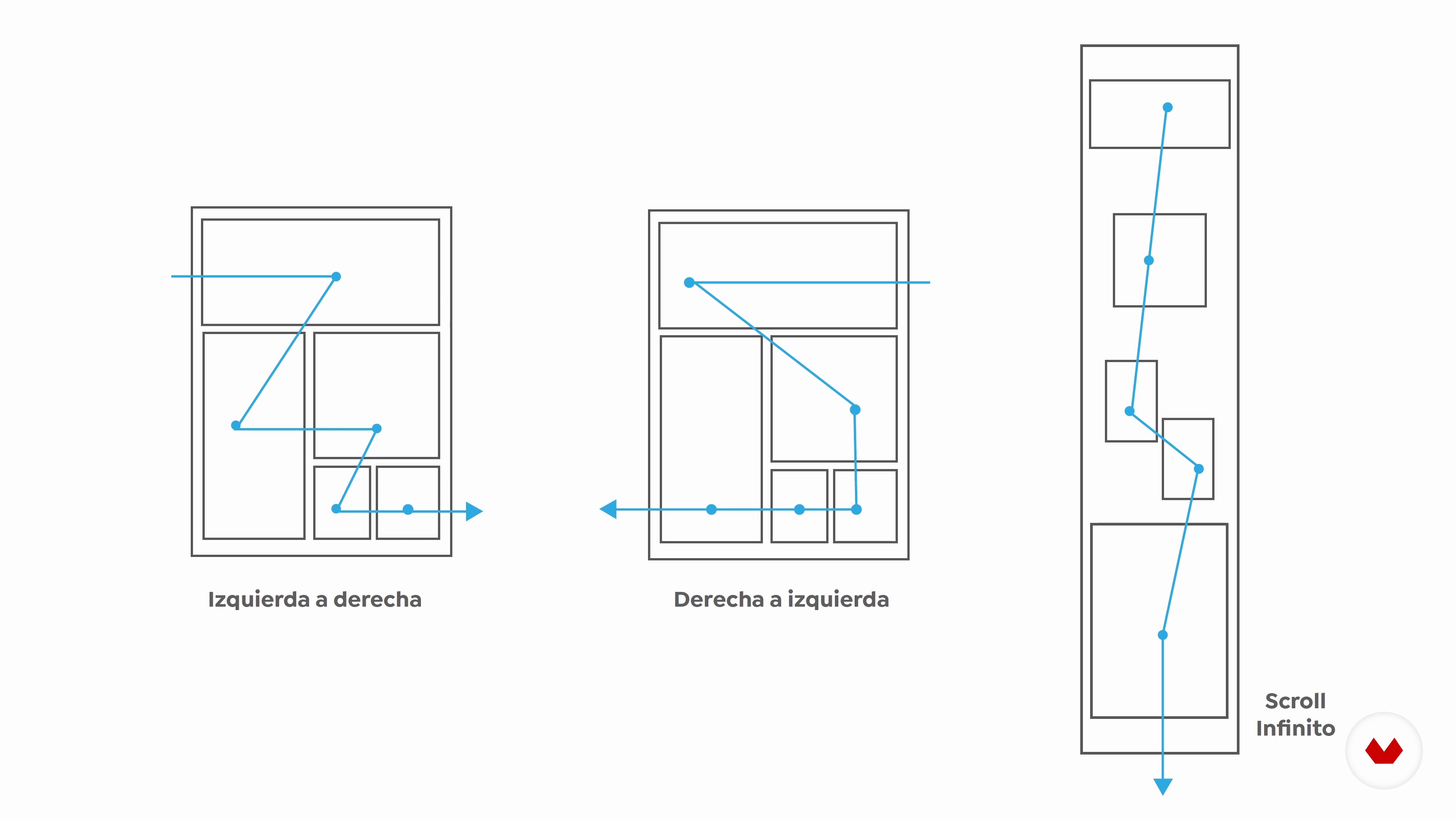
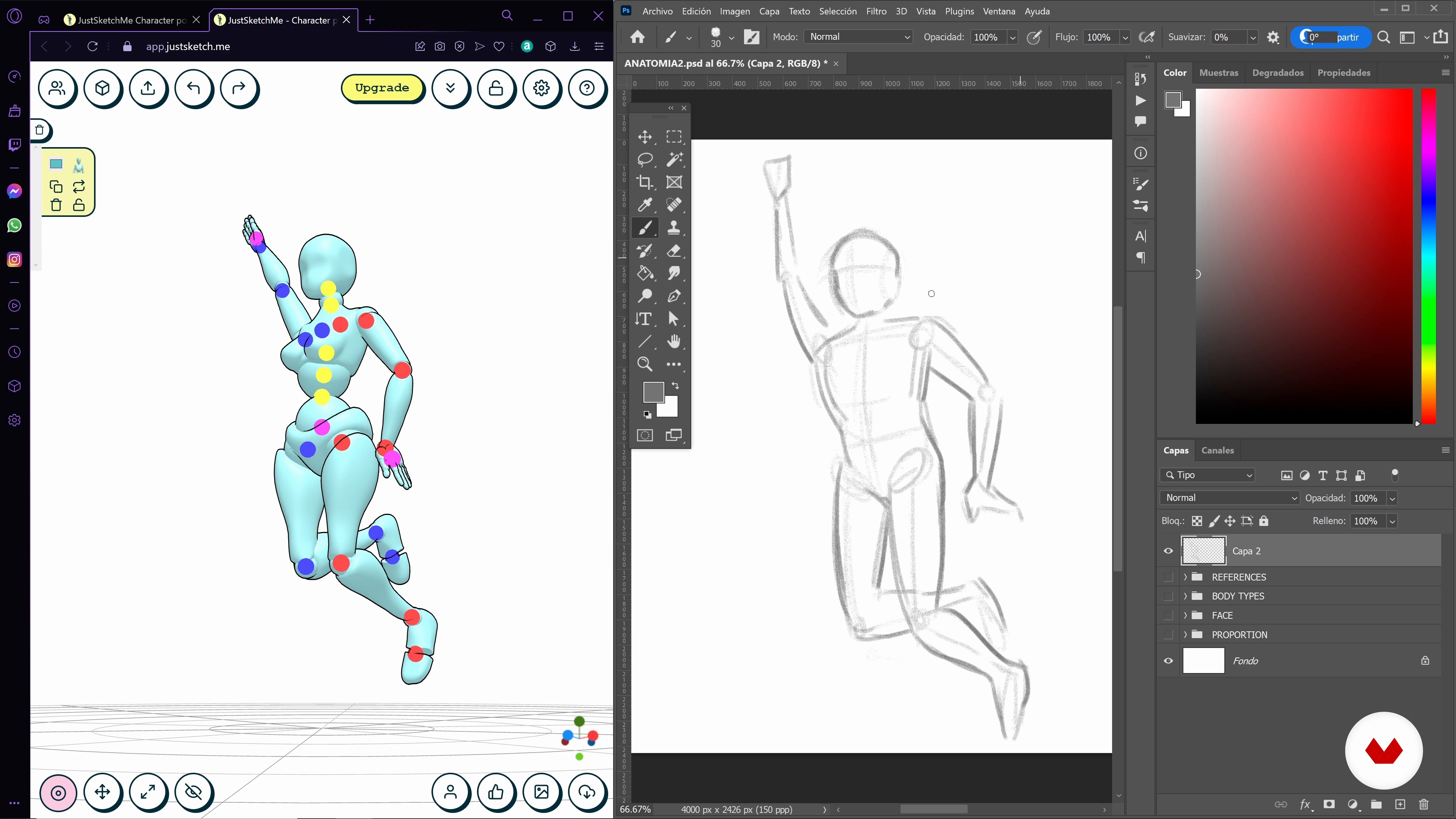
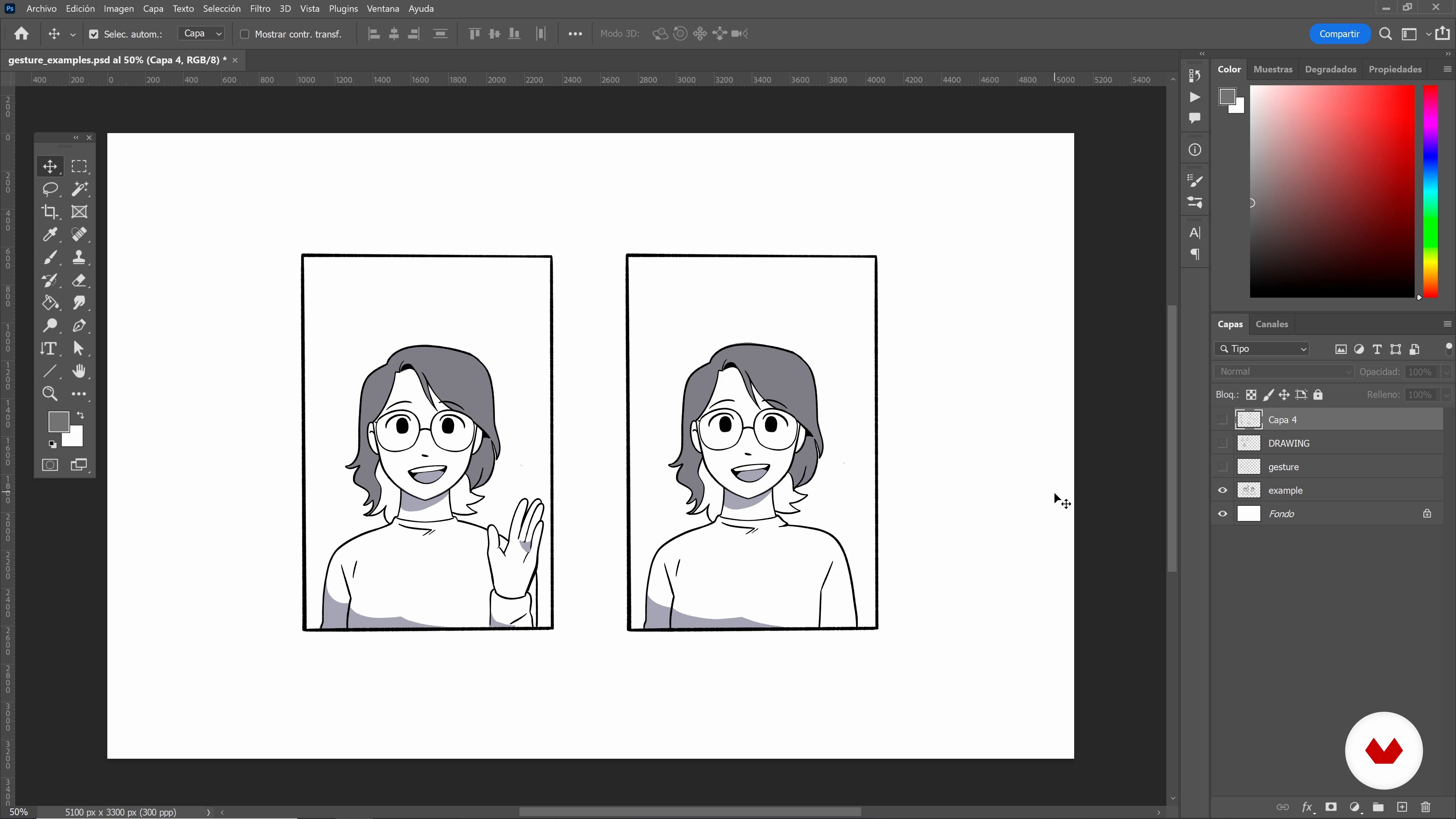
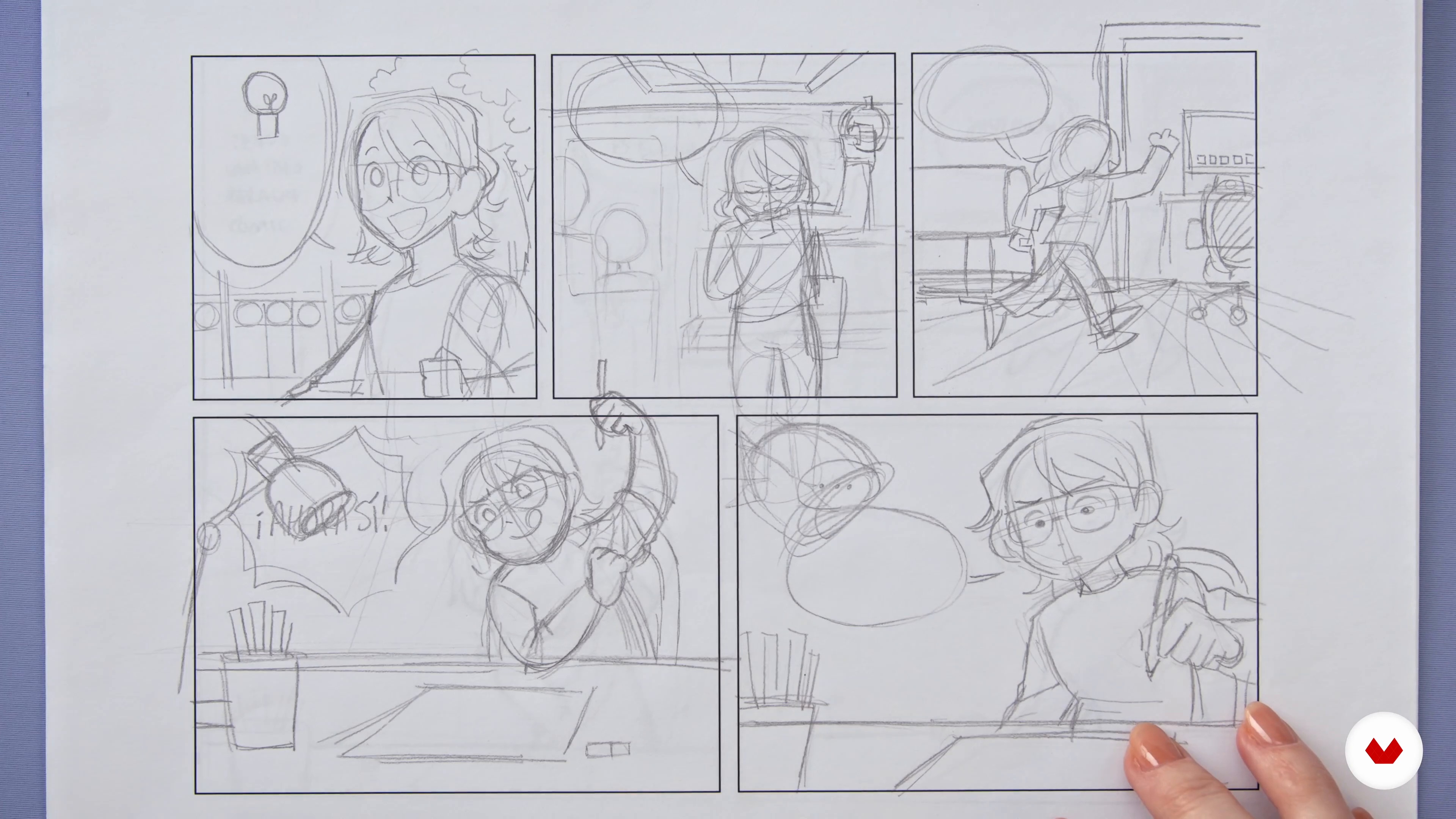
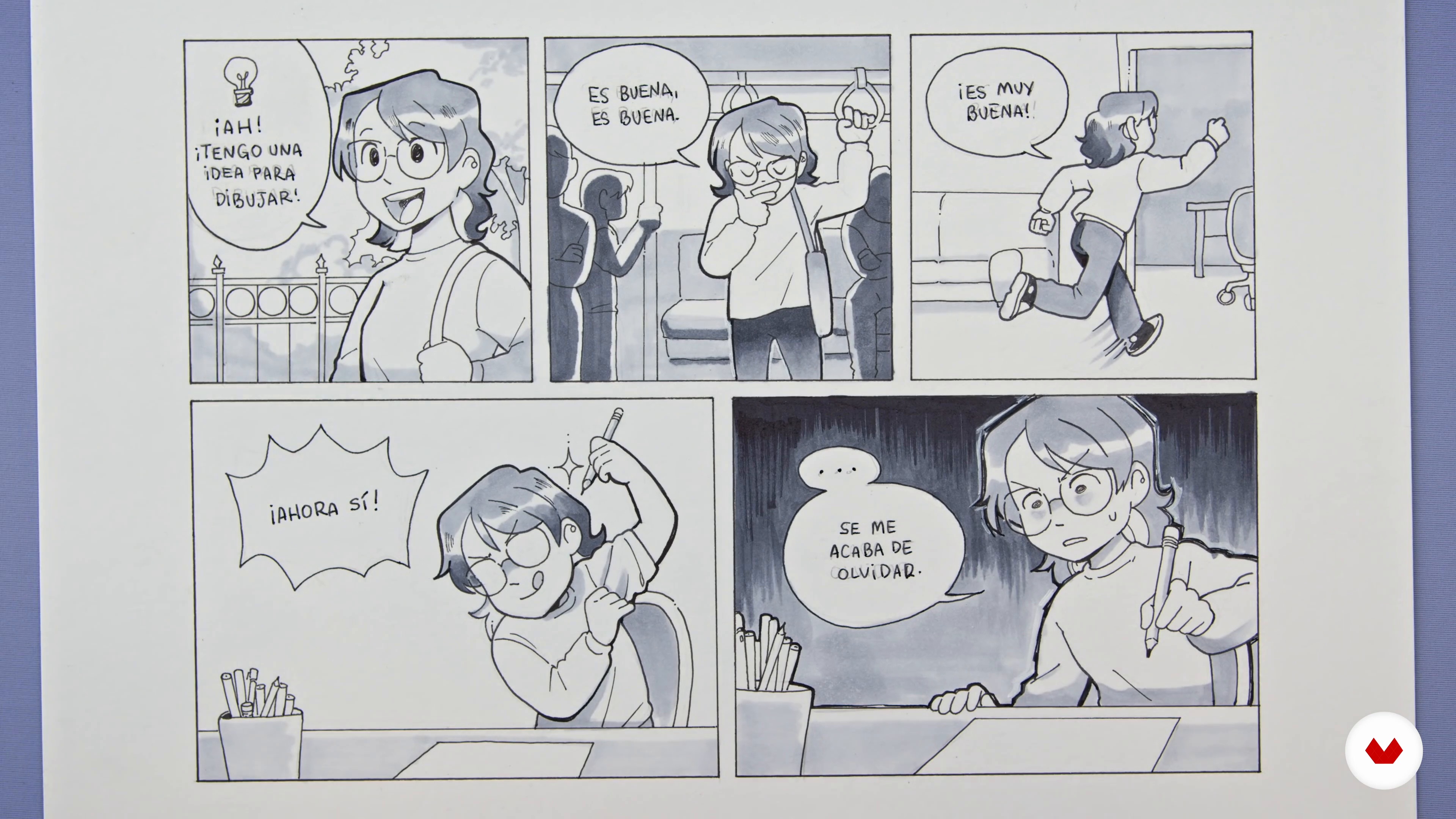
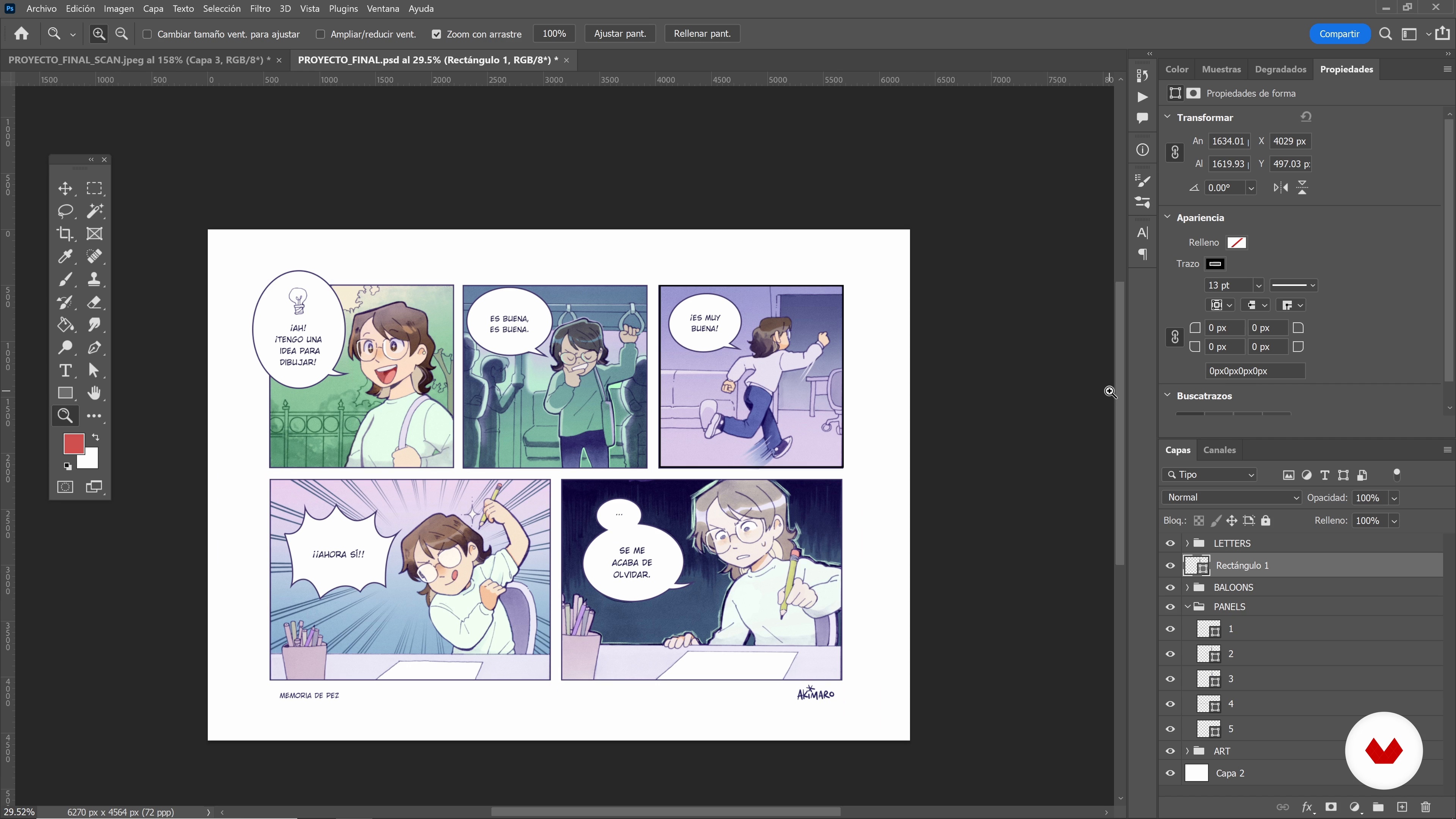



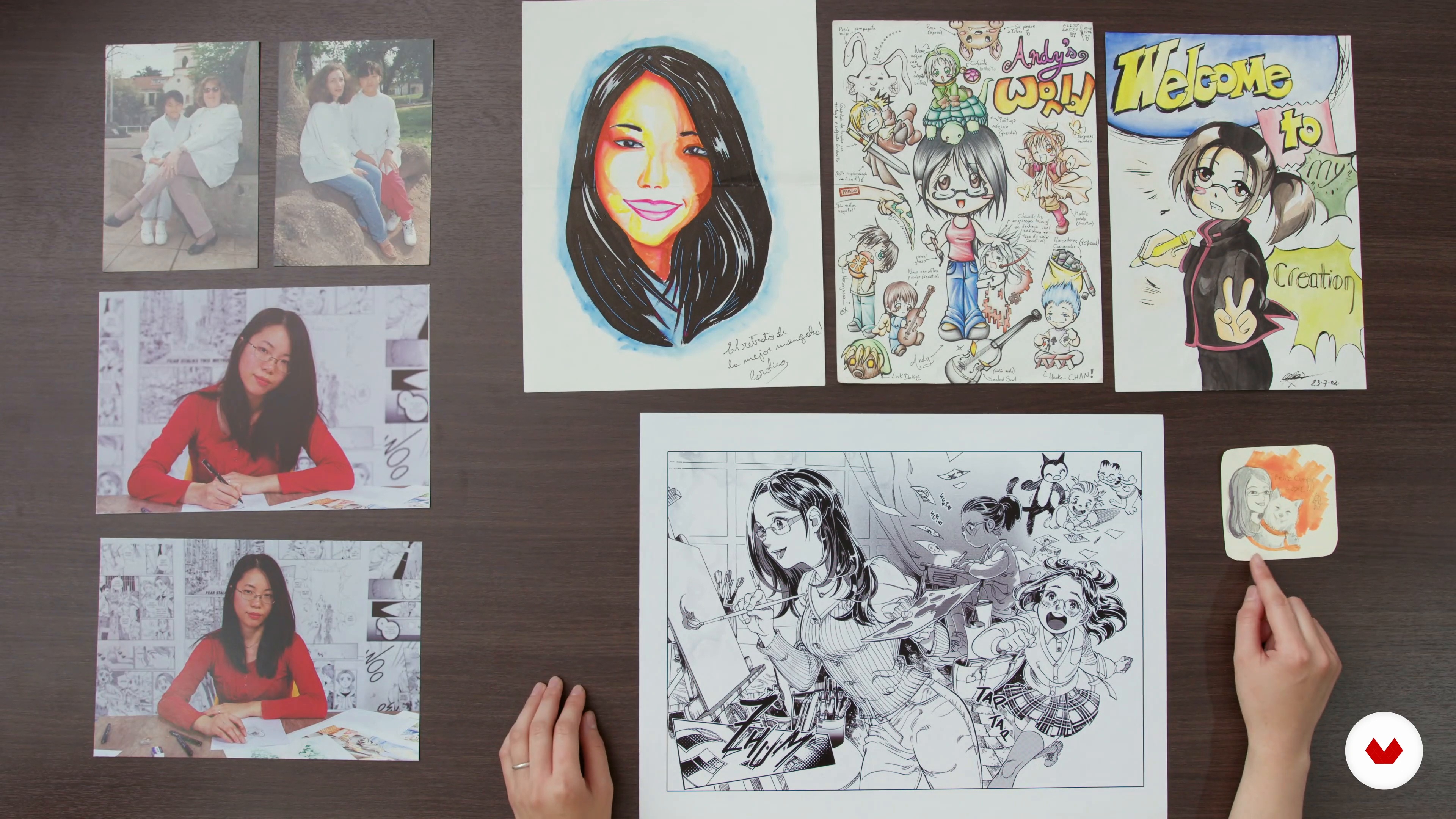
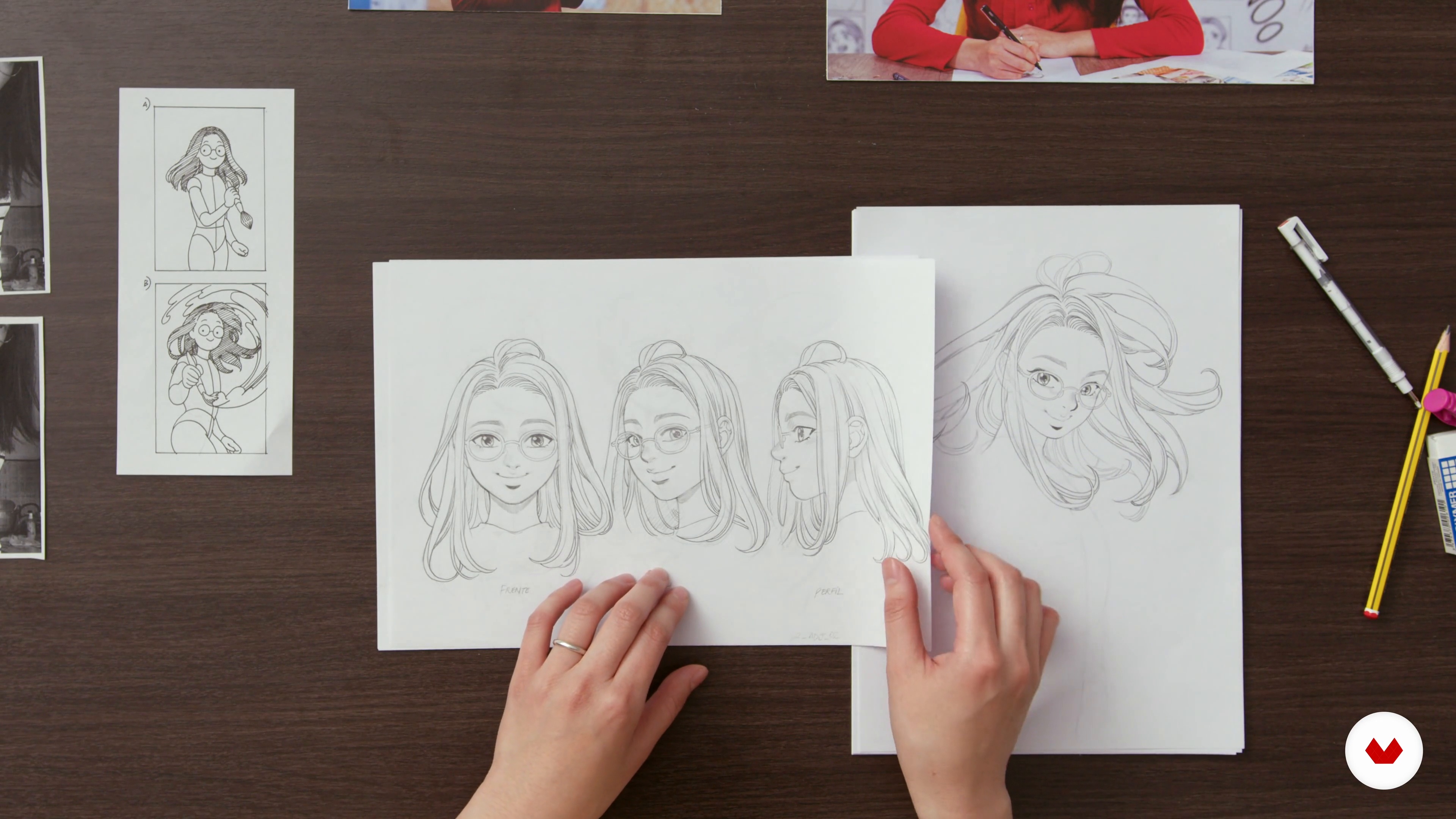
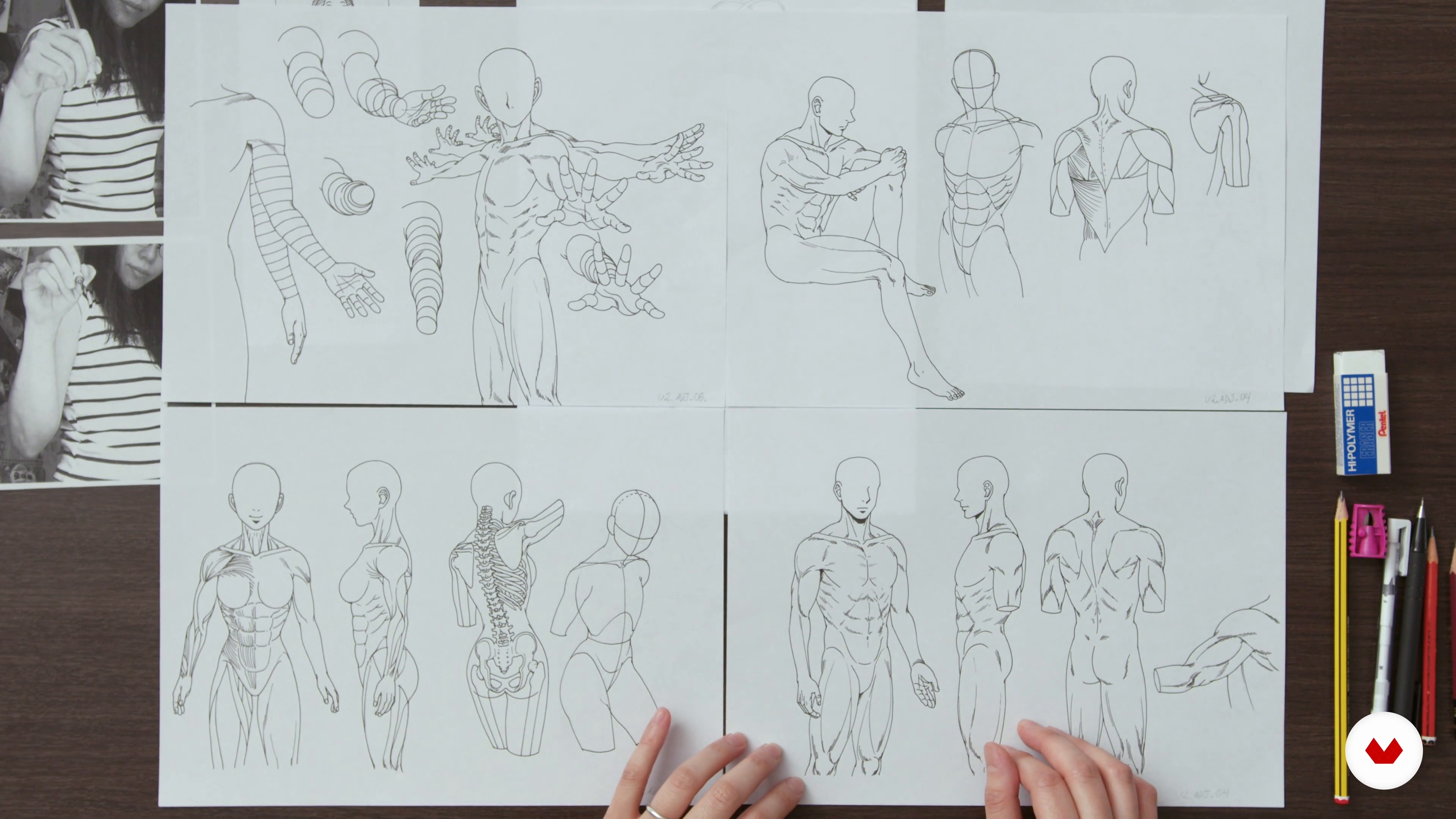
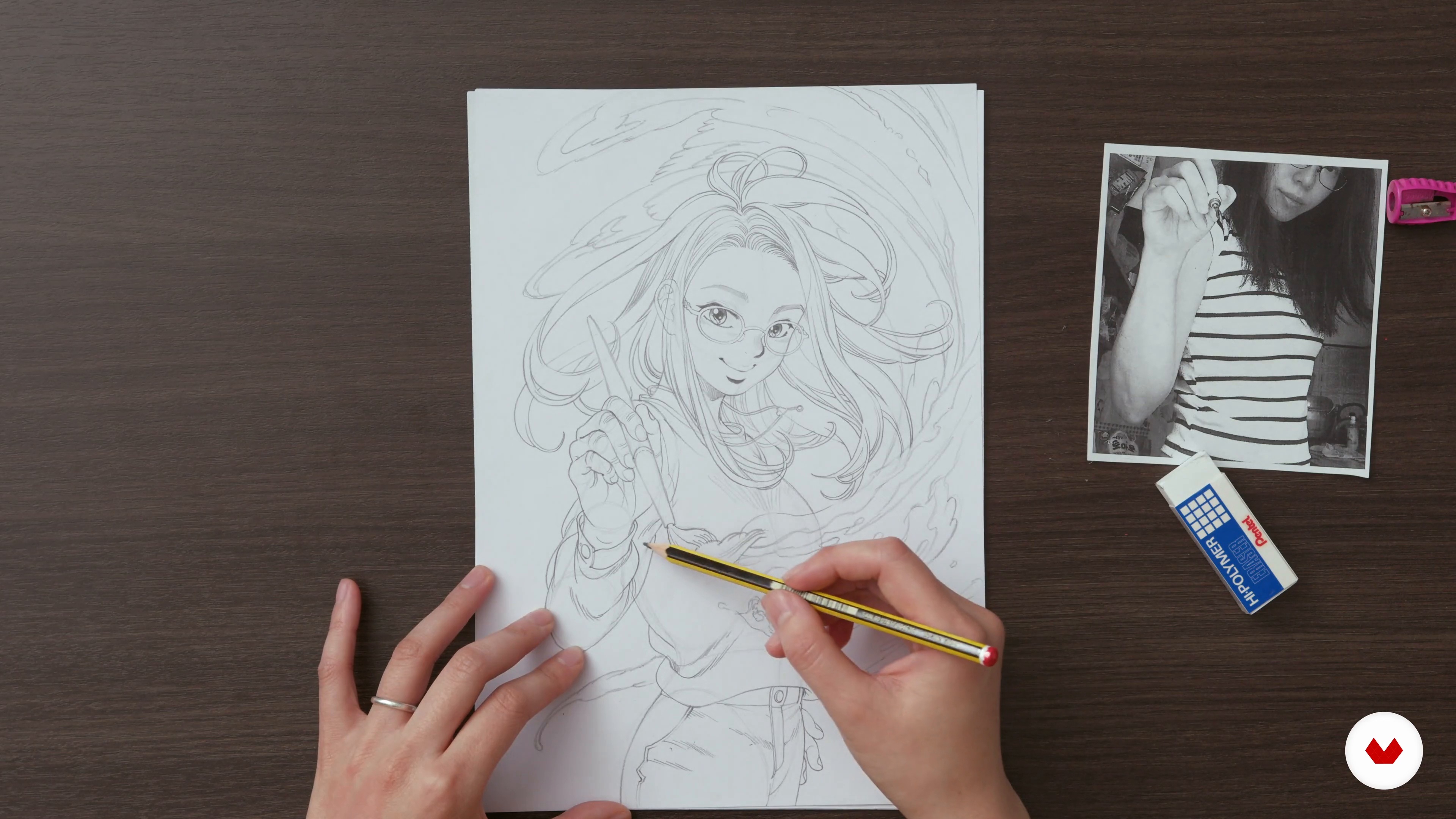

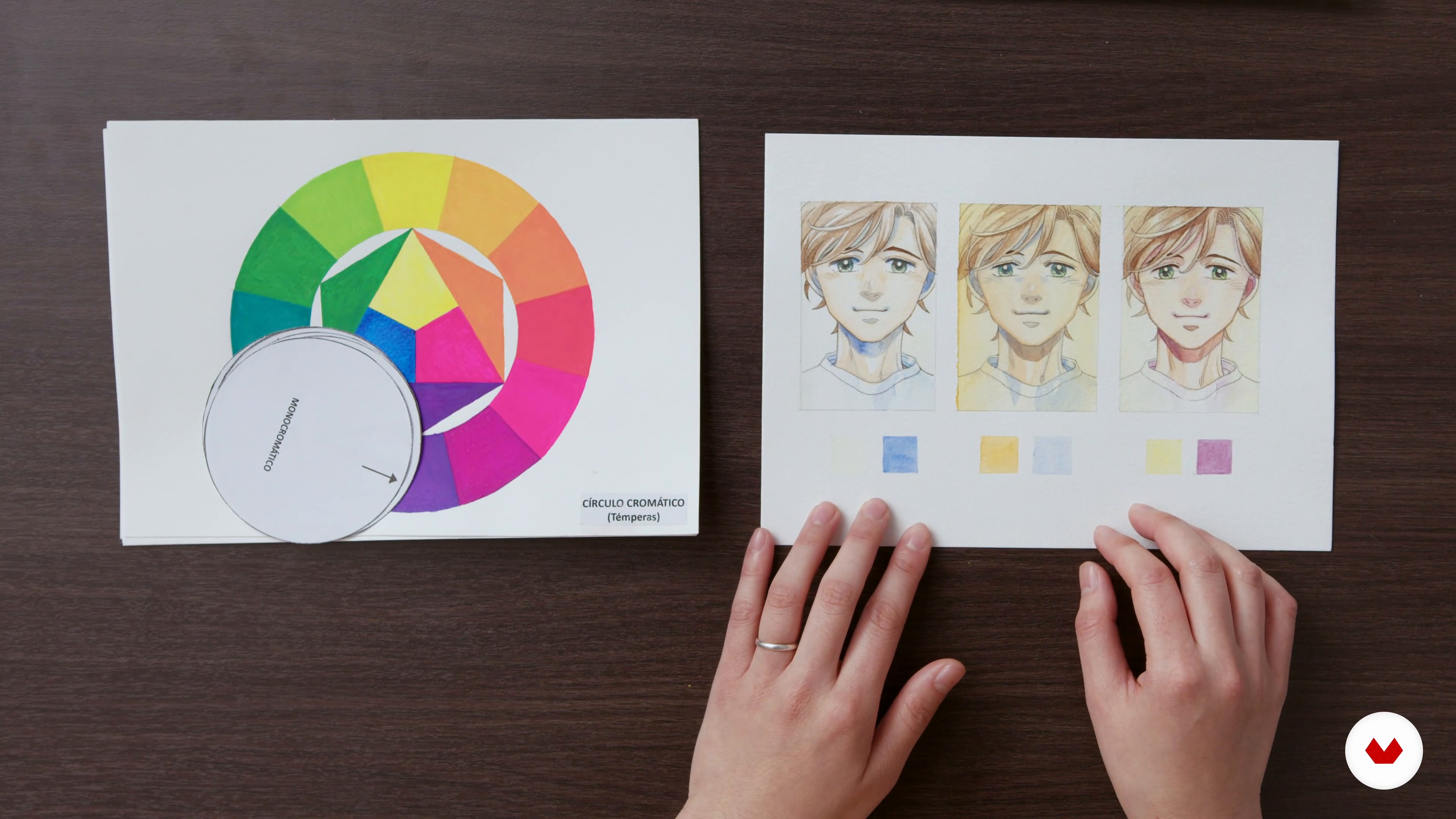
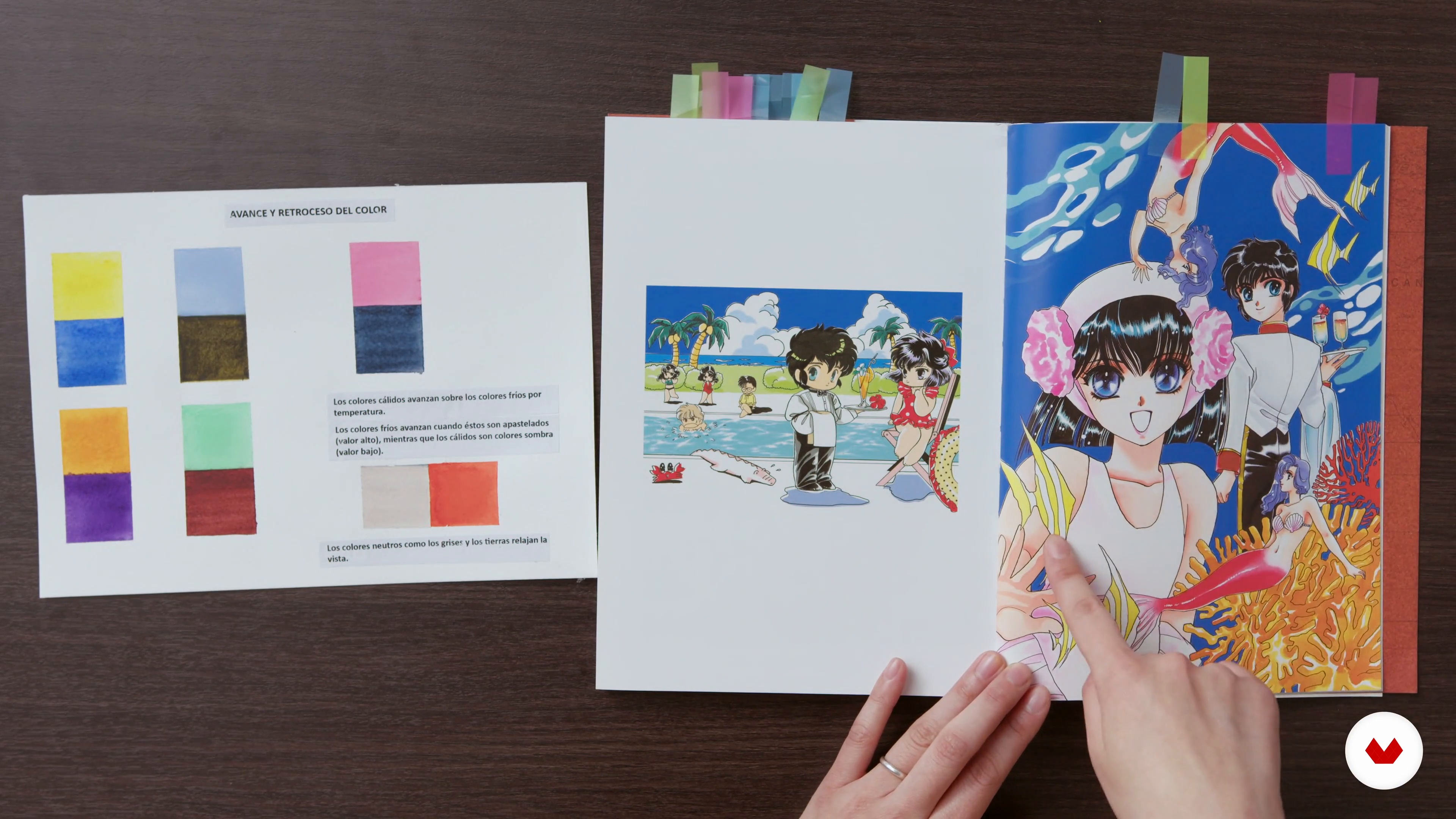
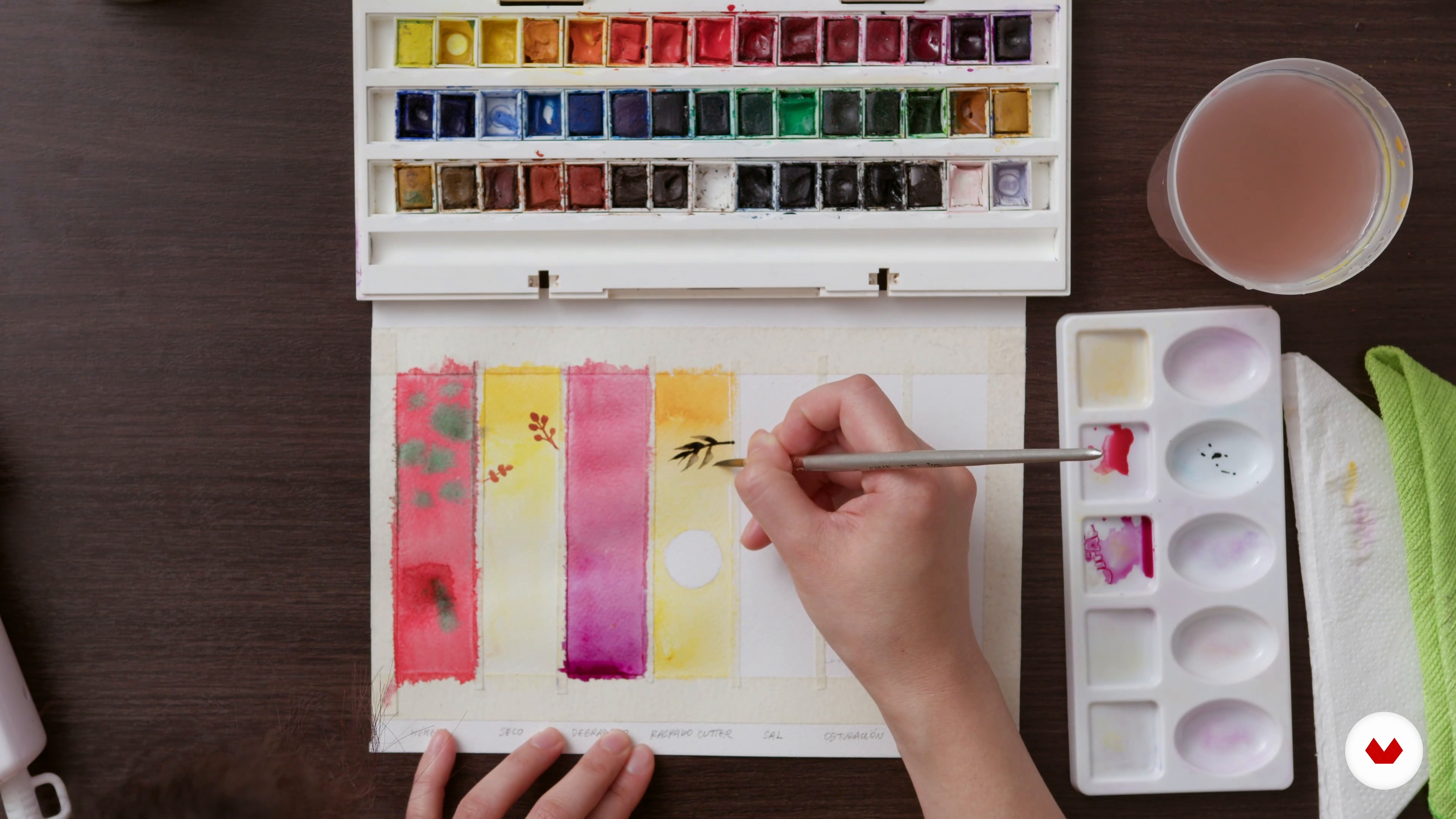
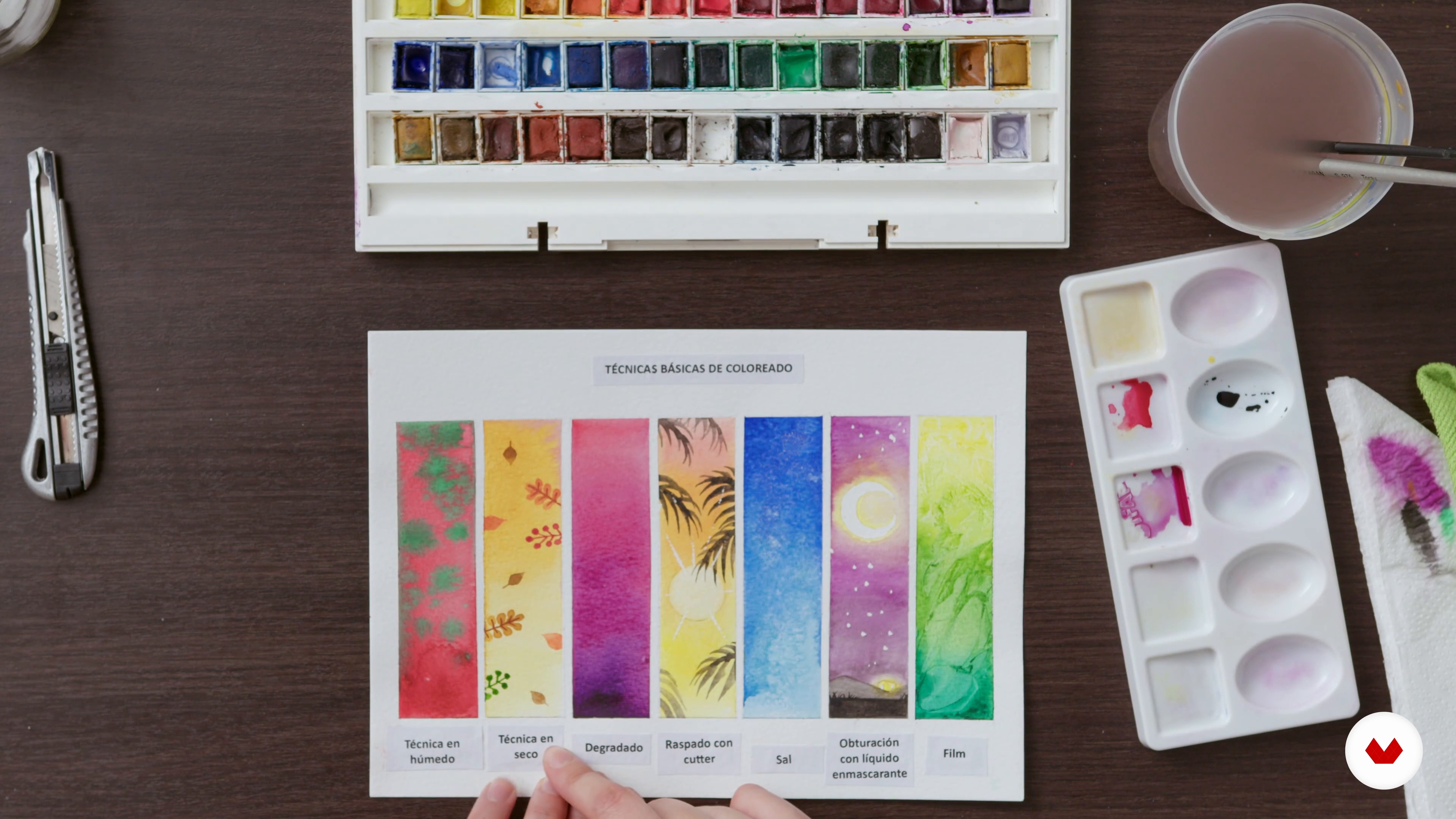
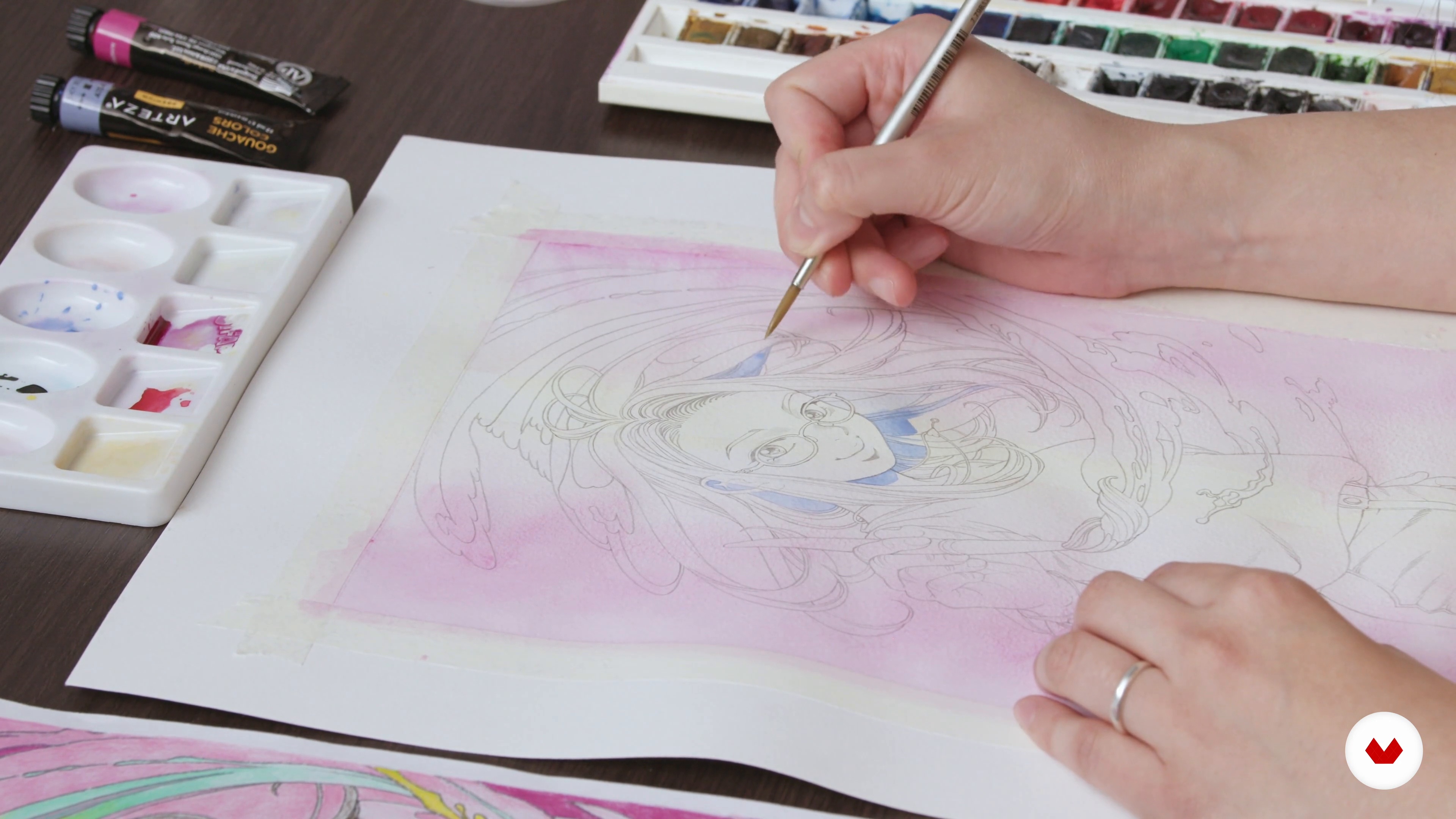
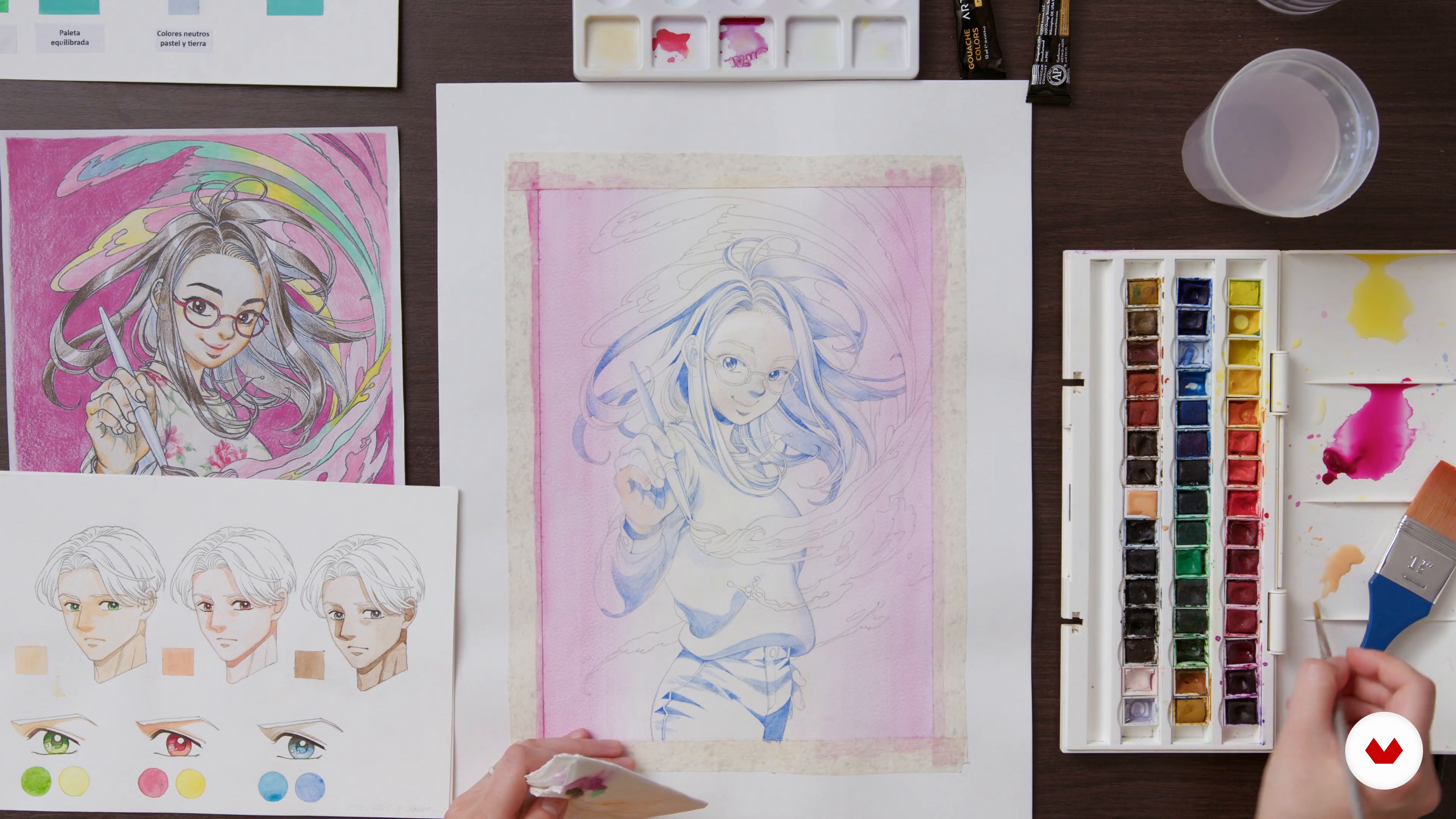
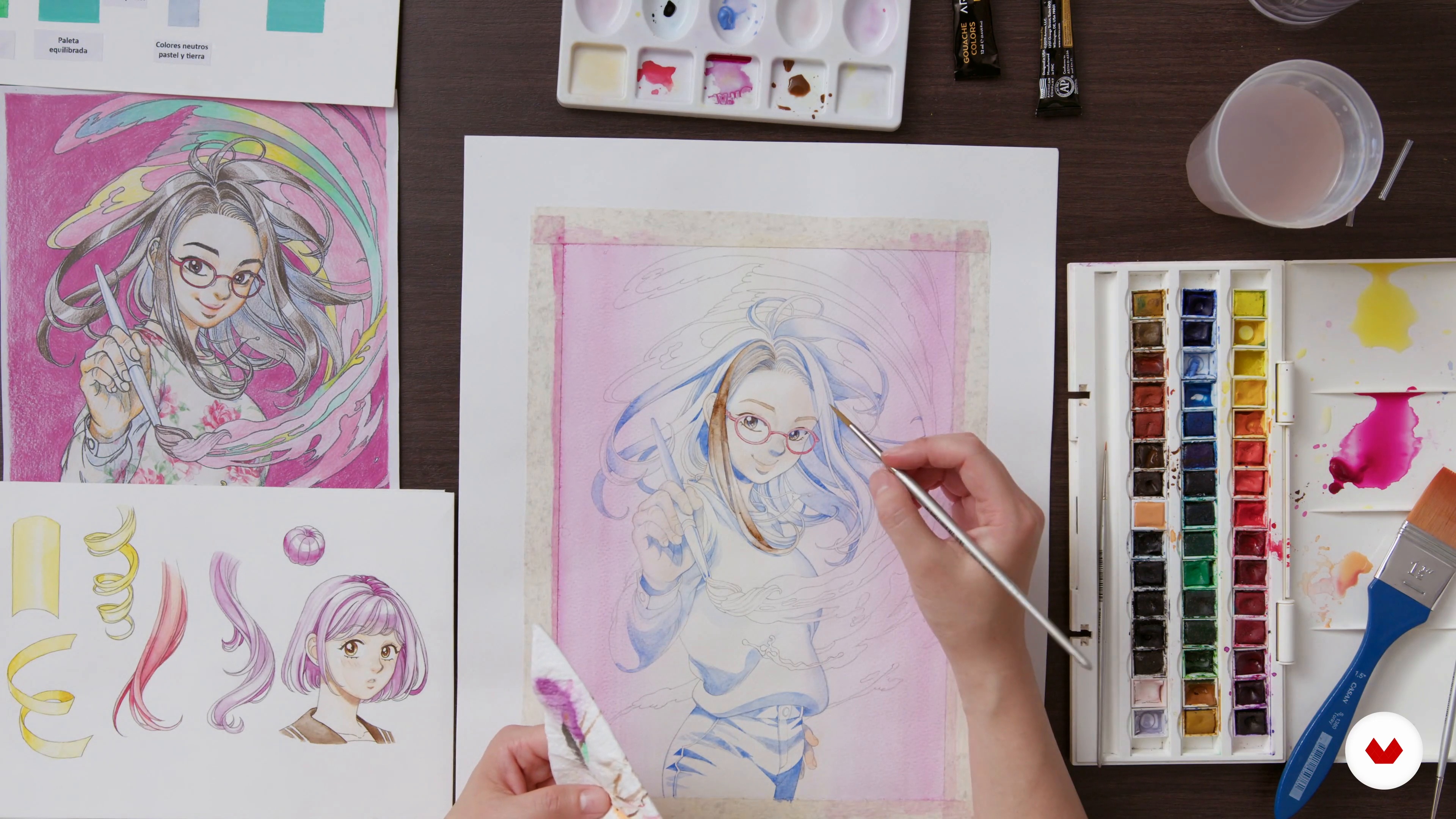
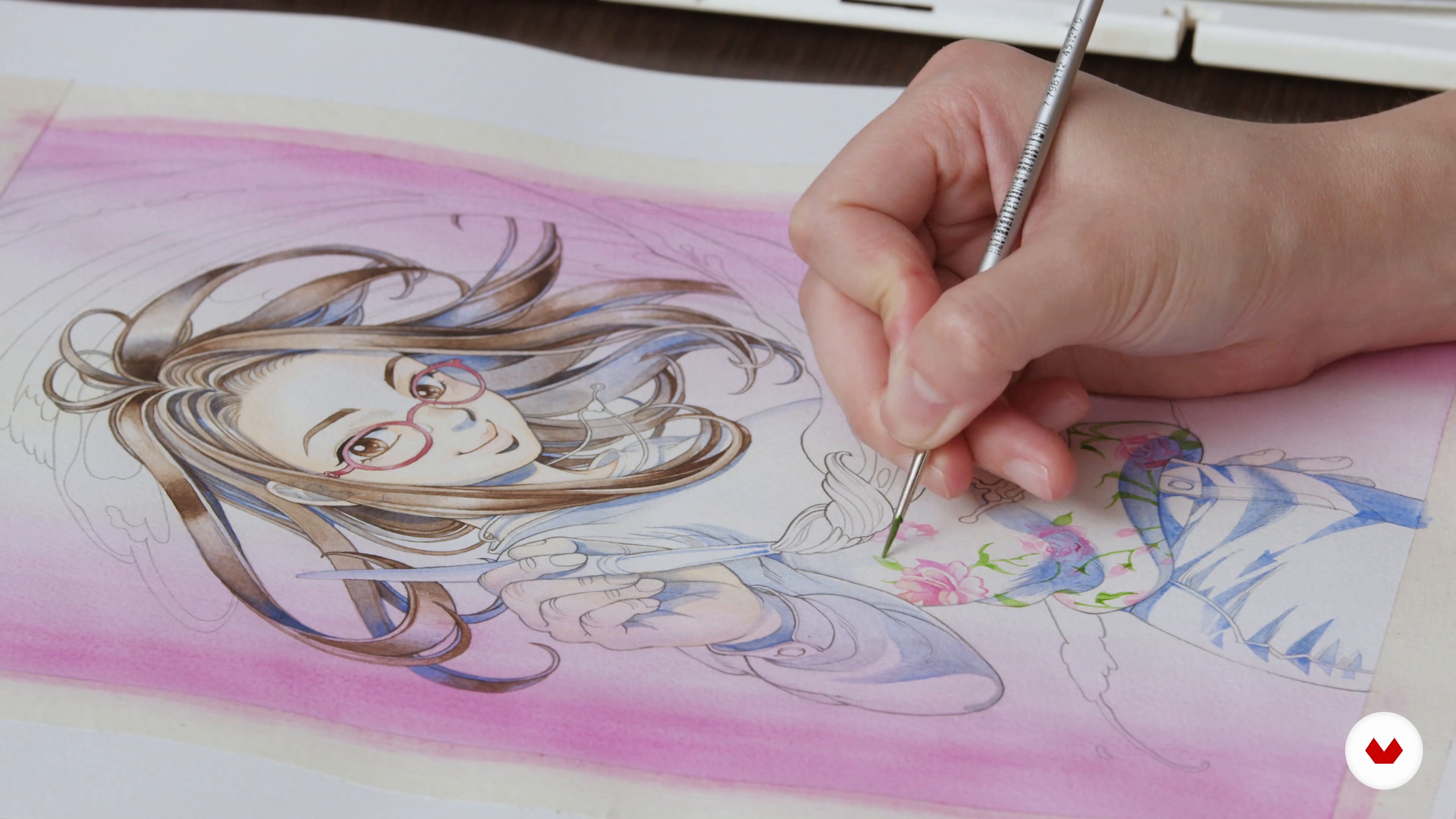
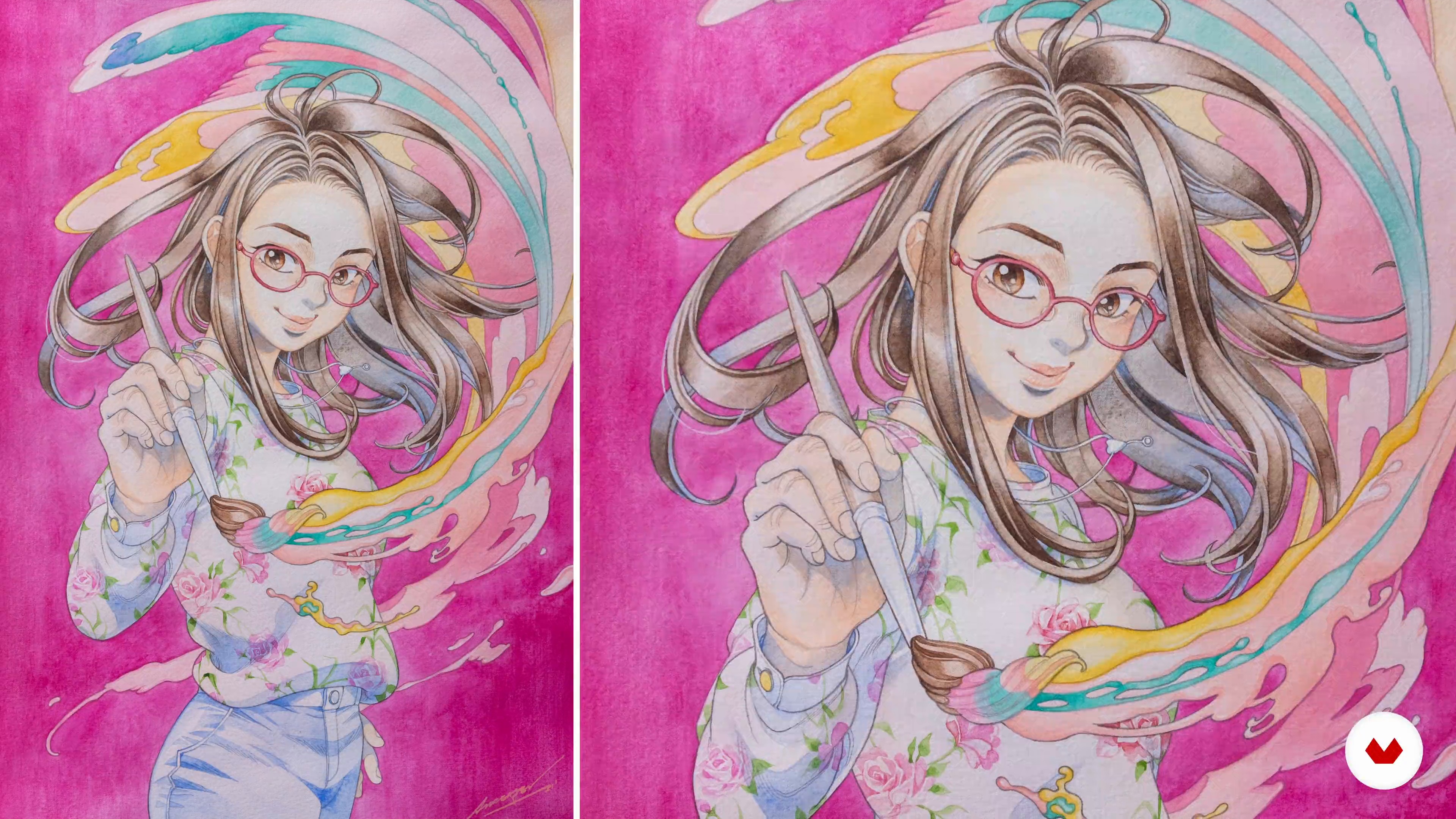
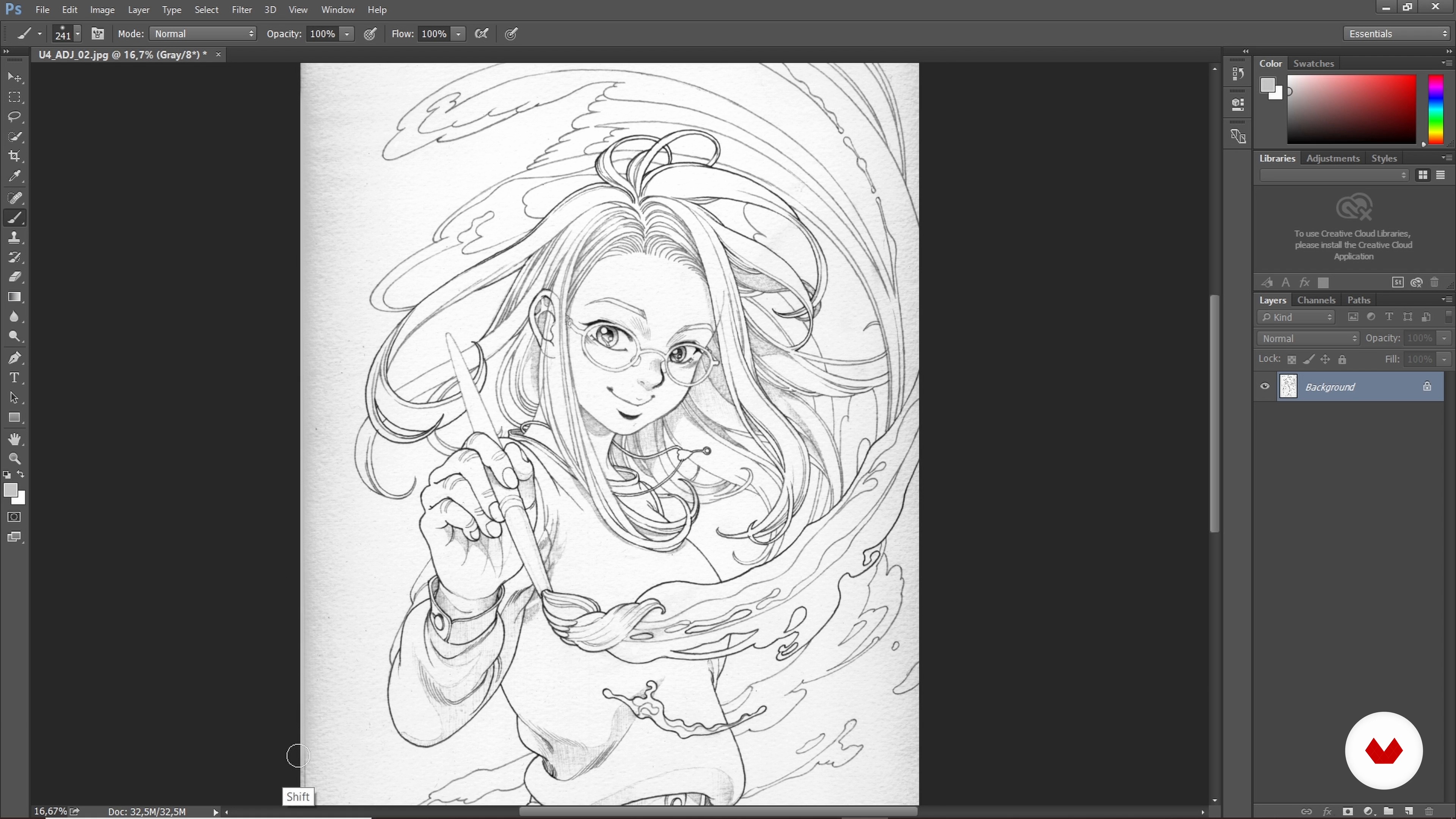

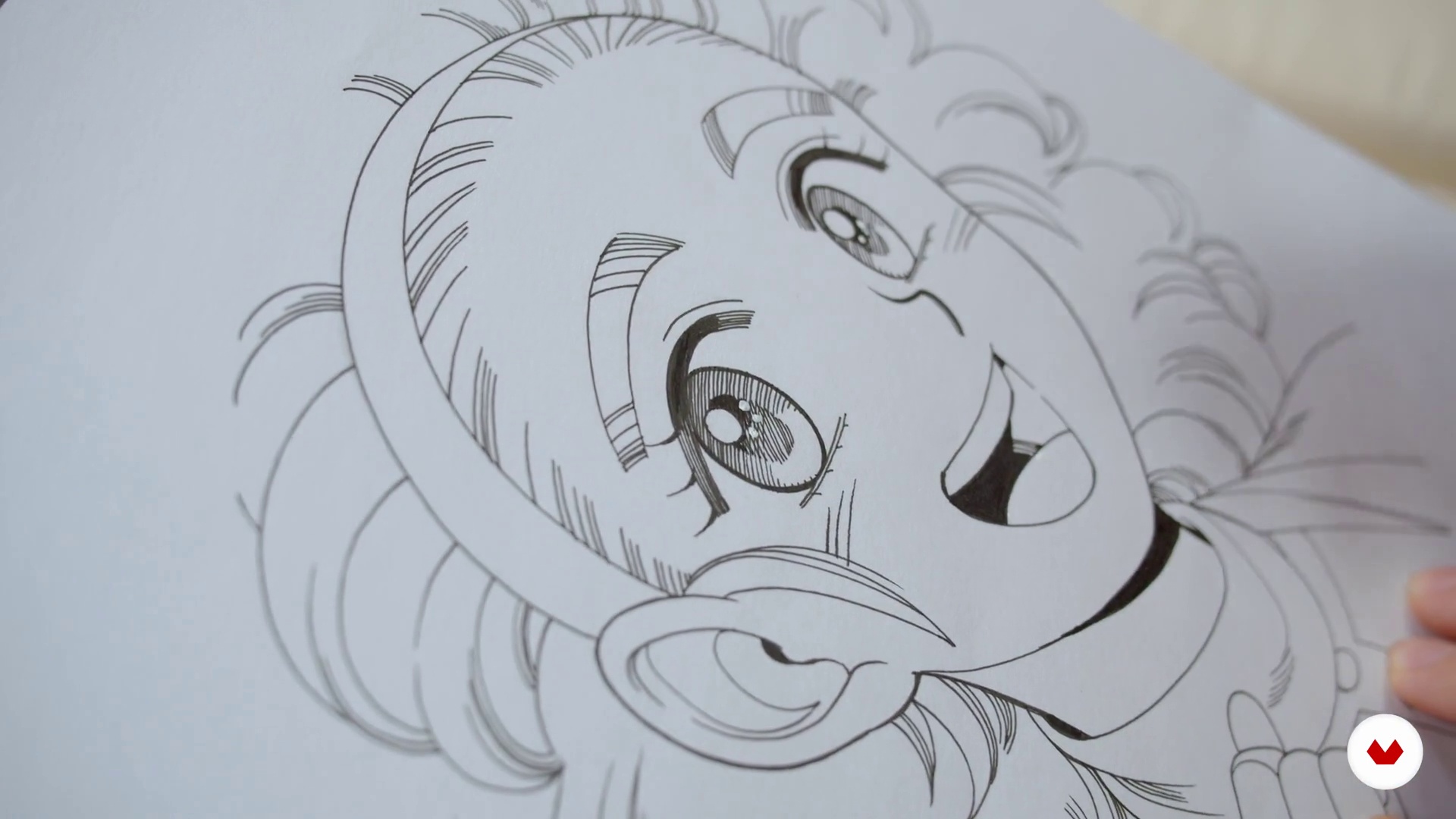

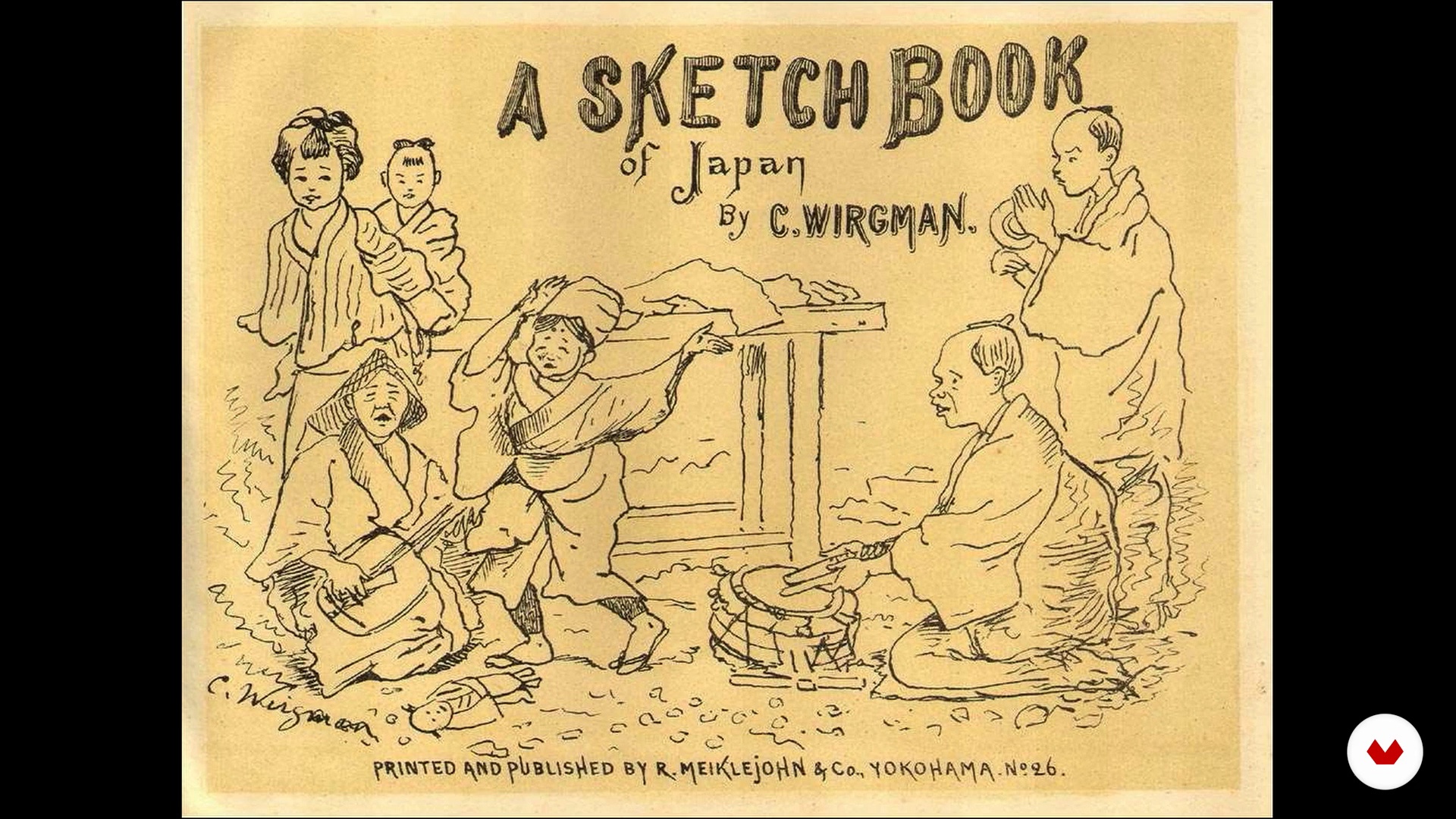

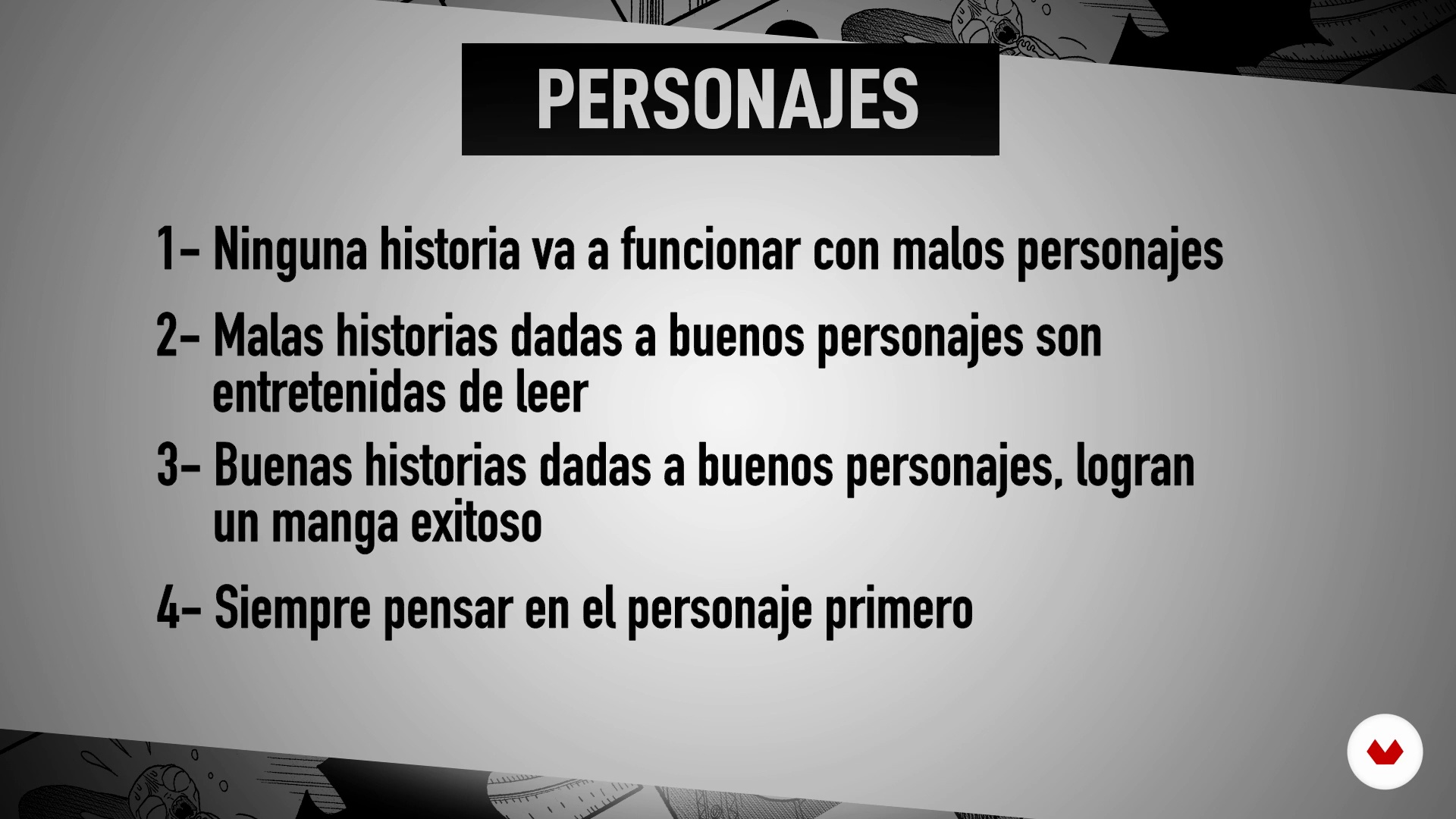
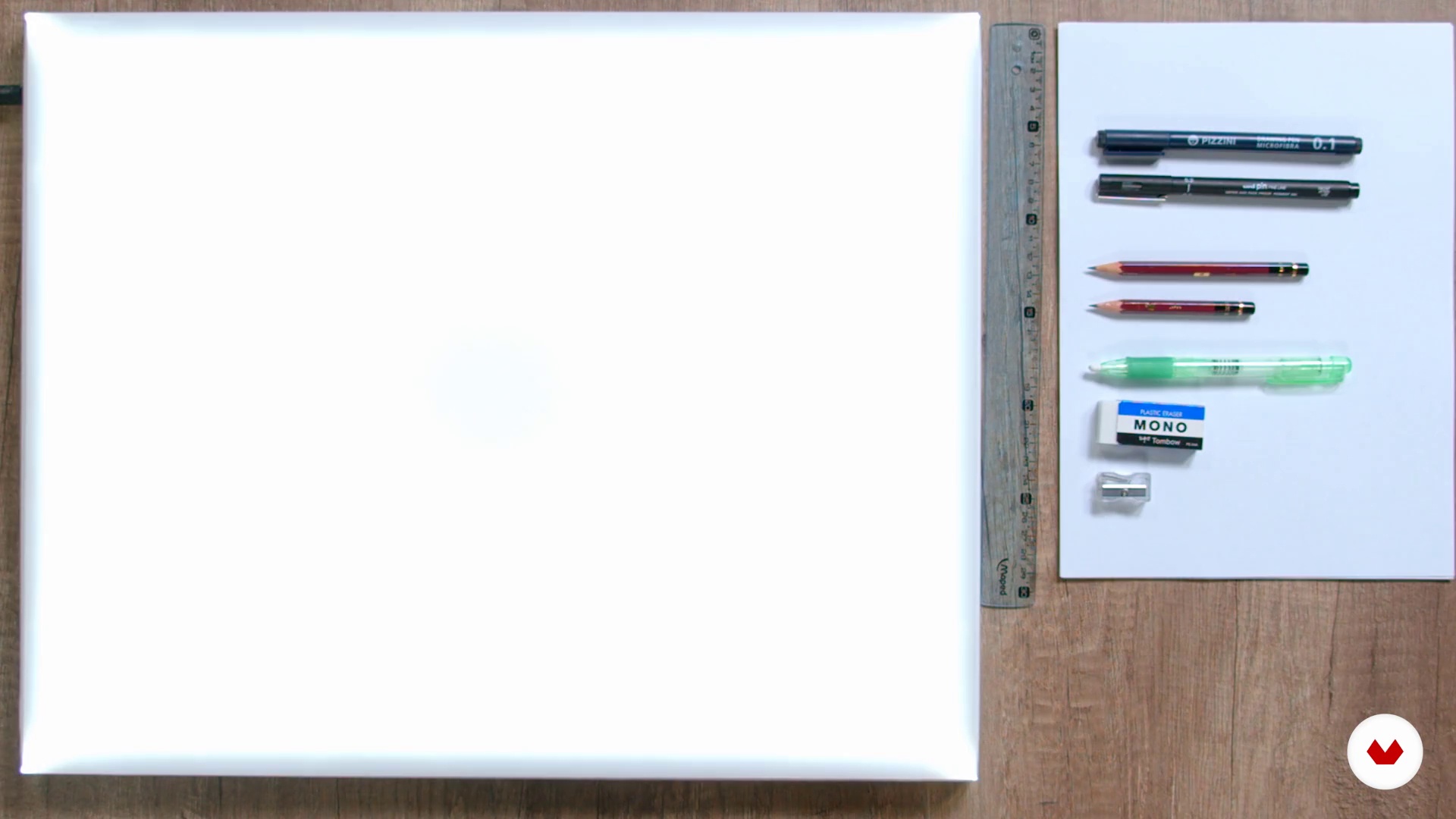
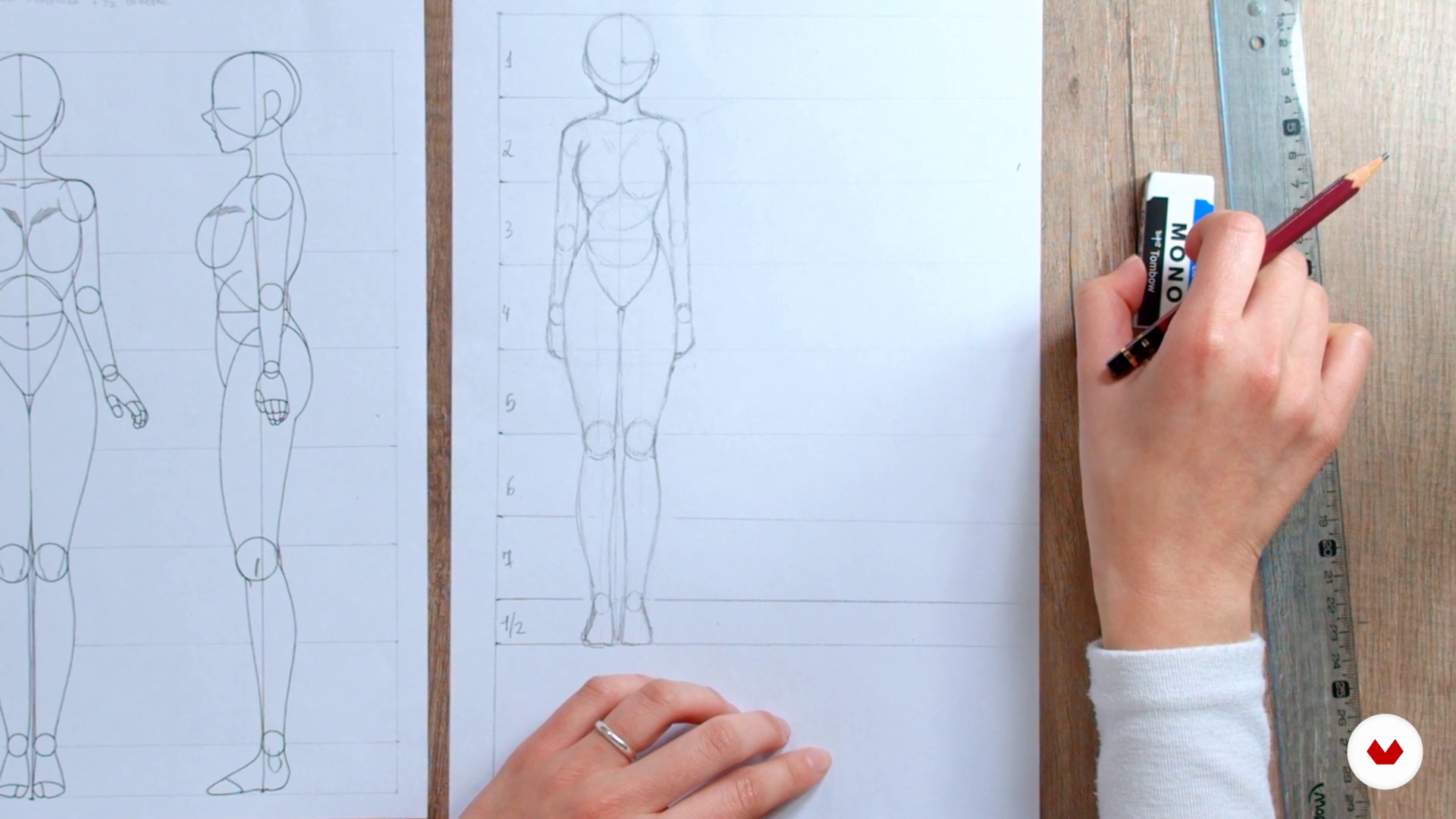
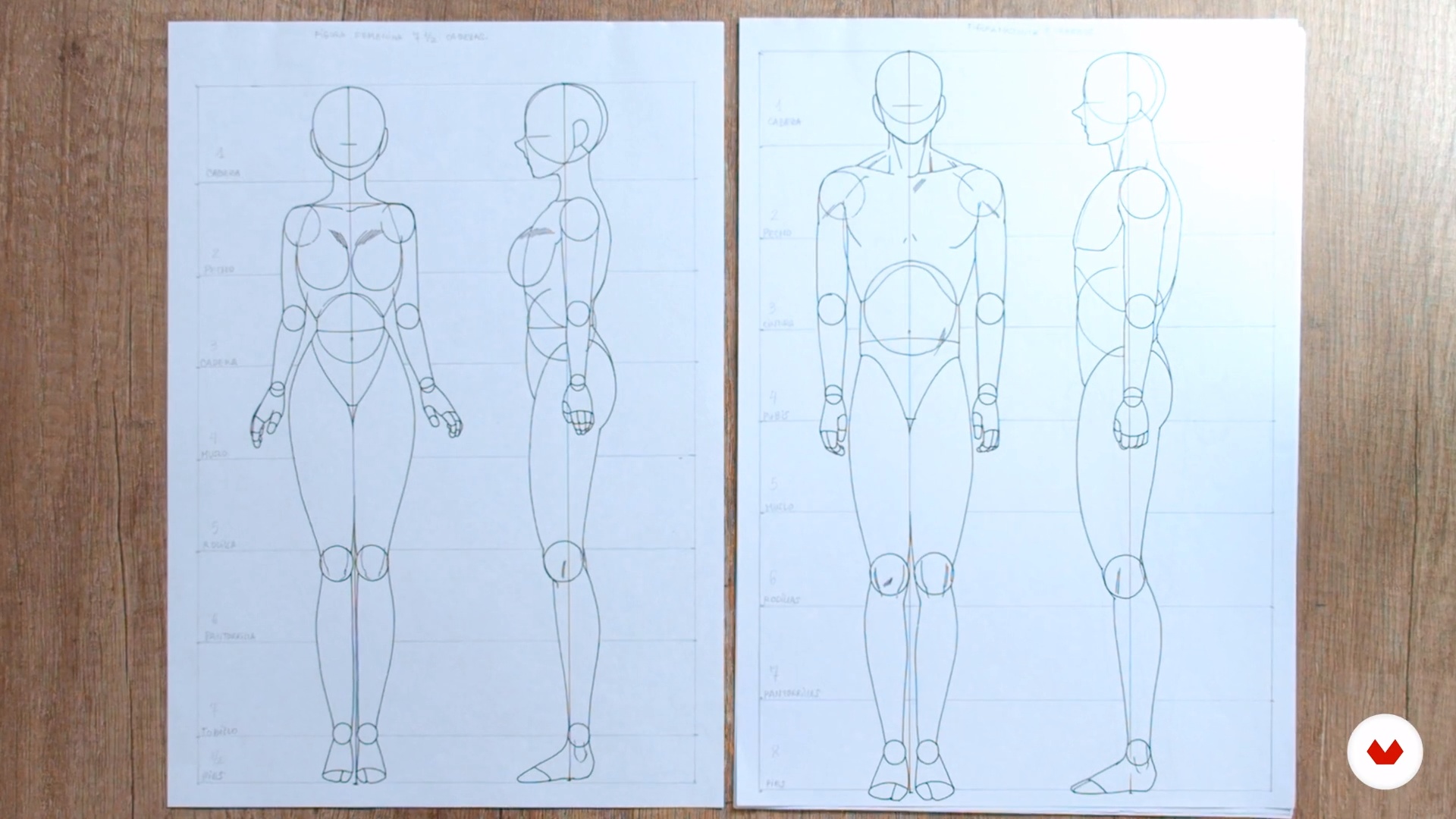
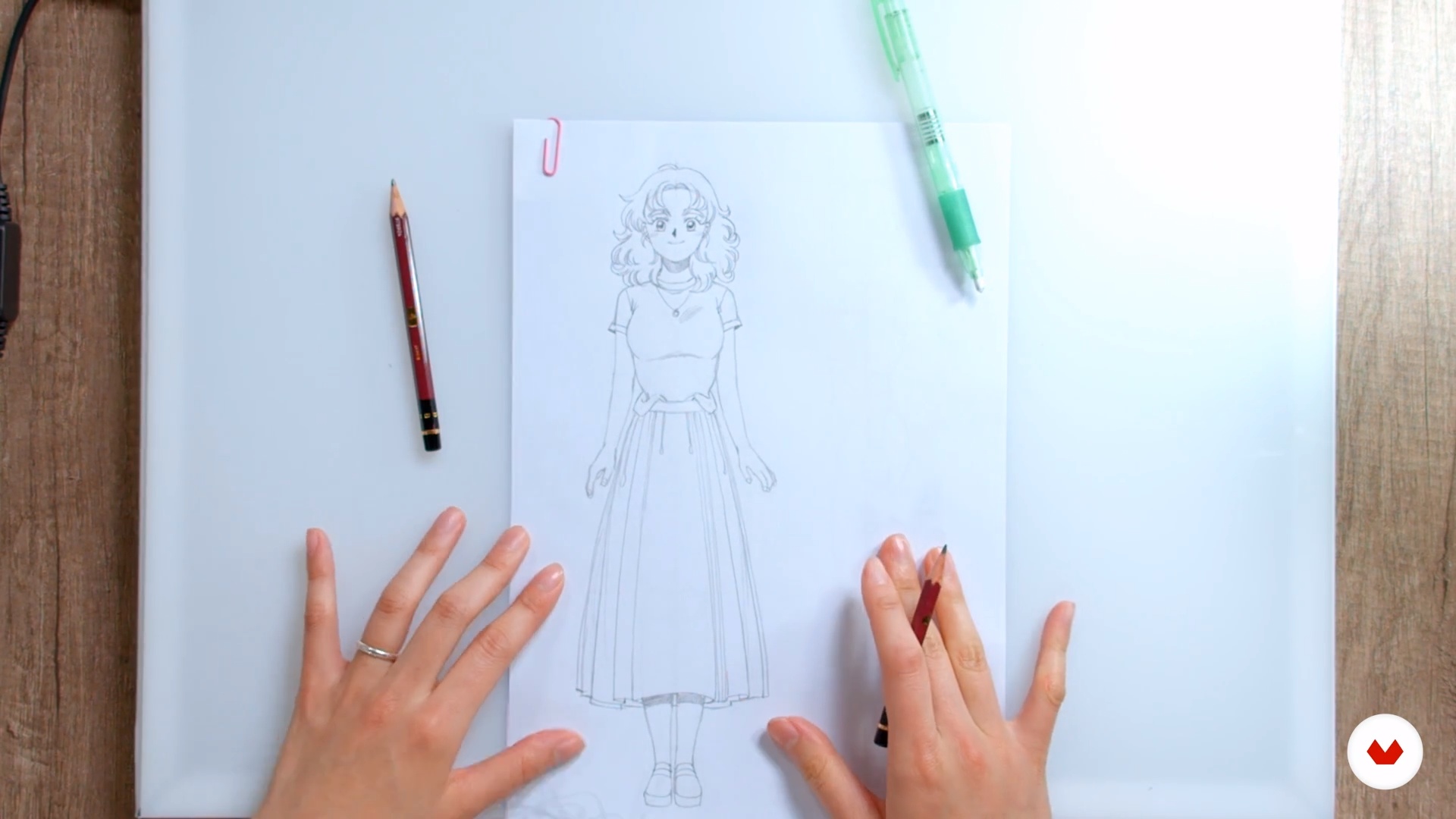
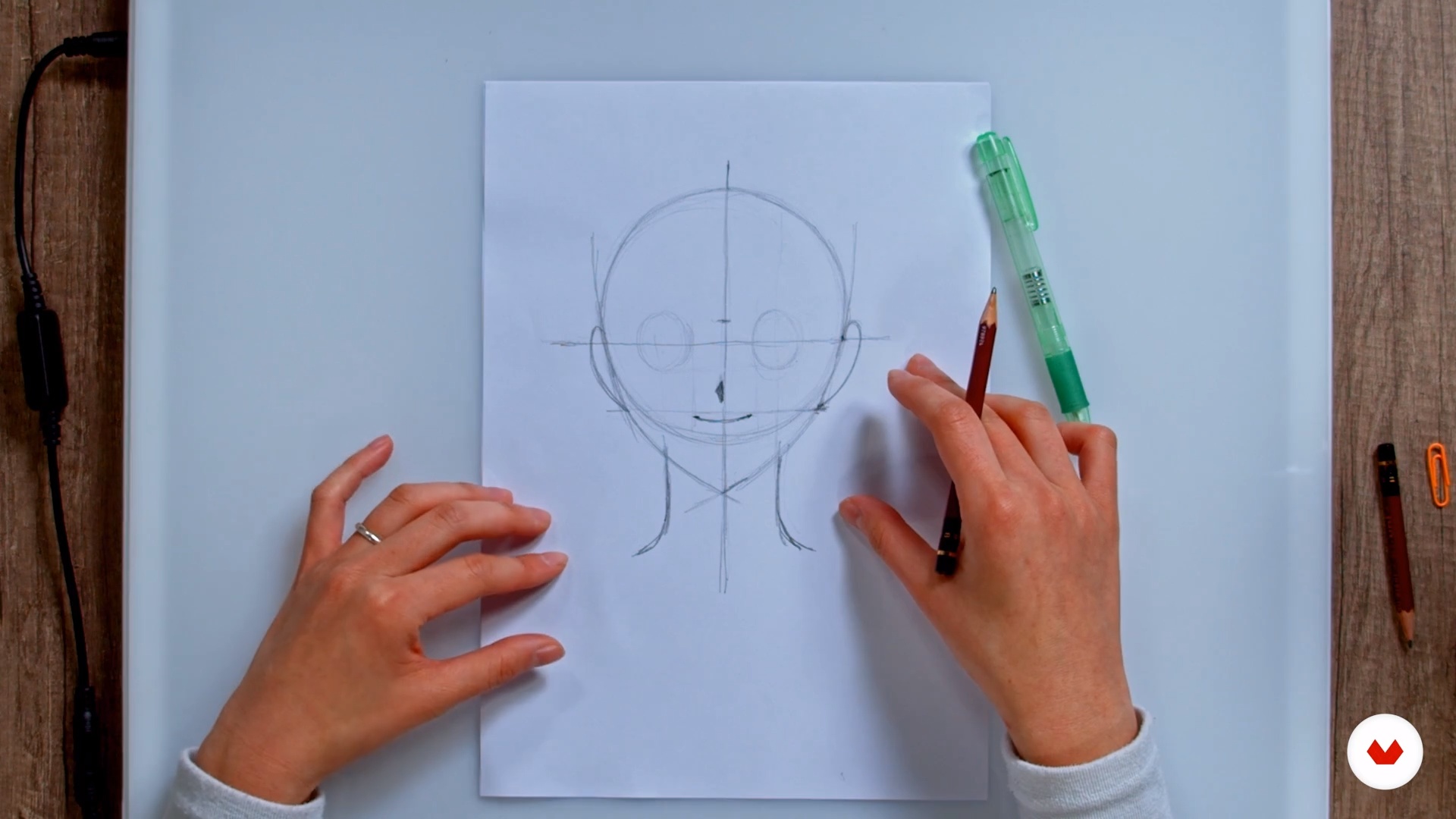
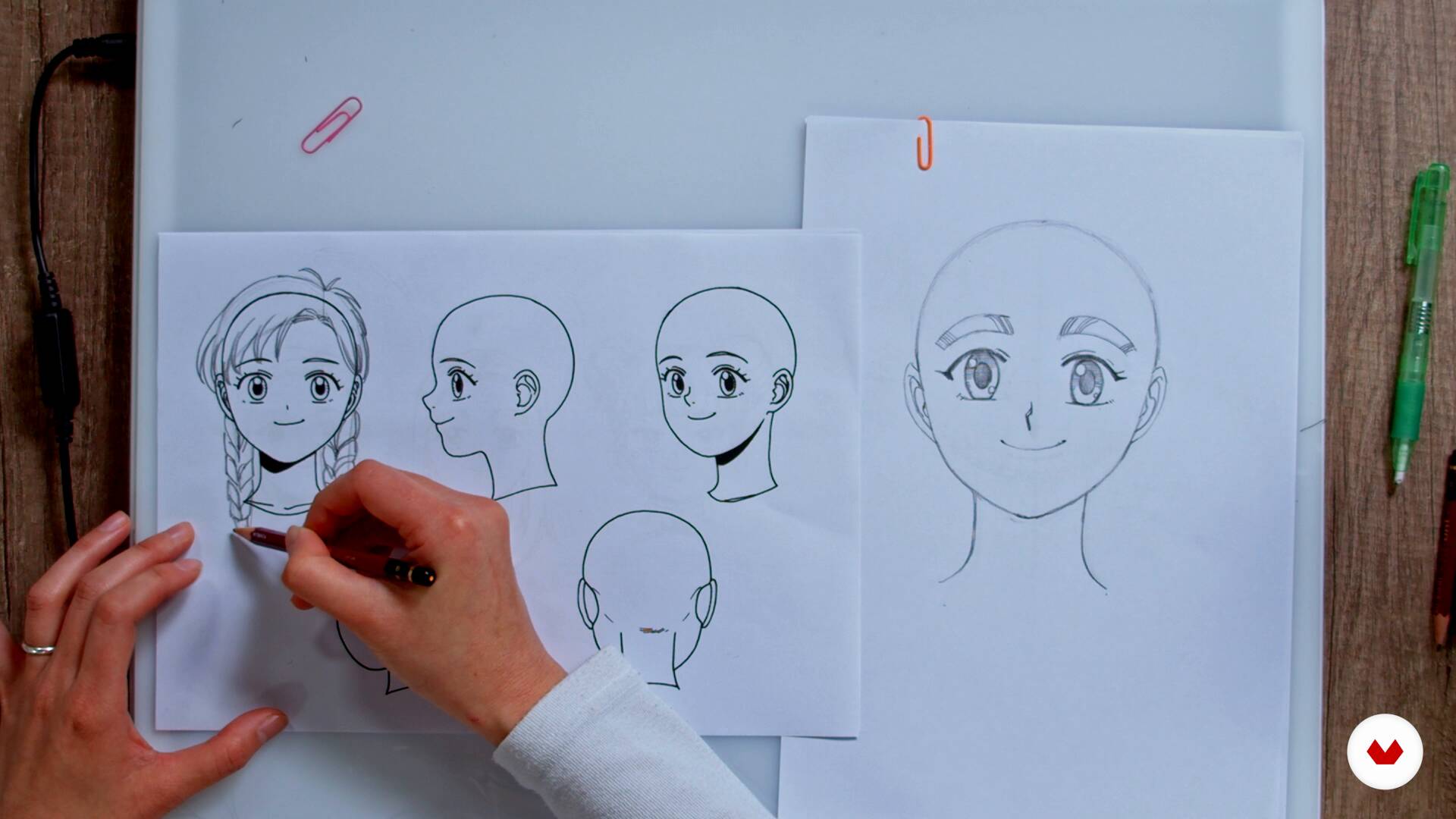
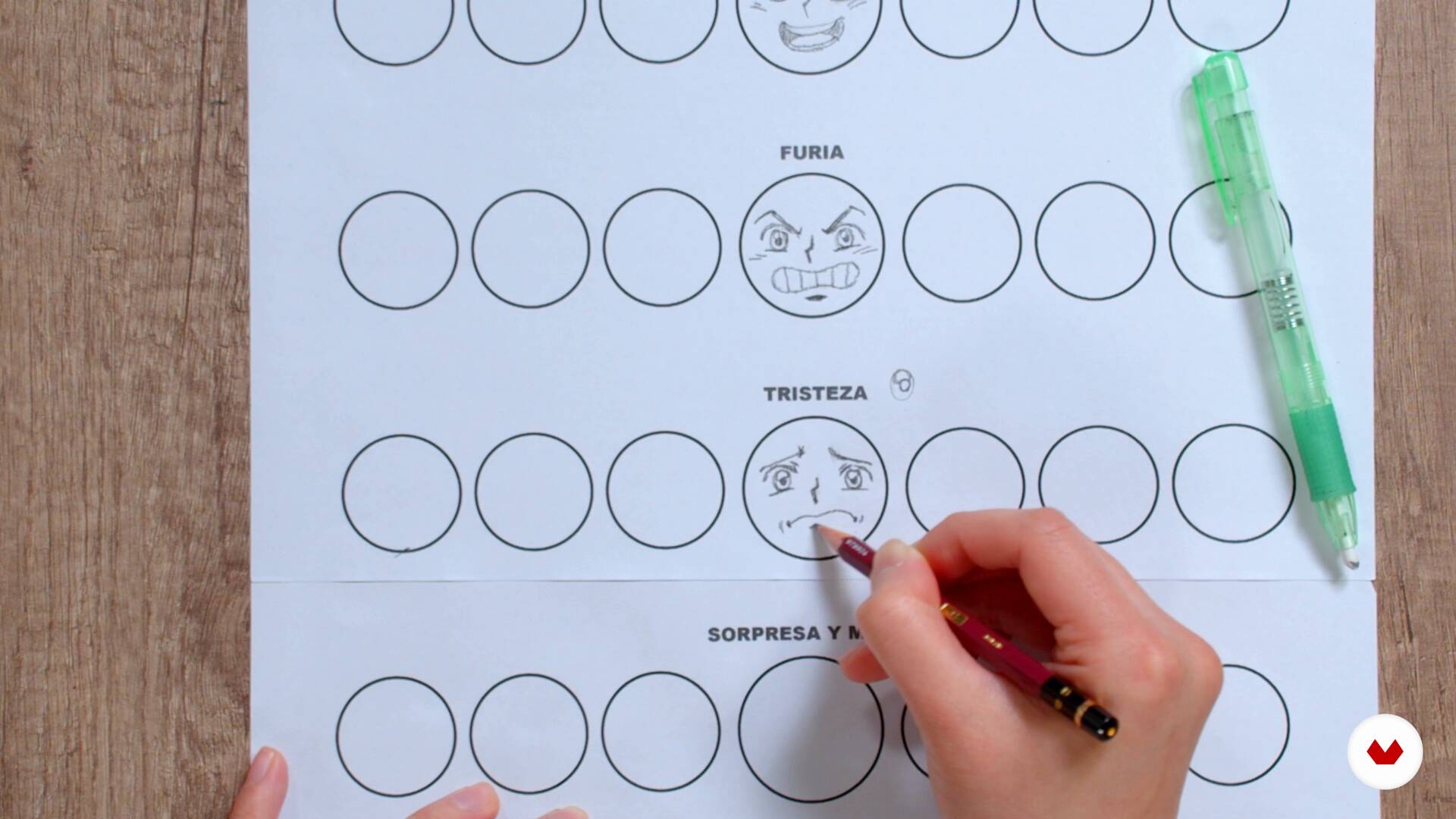
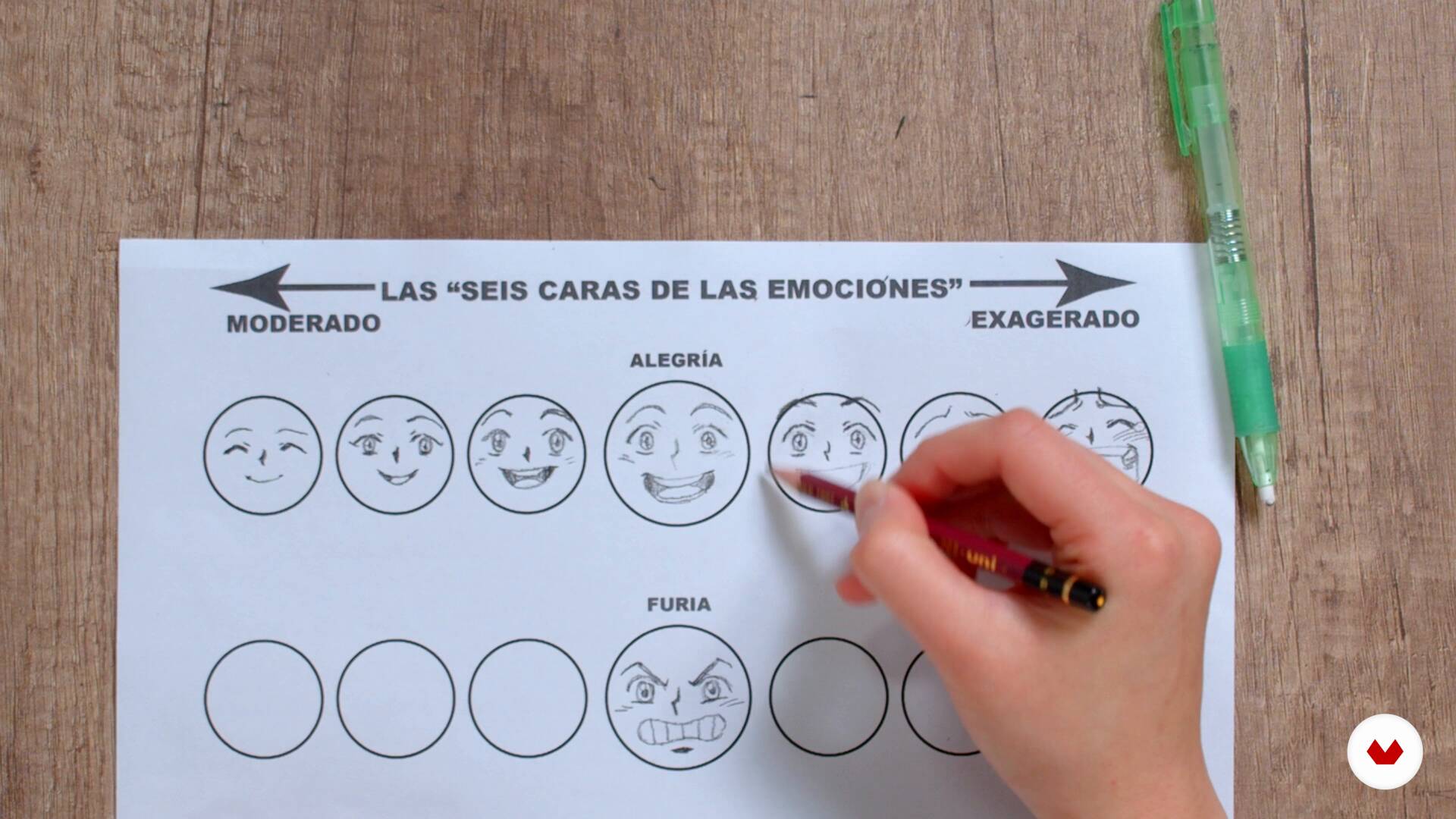
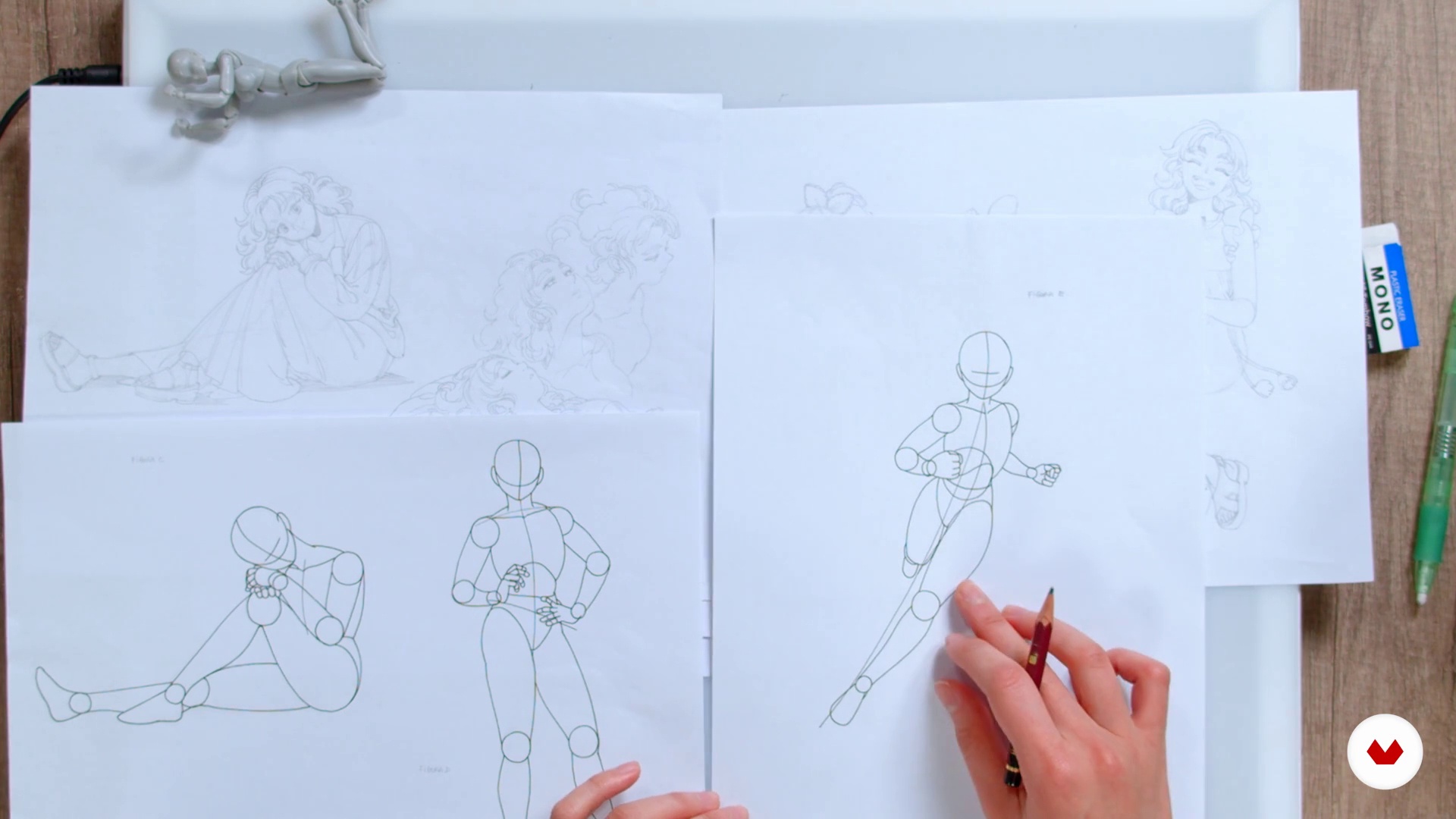
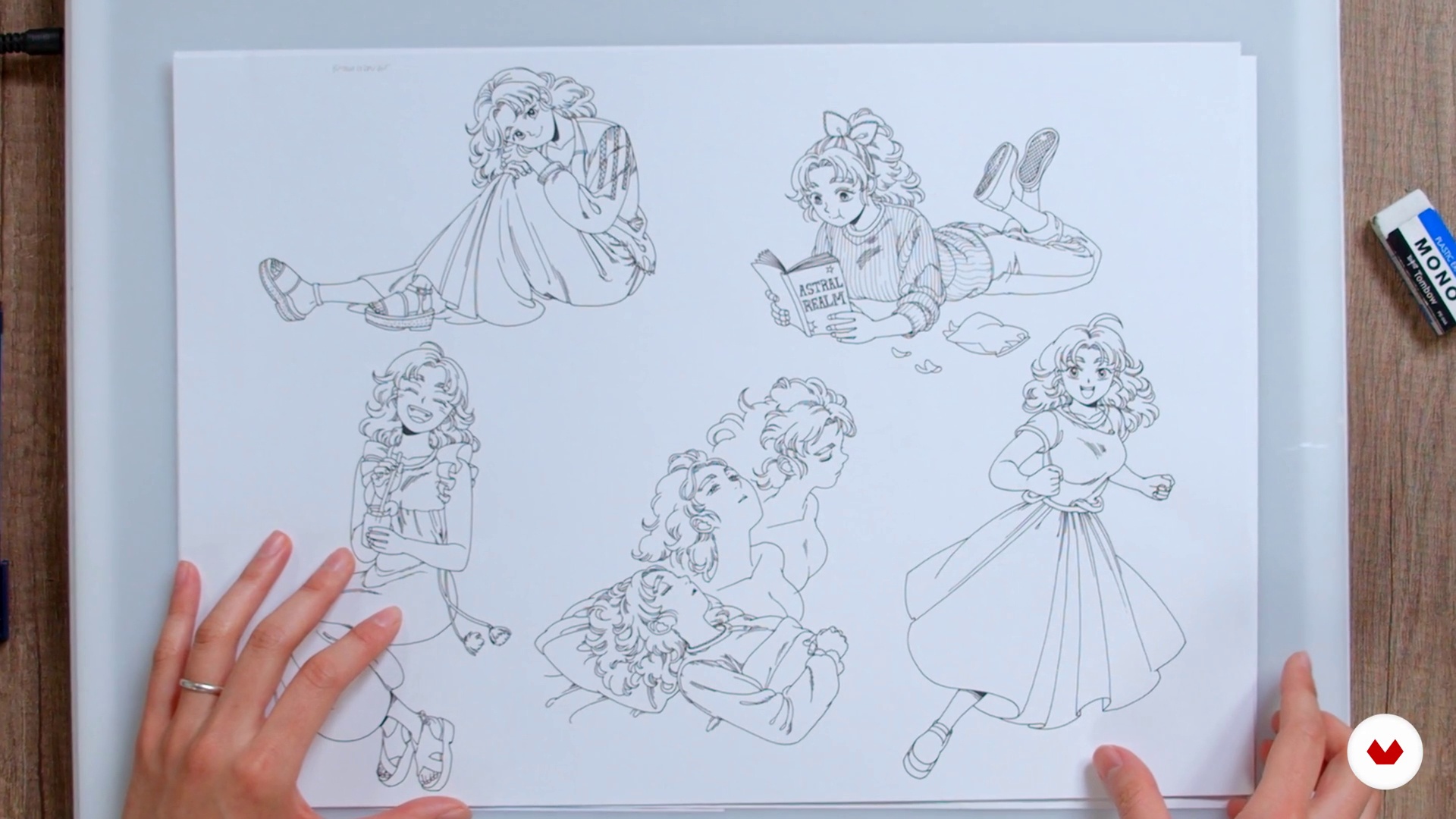
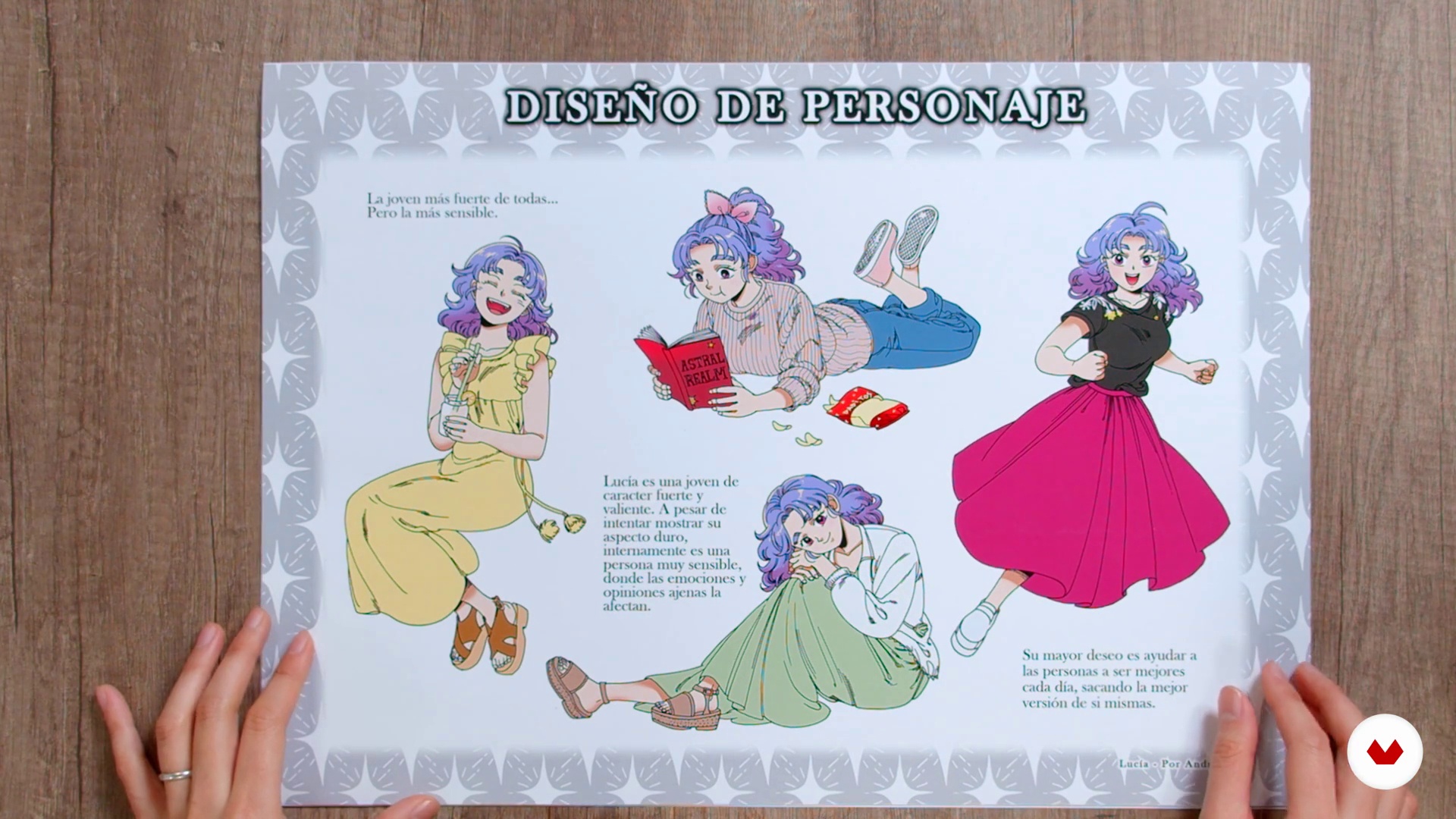
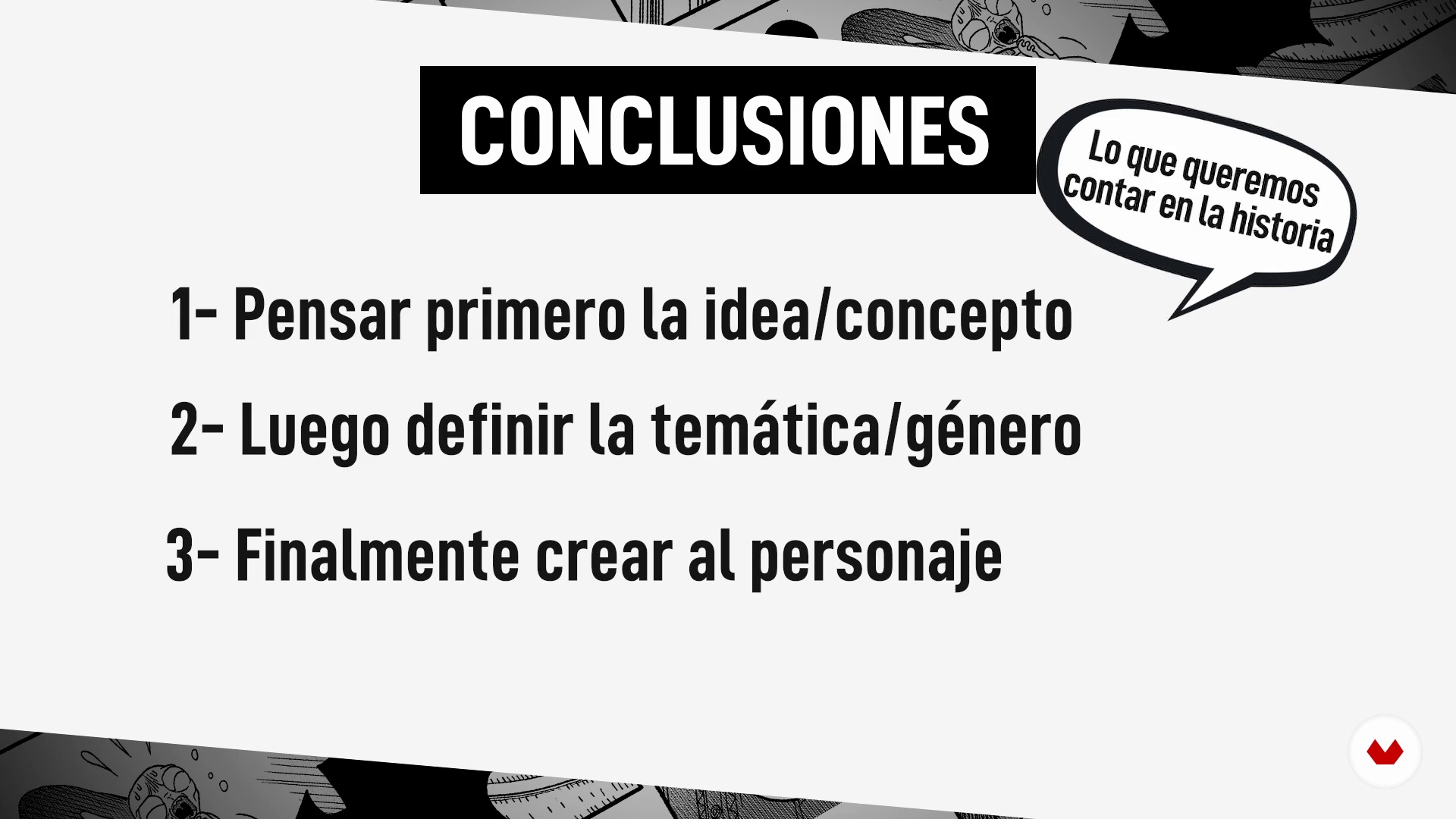
- 100% positive reviews (3)
- 439 students
- 74 lessons (12h 37m)
- 122 additional resources (68 files)
- Online and at your own pace
- Audio: Spanish, English
- Spanish · English · Portuguese · German · French · Italian · Polish · Dutch · Turkish
- Level: Beginner
- Unlimited access forever
What is this course's project?
Design a complete manga character with model sheets, multiple views, and diverse expressions, laying the groundwork for future visual narratives. Learn to conceptualize and create original characters with distinctive personalities, mastering key elements such as anatomy and proportions.
Who is this specialization for?
Ideal for manga-loving artists looking to hone their skills, acquire advanced techniques, and develop complete projects. Graphic designers, illustrators, and creatives interested in exploring the art of manga will find inspiration and tools to create unique works.
Requirements and materials
No extensive prior knowledge is required; just an interest in manga and a willingness to learn. It's recommended to have access to basic materials such as pencils, paper, and watercolors, as well as a device with digital illustration software for advanced practice.

Reviews
What to expect from this specialization course
-
Learn at your own pace
Enjoy learning from home without a set schedule and with an easy-to-follow method. You set your own pace.
-
Learn from the best professionals
Learn valuable methods and techniques explained by top experts in the creative sector.
-
Meet expert teachers
Each expert teaches what they do best, with clear guidelines, true passion, and professional insight in every lesson.
-
Certificates
PlusIf you're a Plus member, get a custom certificate for every specialization course. Share it on your portfolio, social media, or wherever you like.
-
Get front-row seats
Videos of the highest quality, so you don't miss a single detail. With unlimited access, you can watch them as many times as you need to perfect your technique.
-
Share knowledge and ideas
Ask questions, request feedback, or offer solutions. Share your learning experience with other students in the community who are as passionate about creativity as you are.
-
Connect with a global creative community
The community is home to millions of people from around the world who are curious and passionate about exploring and expressing their creativity.
-
Watch professionally produced courses
Domestika curates its teacher roster and produces every course in-house to ensure a high-quality online learning experience.
FAQs
What are Domestika's online courses?
Domestika courses are online classes that allow you to learn new skills and create incredible projects. All our courses include the opportunity to share your work with other students and/or teachers, creating an active learning community. We offer different formats:
Original Courses: Complete classes that combine videos, texts, and educational materials to complete a specific project from start to finish.
Basics Courses: Specialized training where you master specific software tools step by step.
Specialization Courses: Learning paths with various expert teachers on the same topic, perfect for becoming a specialist by learning from different approaches.
Guided Courses: Practical experiences ideal for directly acquiring specific skills.
Intensive Courses (Deep Dives): New creative processes based on artificial intelligence tools in an accessible format for in-depth and dynamic understanding.
When do the specialization courses start and when do they finish?
All specialization courses are 100% online, so once they're published, specialization courses start and finish whenever you want. You set the pace of the class. You can go back to review what interests you most and skip what you already know, ask questions, answer questions, share your projects, and more.
What do Domestika's specialization courses include?
The specialization courses are divided into different modules. Each one includes lessons, informational text, tasks, and practice exercises to help you carry out your project step by step, with additional complementary resources and downloads. You'll also have access to an exclusive forum where you can interact with other students, as well as share your work and your final project, creating a community around the specialization courses.
Have you been given a specialization courses?
You can redeem the specialization courses you received by accessing the redeeming page and entering your gift code.





Es una parte introductoria bastente interesante con buenos referente de artistas.
muy buen curso
Excelente eleccion de profesores para el curso